
On July 4th, Nevada Expeditions and I took advantage of the long weekend and headed to the Ely area. We camped outside Garnett Hill and spent three days exploring ghost towns and following the Pony Express route.
We visited 21 ghost towns, abandoned ranches, and Pony Express Stations in White Pine County.
Tami’s Travels: Full articles to follow
Below are brief descriptions of each site we visited.
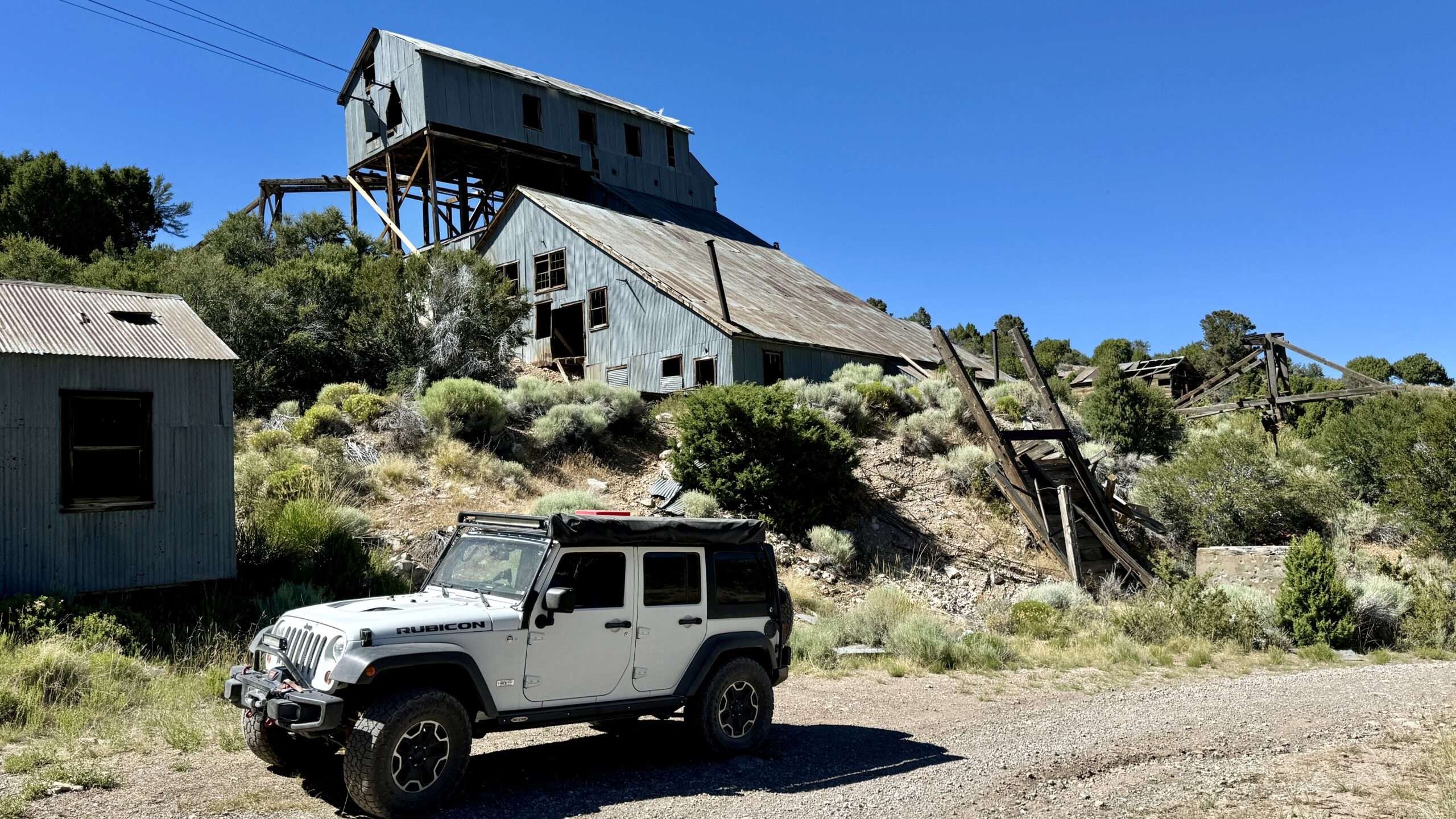
On the way to Ely, we took a detour to Belmont Mill and mine and surrounding areas, which I visited in 2022 with Stan Paher. Learn more about our Hamilton area explorations.
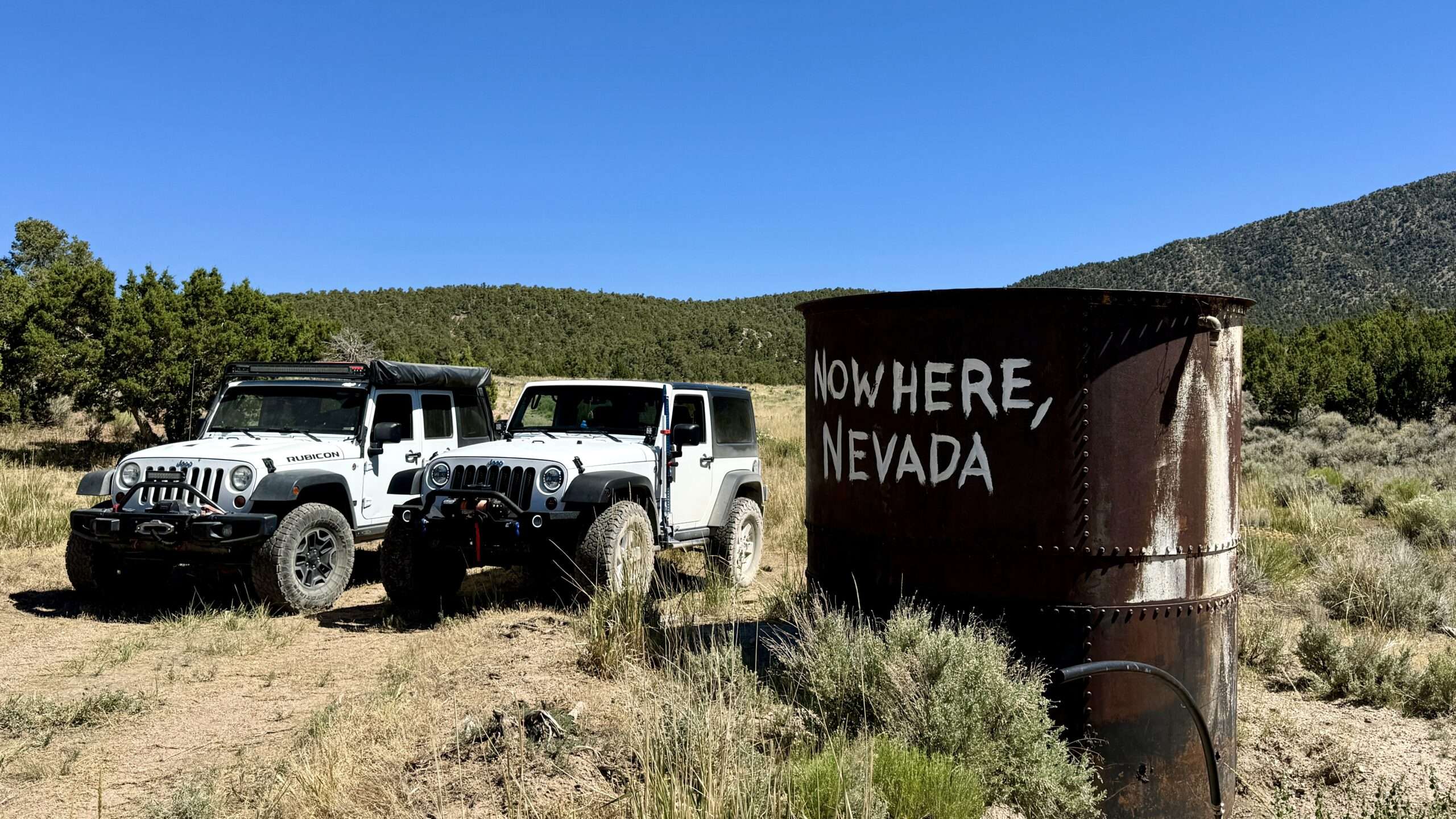
Day 1
Cherry Creek
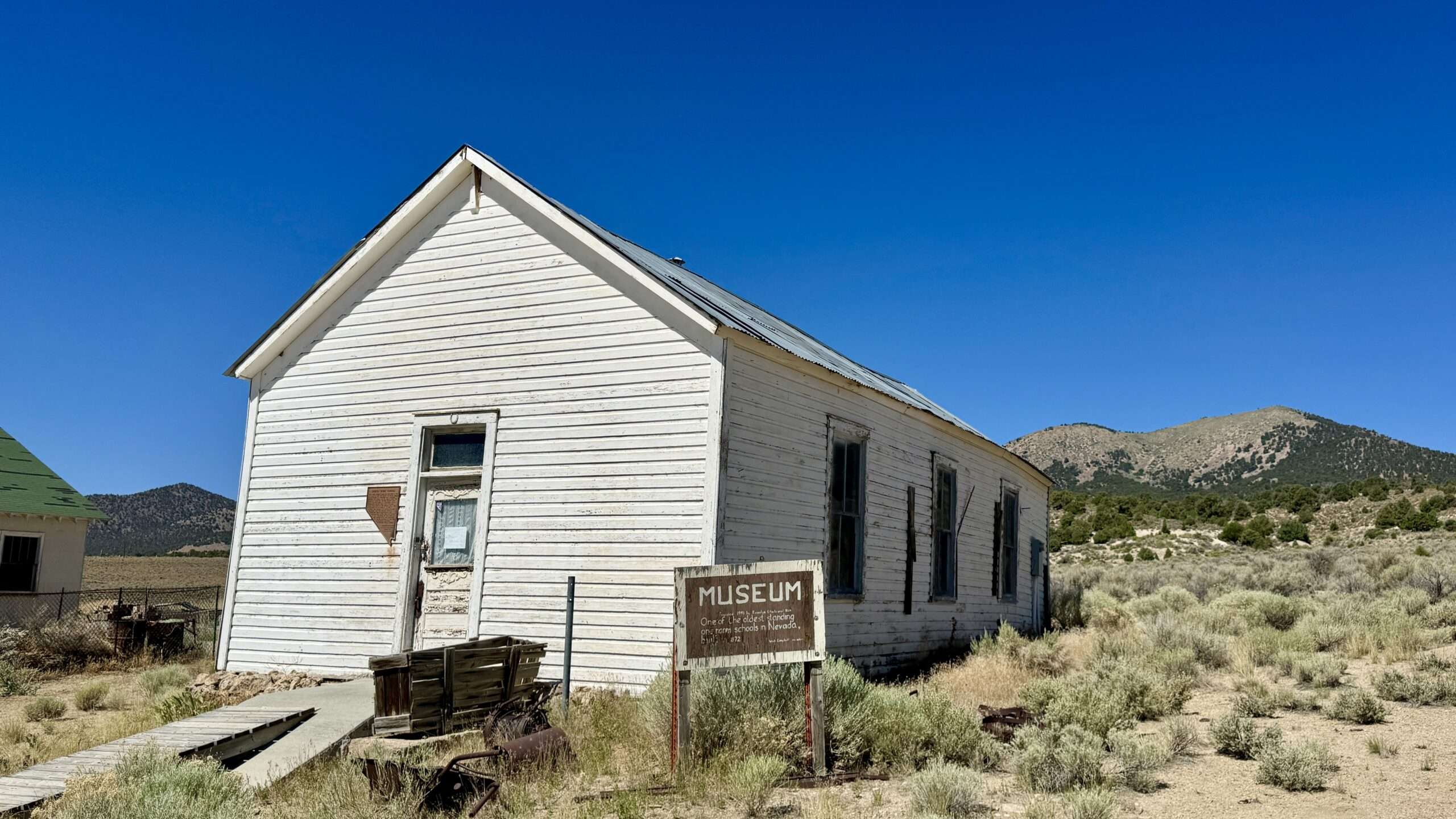
Mining gold and silver around Chery Creek Range started in the 1860s. The town of Cherry Creek began in 1872 after prospectors discovered the Tea Cup Mine.
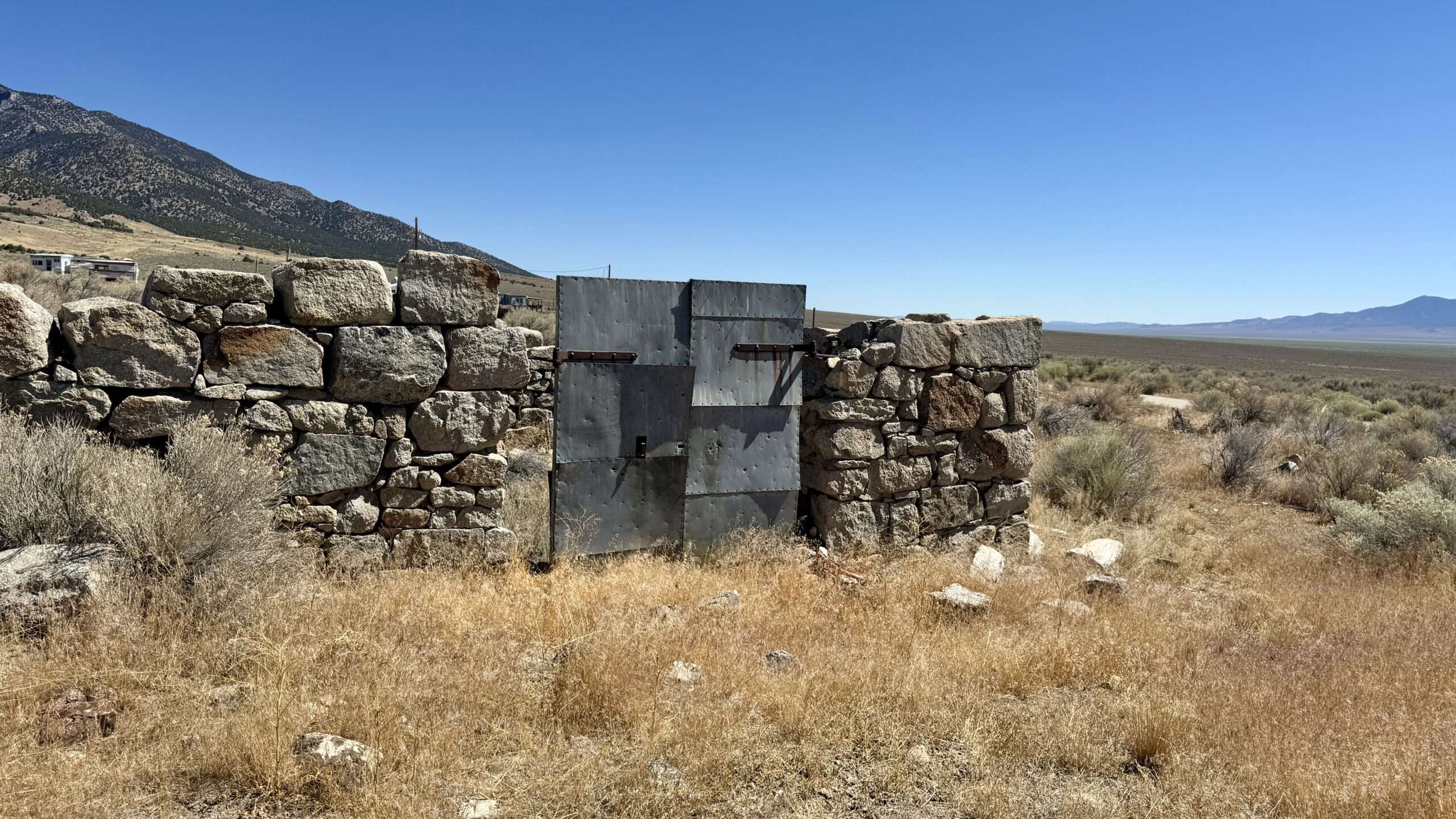
Cherry Creek grew to support the mines. Soon, the new town had boarding houses, restaurants, a stable and a blacksmith shop. A schoolhouse opened in 1872. The population of 400 had 20 saloons, one saloon for every 20 people. Mining declined, and many moved on, with a handful remaining through the 1880s.
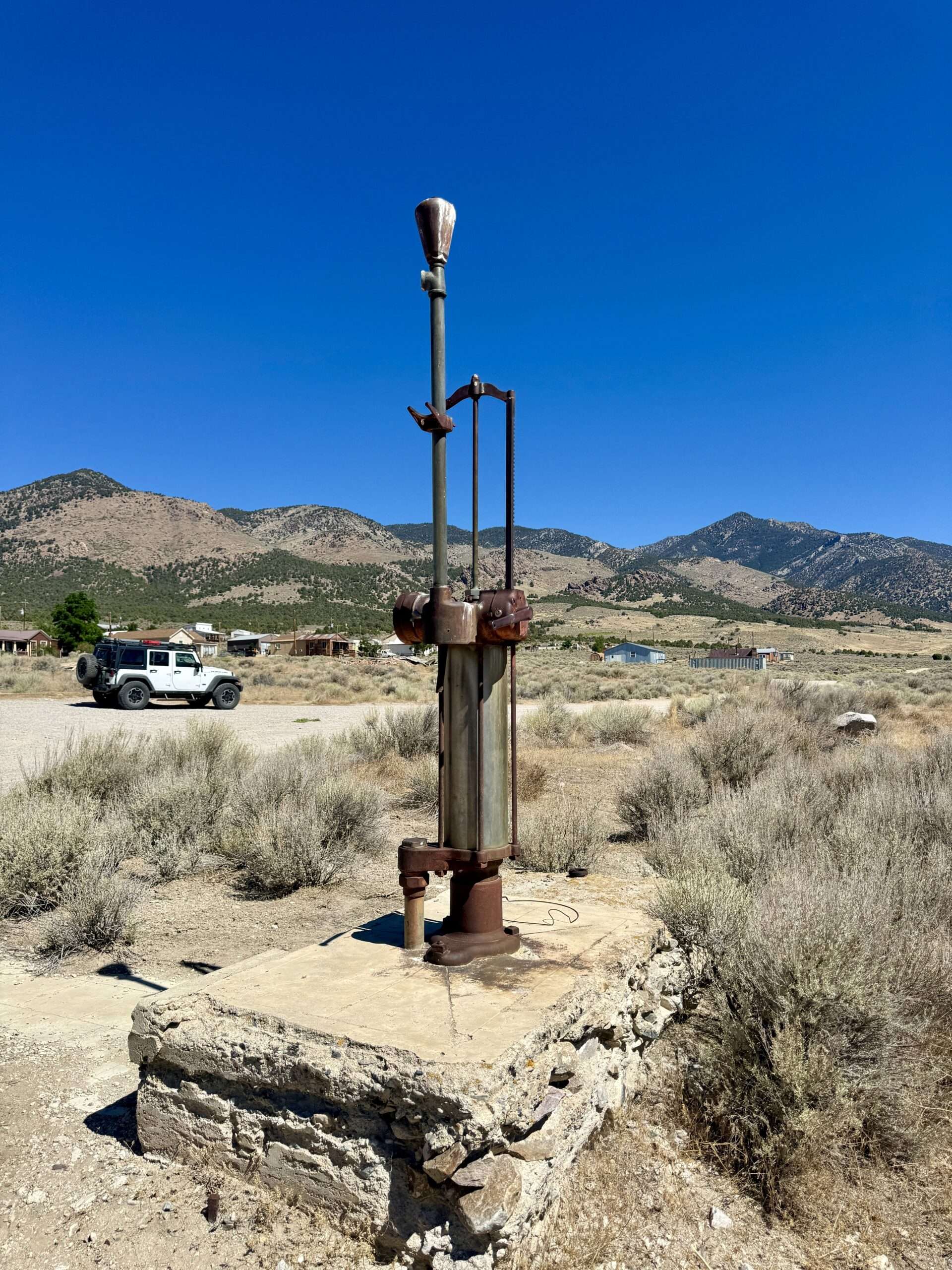
Cherry Creek boomed in 1881 with new discoveries, and soon the town had the largest population in White Pine County at almost 8,000. Businesses returned and a stage ran to Toano. Local mines produced over a million dollars of gold within a few years.

In 1883, Cherry Creek again declined with the financial crash. In 1888, a fire destroyed much of the town, and two more fires occurred in the early 1900s. Cherry Creek experienced several small revivals but never regained its prominence. Today, a small handful of people call Cherry Creek home.
Fillmore Mine
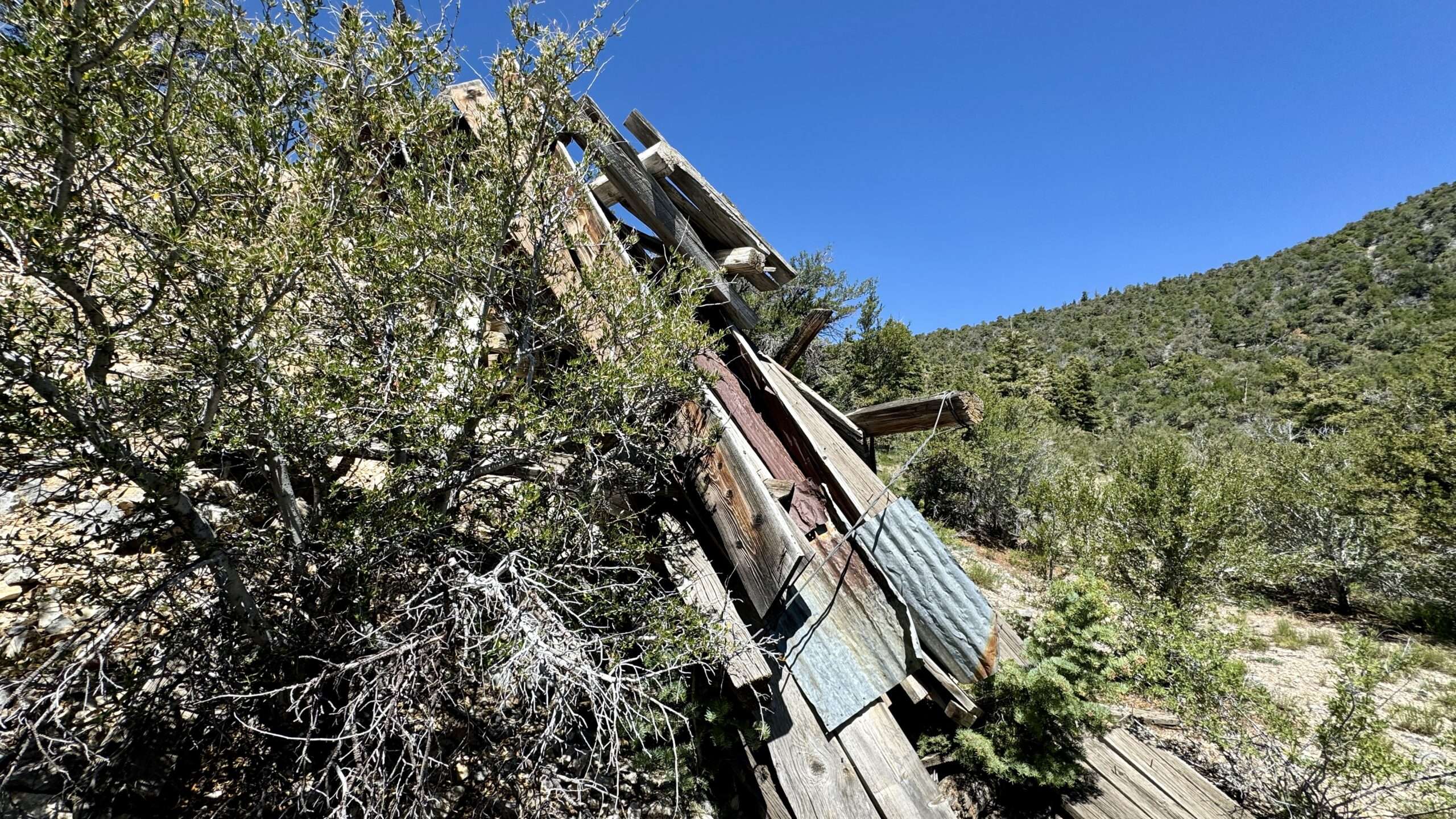
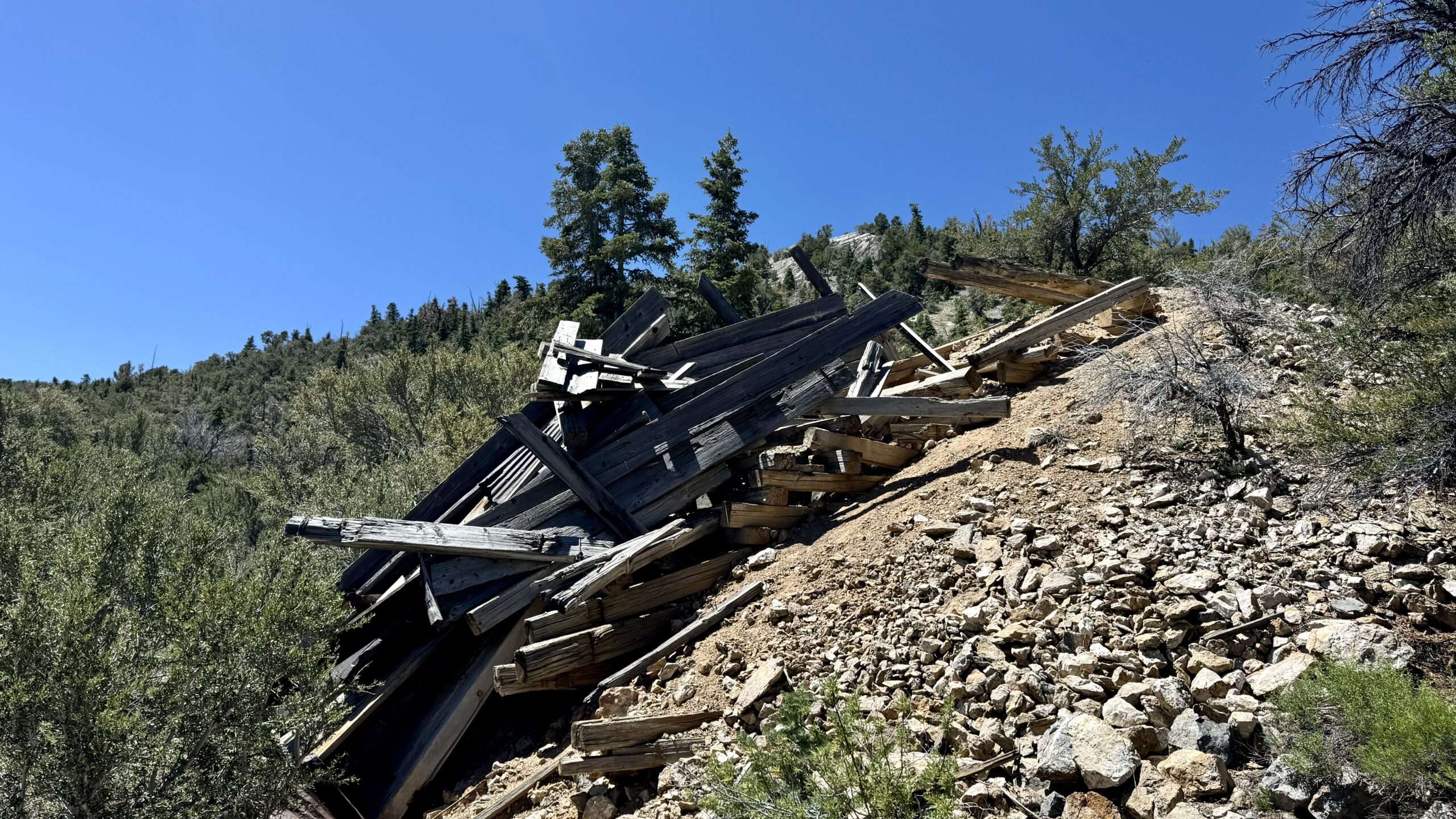

Also known as Scheelite King, the mine produced tungsten.
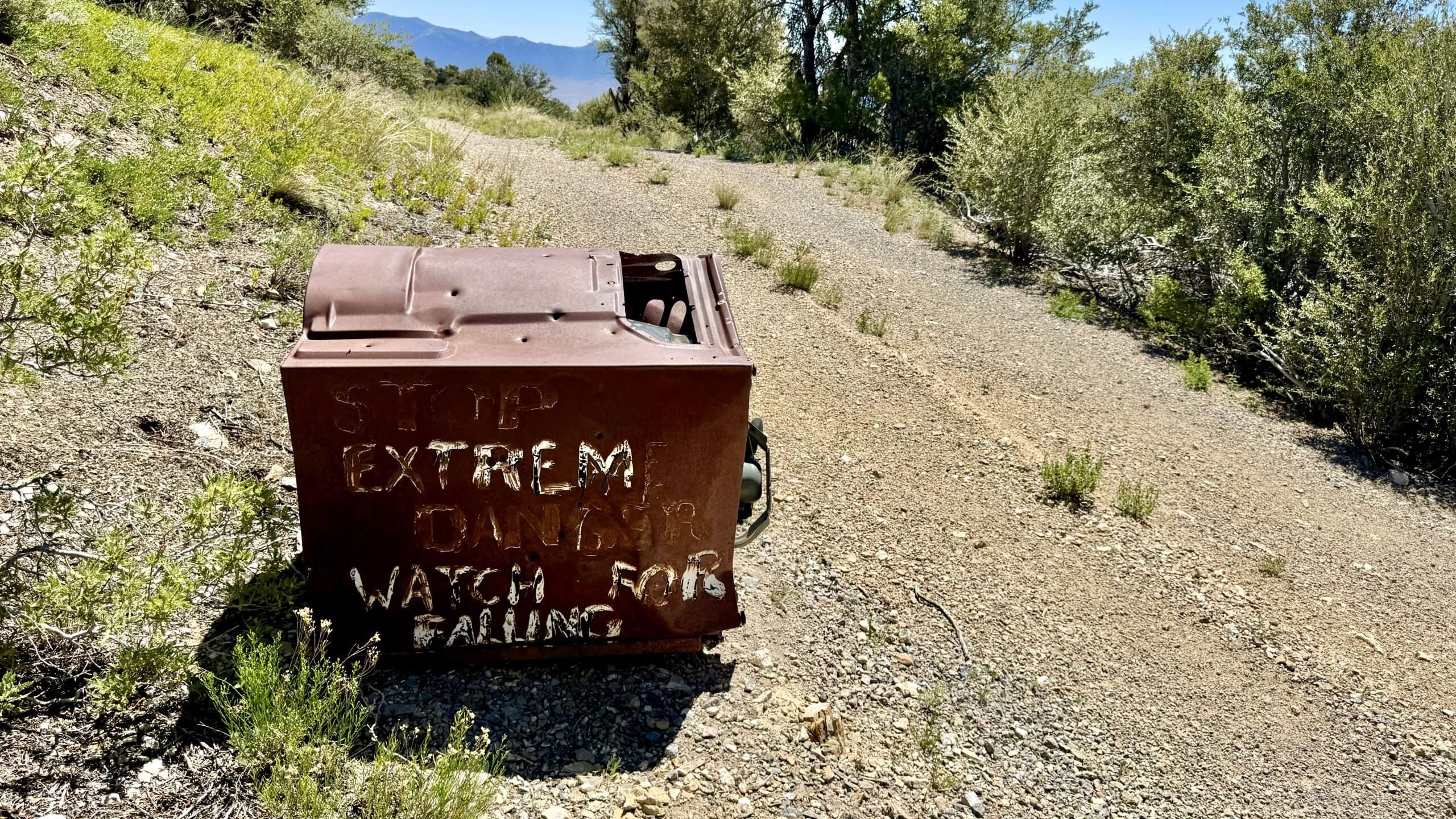
I really want to know what to watch for!
Tea Cup Mine

Peter Corning and John Carpenter staked the Tea Cup Mine in 1872, leading to the birth of Cherry Creek. Silver was the primary commodity, with some gold.
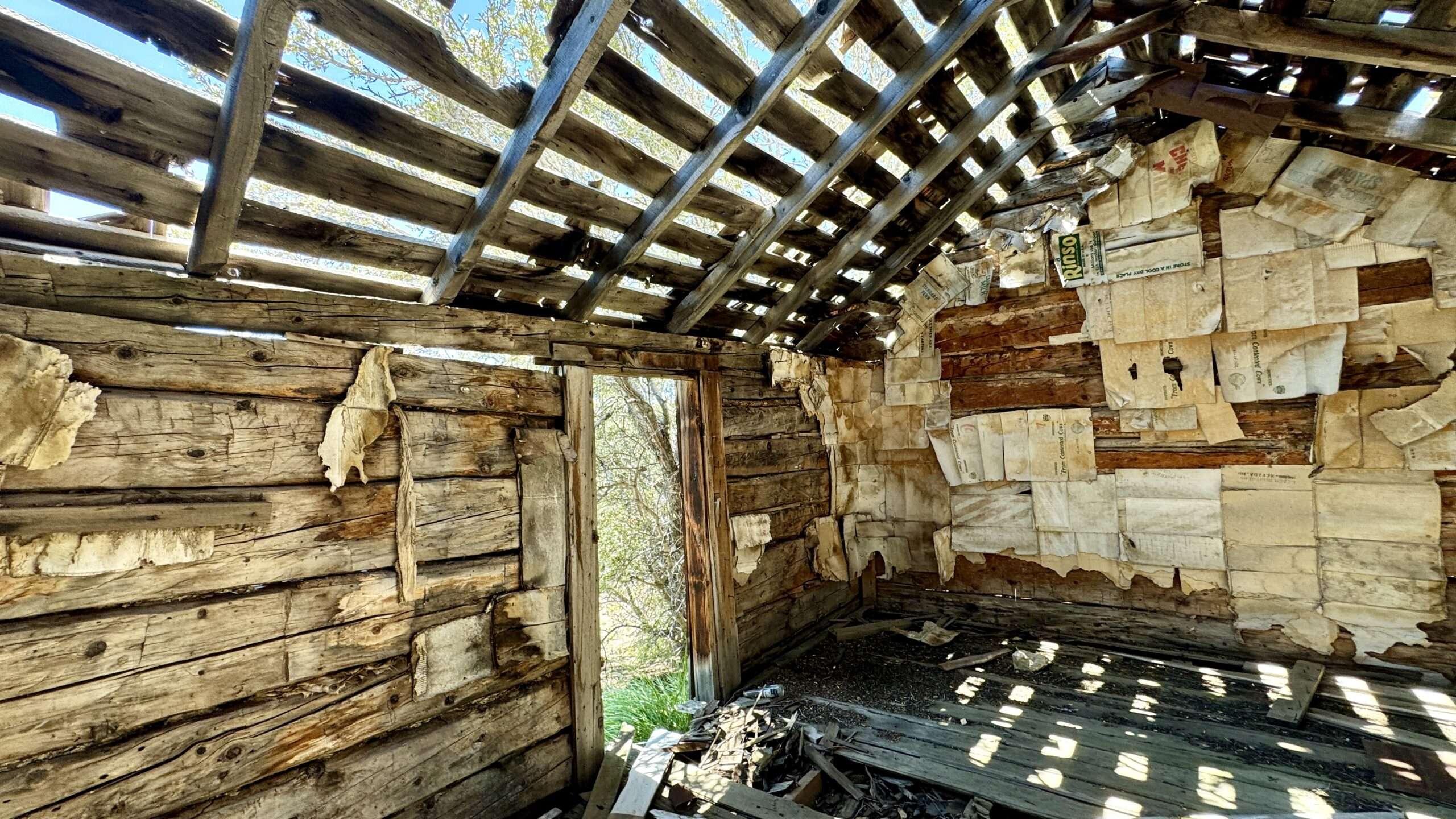
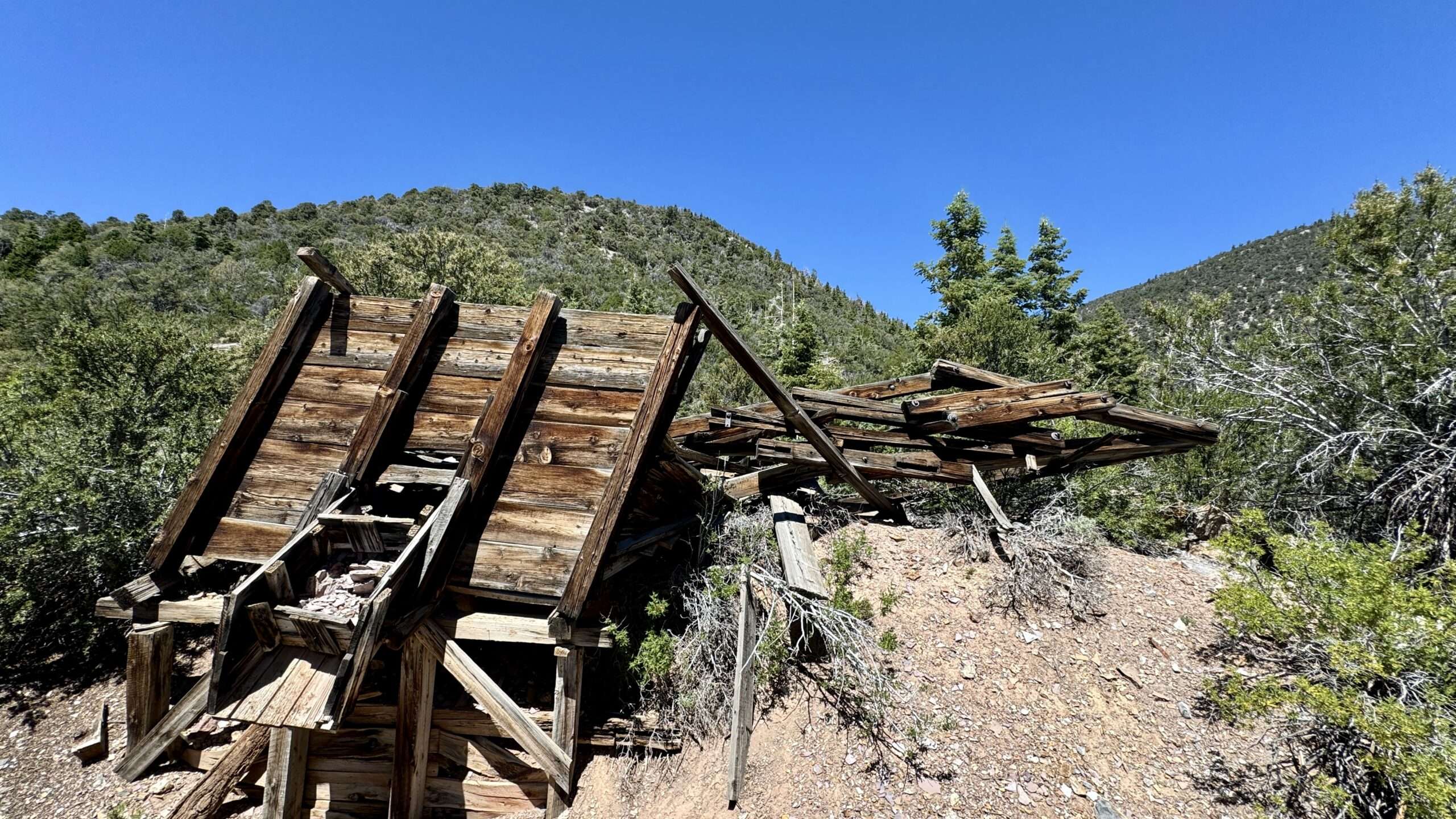
Egan & Egan Canyon
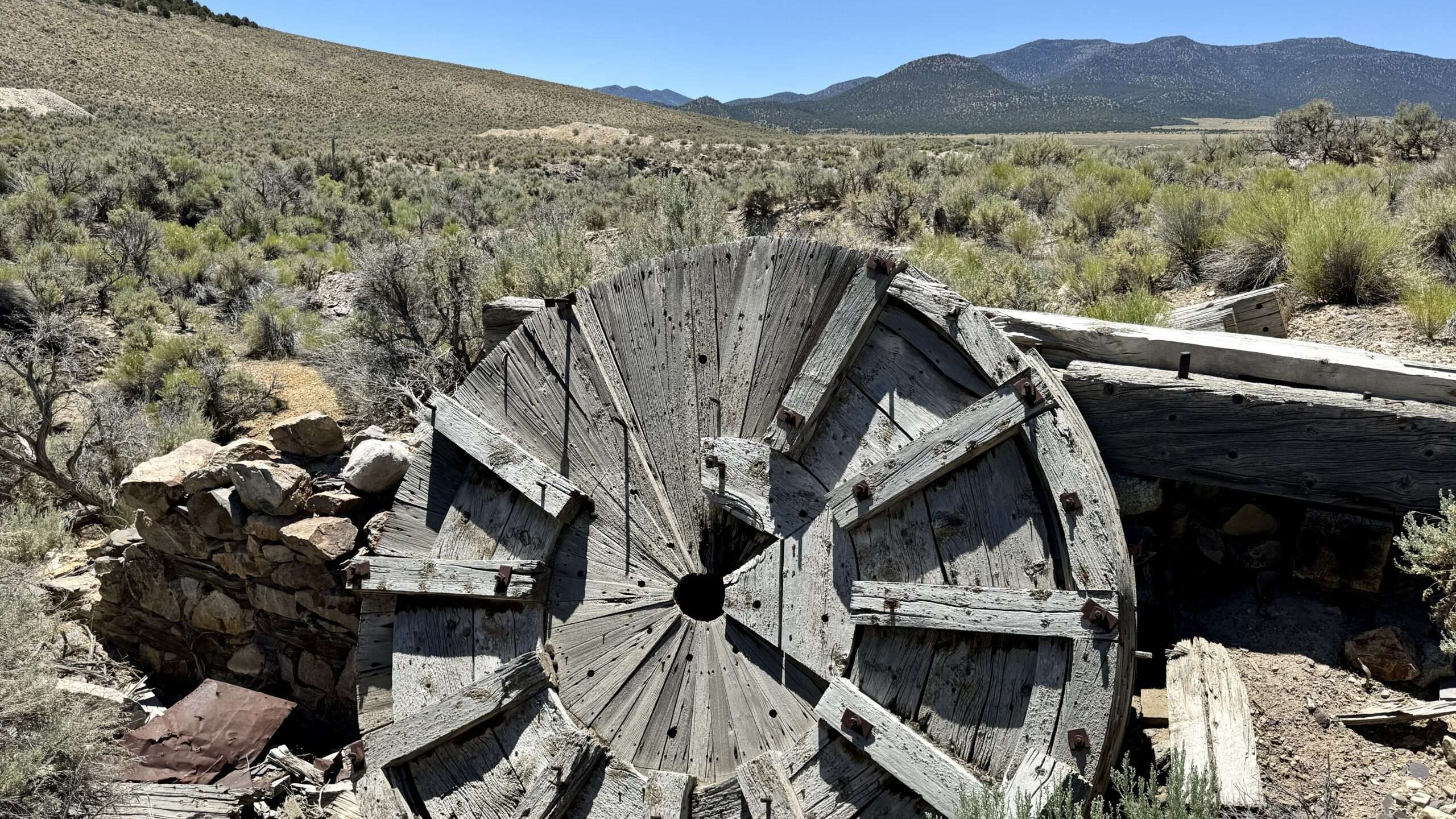
Egan Canyon was on the Pony Express and Overland Trail routes. The Mormon Battalion and Howard Egan established the route. The Pony Express had a remount station on the west side of the canyon.
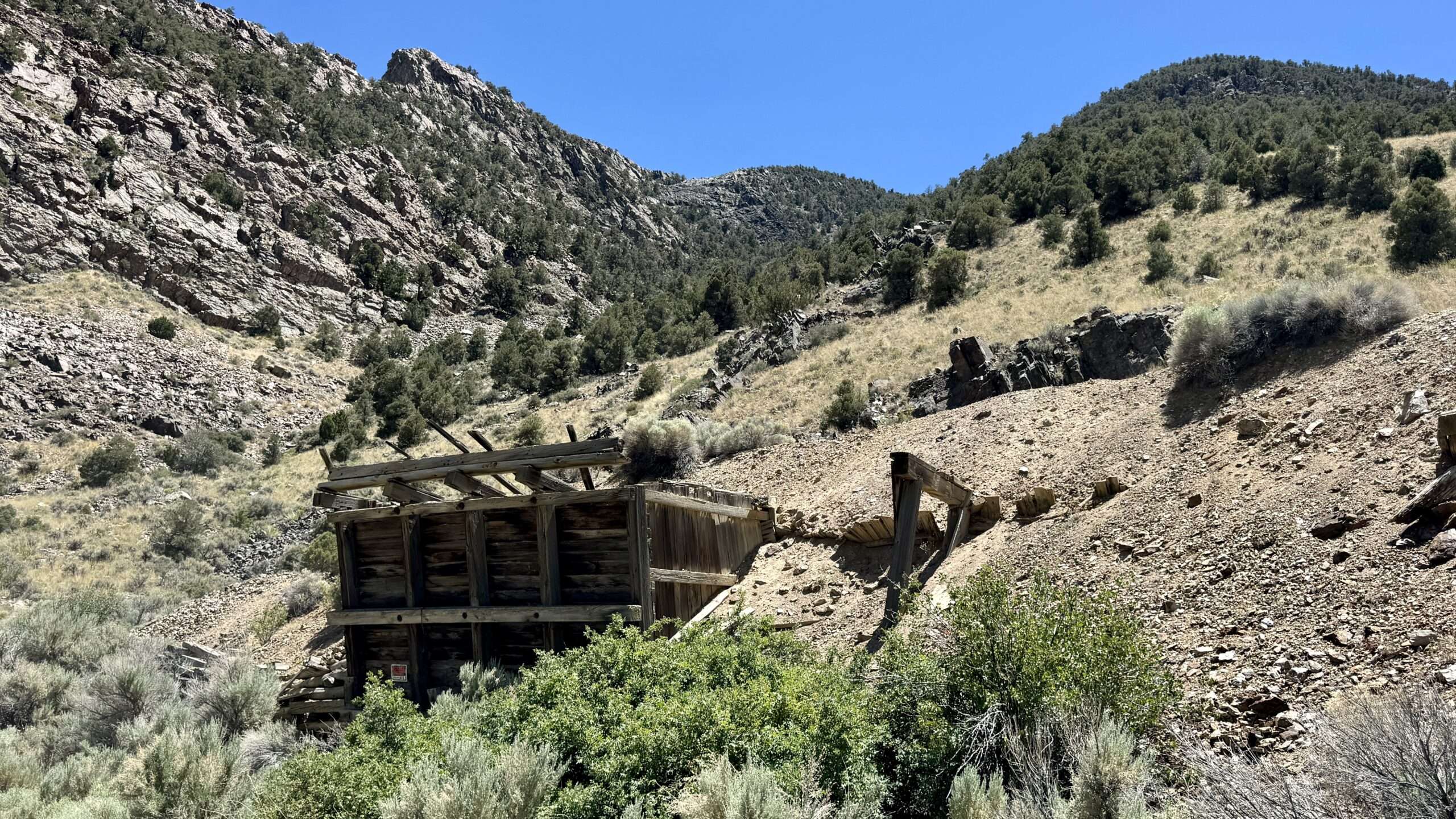
Soldiers from Fort Ruby discovered gold in 1863, and a small settlement named Egan was developed. A post office opened in 1865 with the name Egan Canyon, it was later shortened to Egan. Three stamp mills operated in Egan by 1865. The post office closed in 1878, but the town survived into the 1920s when mining stopped.
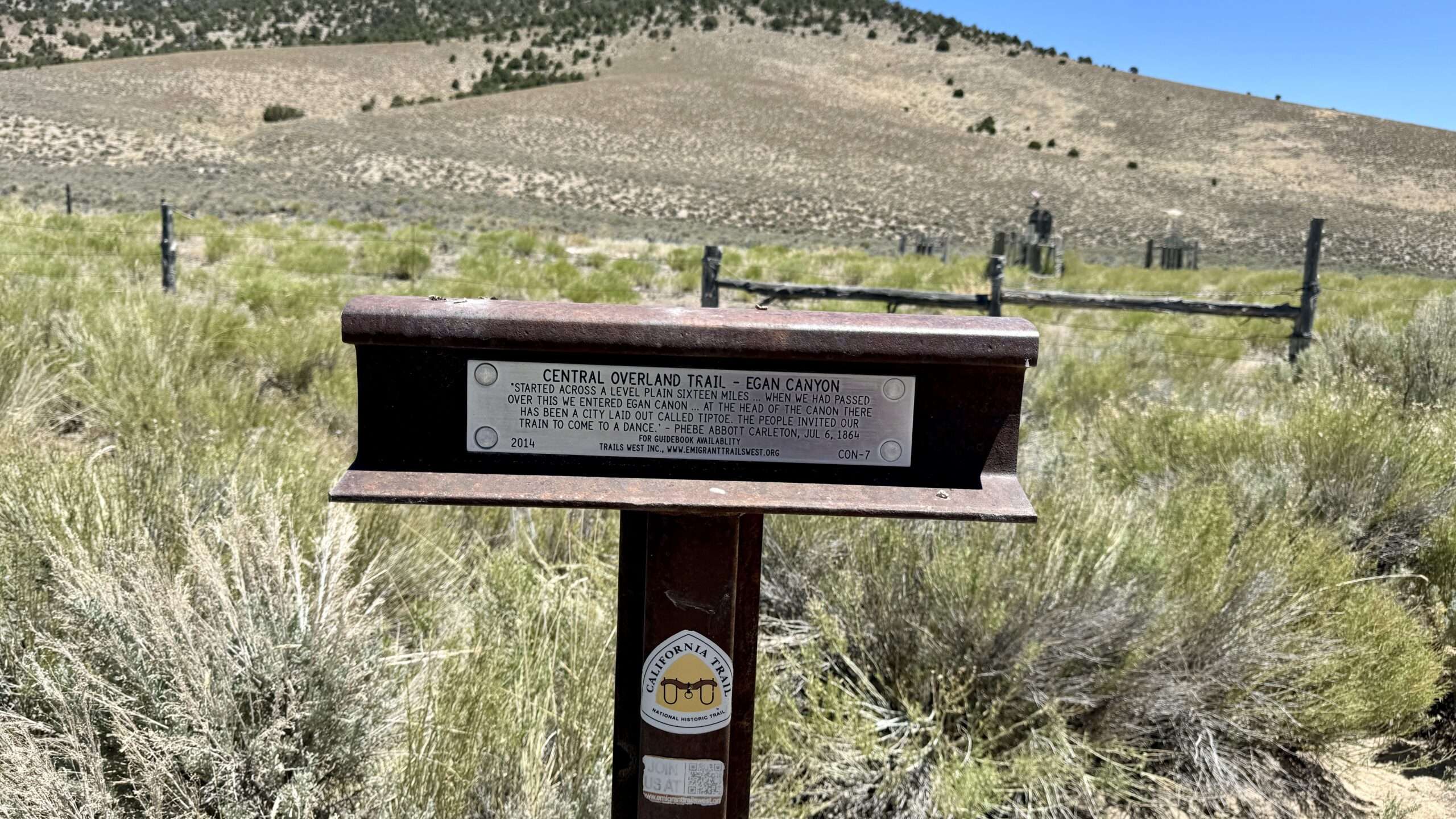
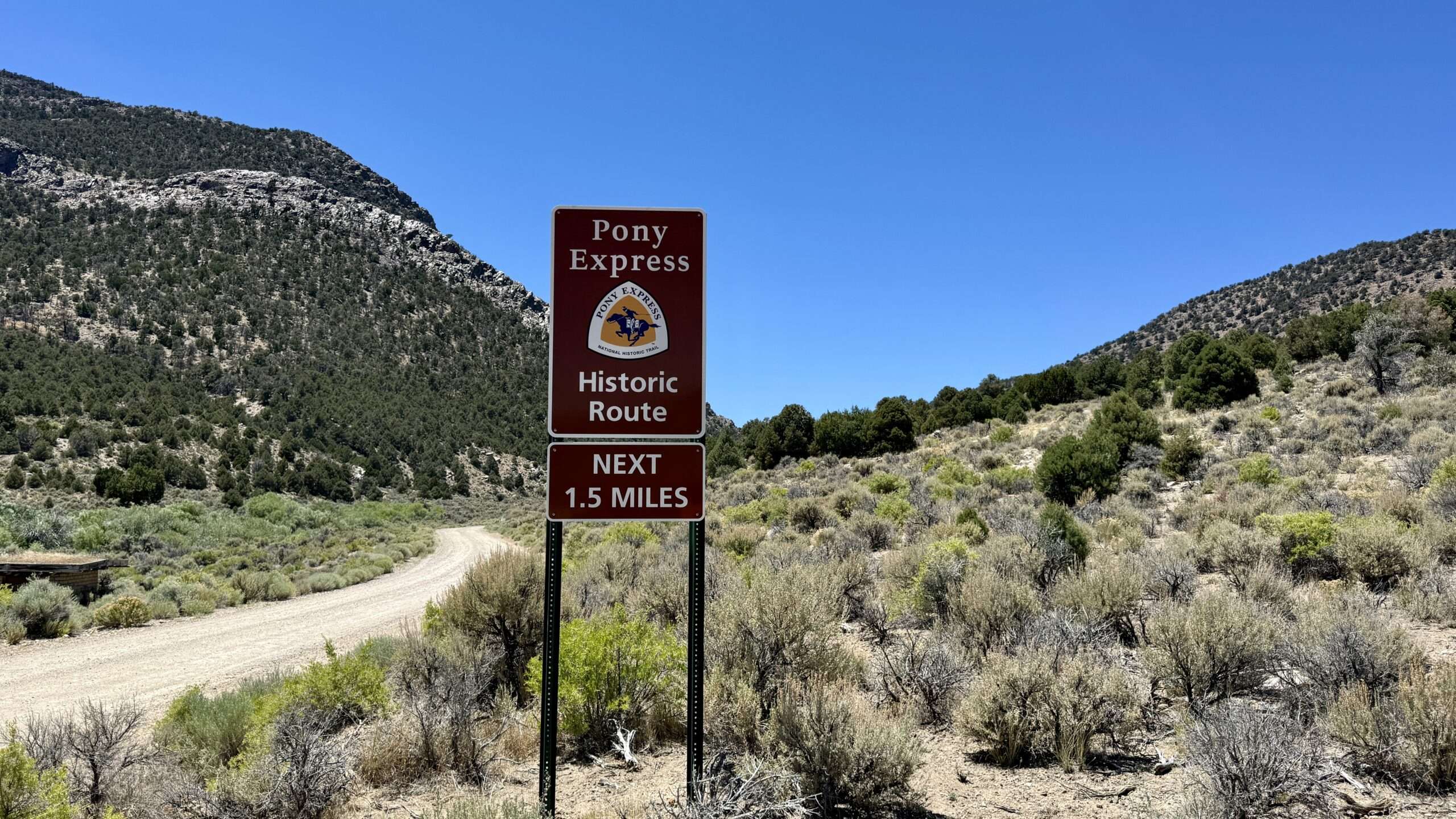
Fort Pearce Cemetery
In 1860, 80 Paiutes attacked Egan Station, searching for food. After giving the warriors the food, the Chief demanded they bake more bread. An approaching Pony Express rider saw the raid and turned around to alert a military detachment from Fort Pearce.
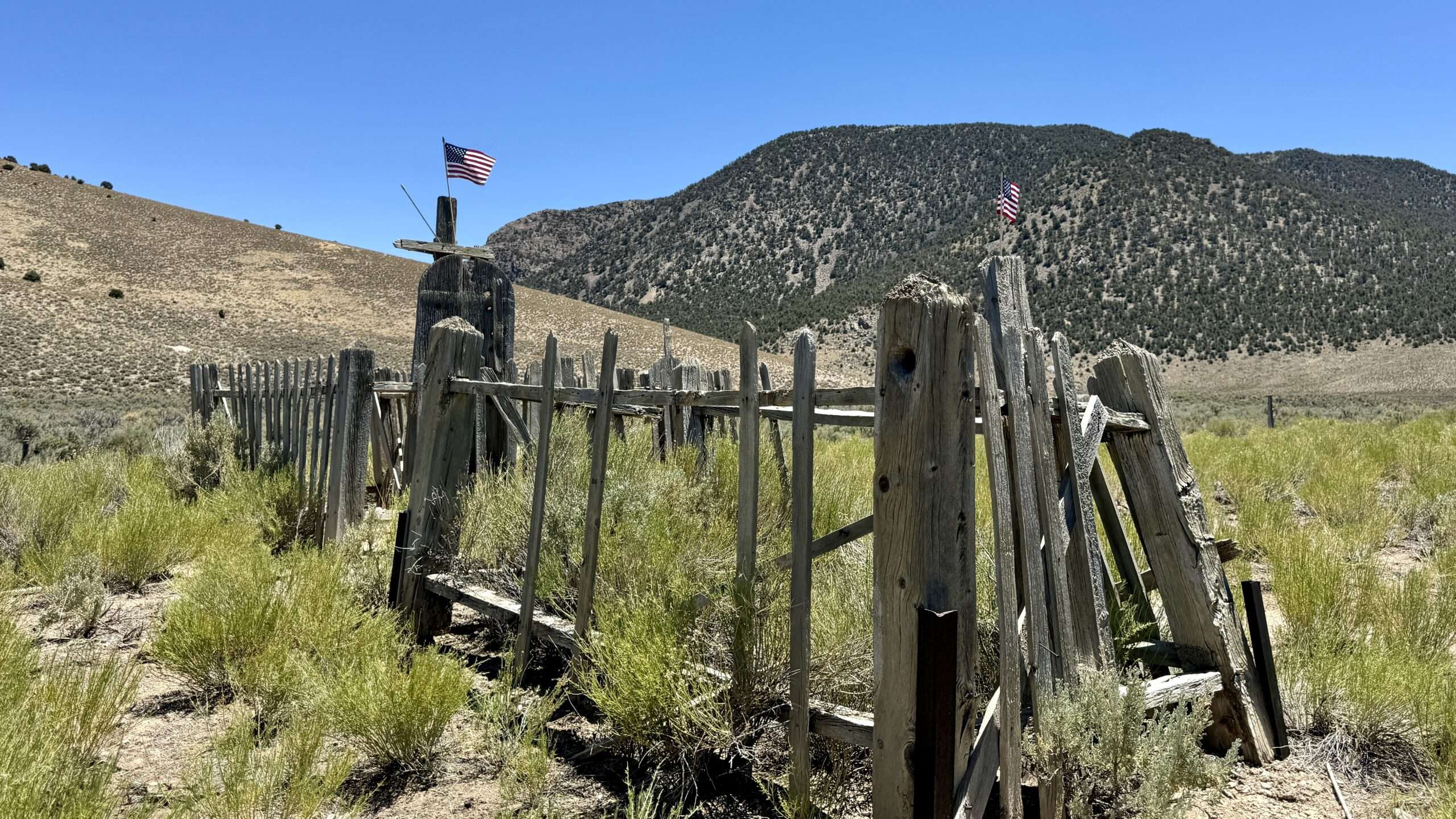
The 4th Artillery, under the command of Lt. Stephen Hinsdale Weed, arrived at Egan Station. They freed the captives who were about to be set on fire alive. A skirmish ensued with 12 Pauites wounded and 3 killed, and 2 soldiers injured, one later dying from his wounds.

(Photo credit: Wikipedia)
We found a US flag at the cemetery that was in bad repair. I carry in the Jeep to replace damaged flags or mark graves of soldiers or law enforcement. Of course, the flag is made in the US.

Reportedly, there are 4 soldiers buried at Fort Pearce, along with 2 civilians and possibly a Pony Express rider killed in 1861.
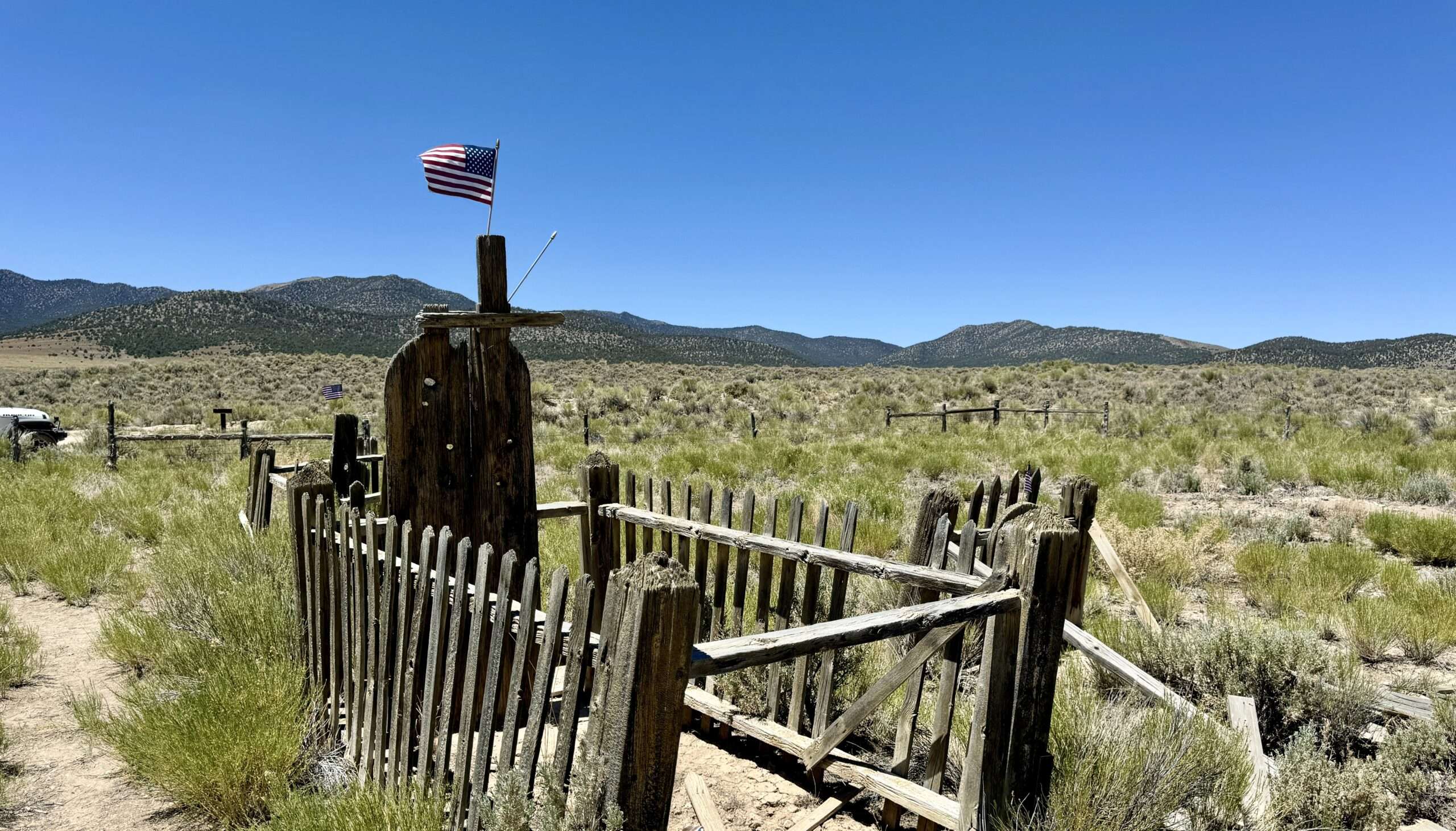
Private John Conley died in 1860. He was in Company B 4th US Artillery Regiment. He was mortally wounded at the Battle of Egan Station. Julia Cassidy died in 1870 of Typhoid fever. John Low, a miner, died at the fort in 1873.
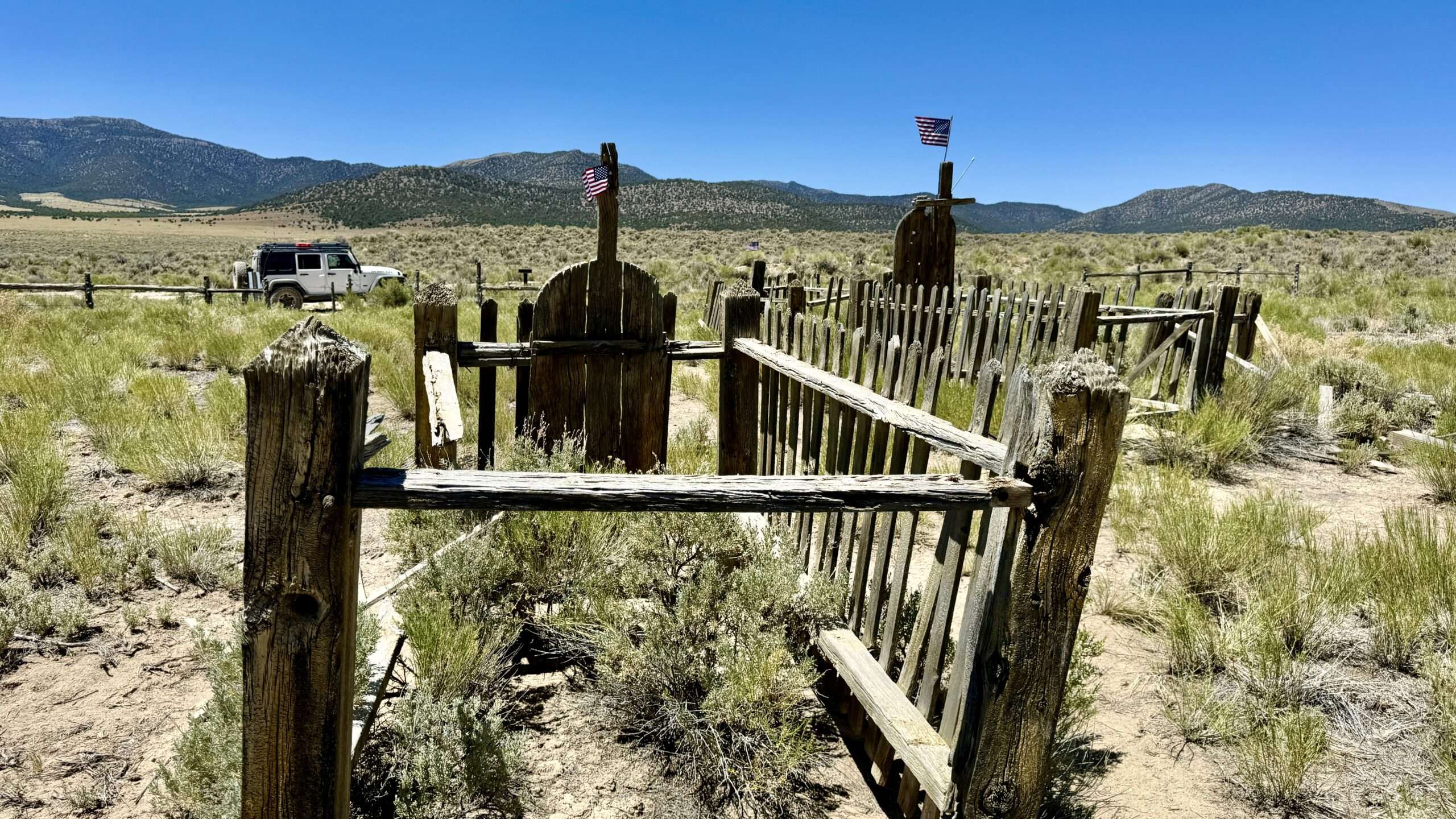
Cocomongo
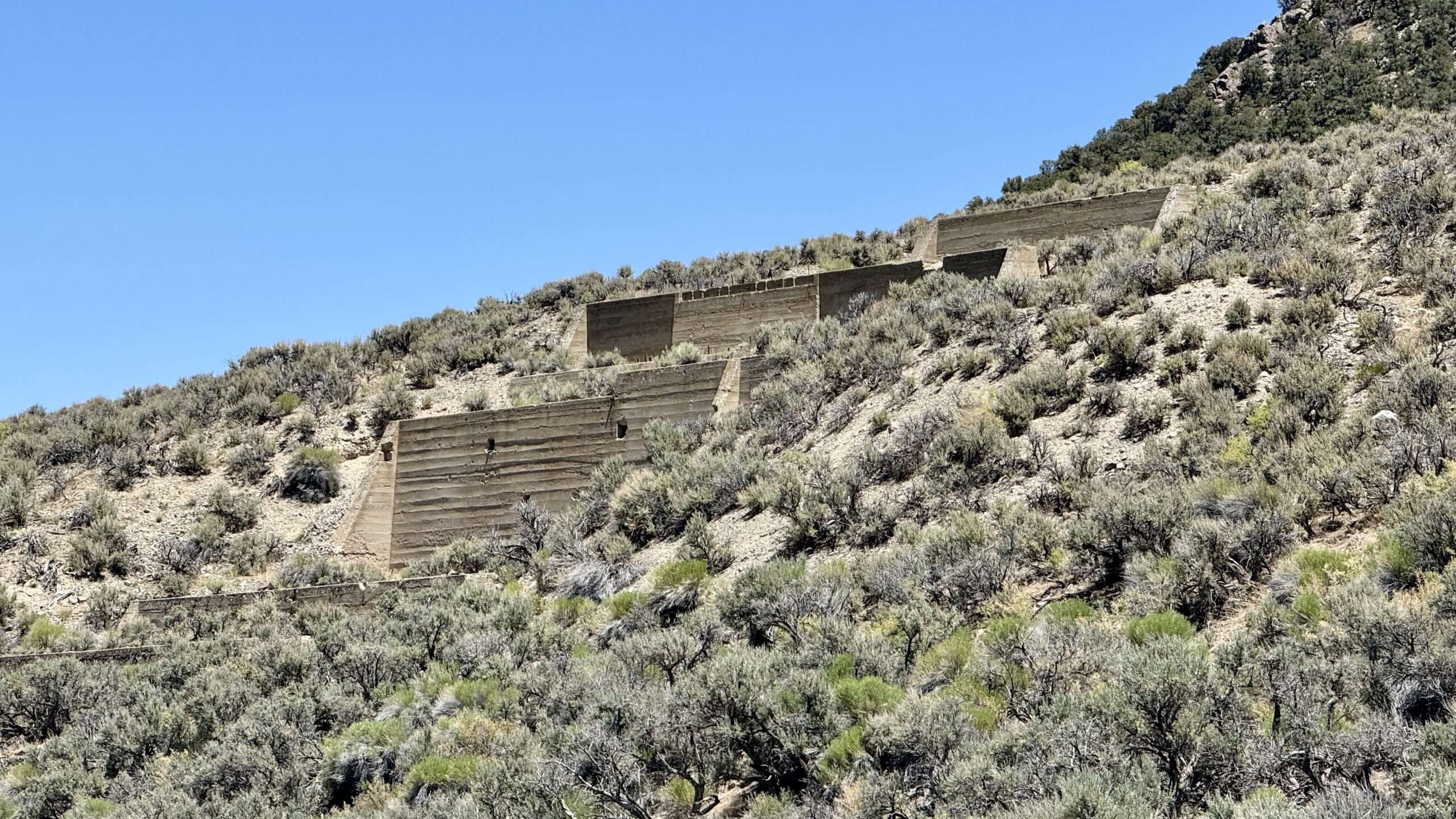
Prospectors discovered gold in 1903, and 30 miners lived at the camp. A 40-ton mill was built below in 1906 and an aerial tram connected the mine to the mill. Only collapsed cabins and the mill foundation remain at Cocomongo. It did make an excellent spot for lunch.
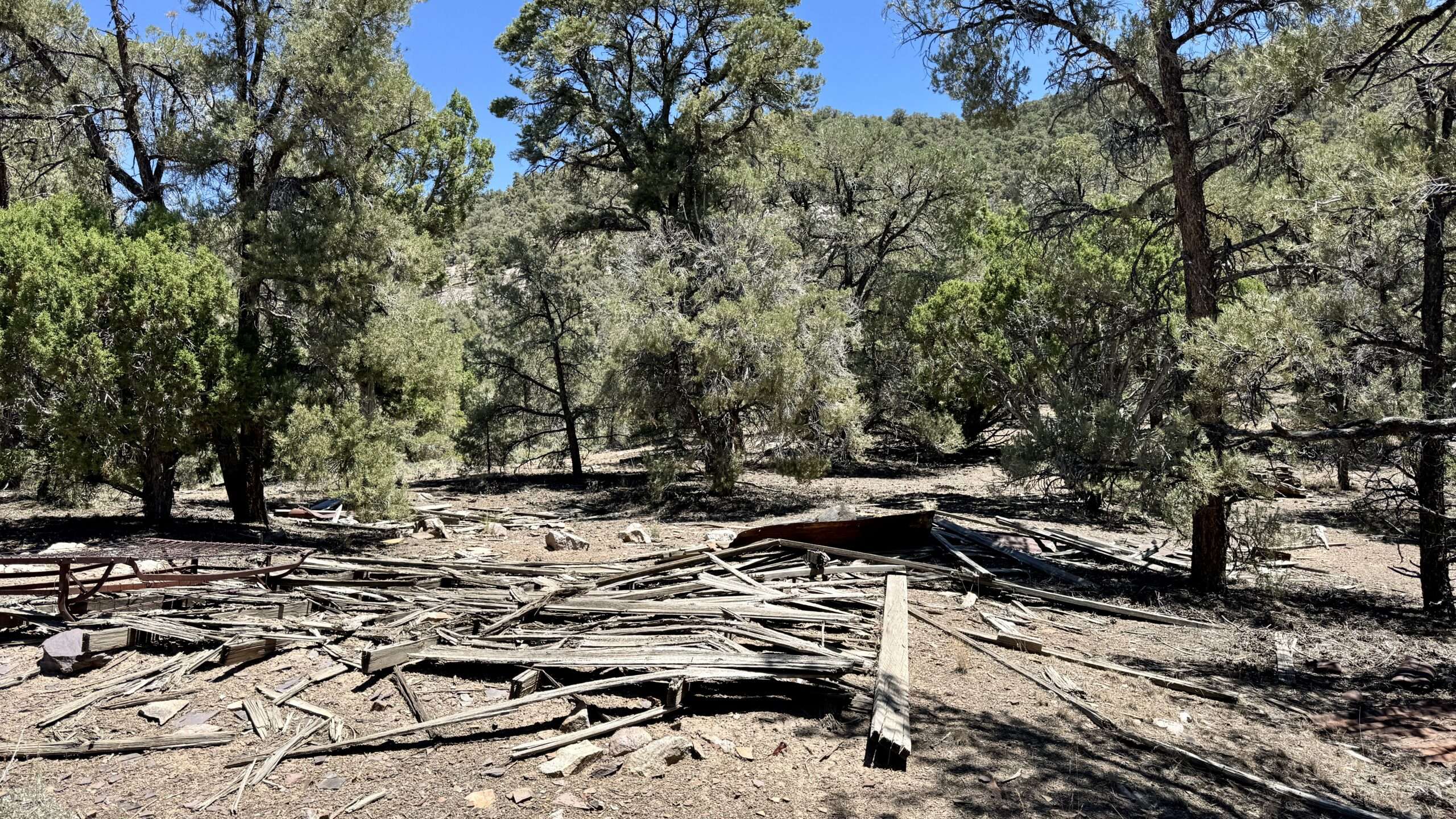
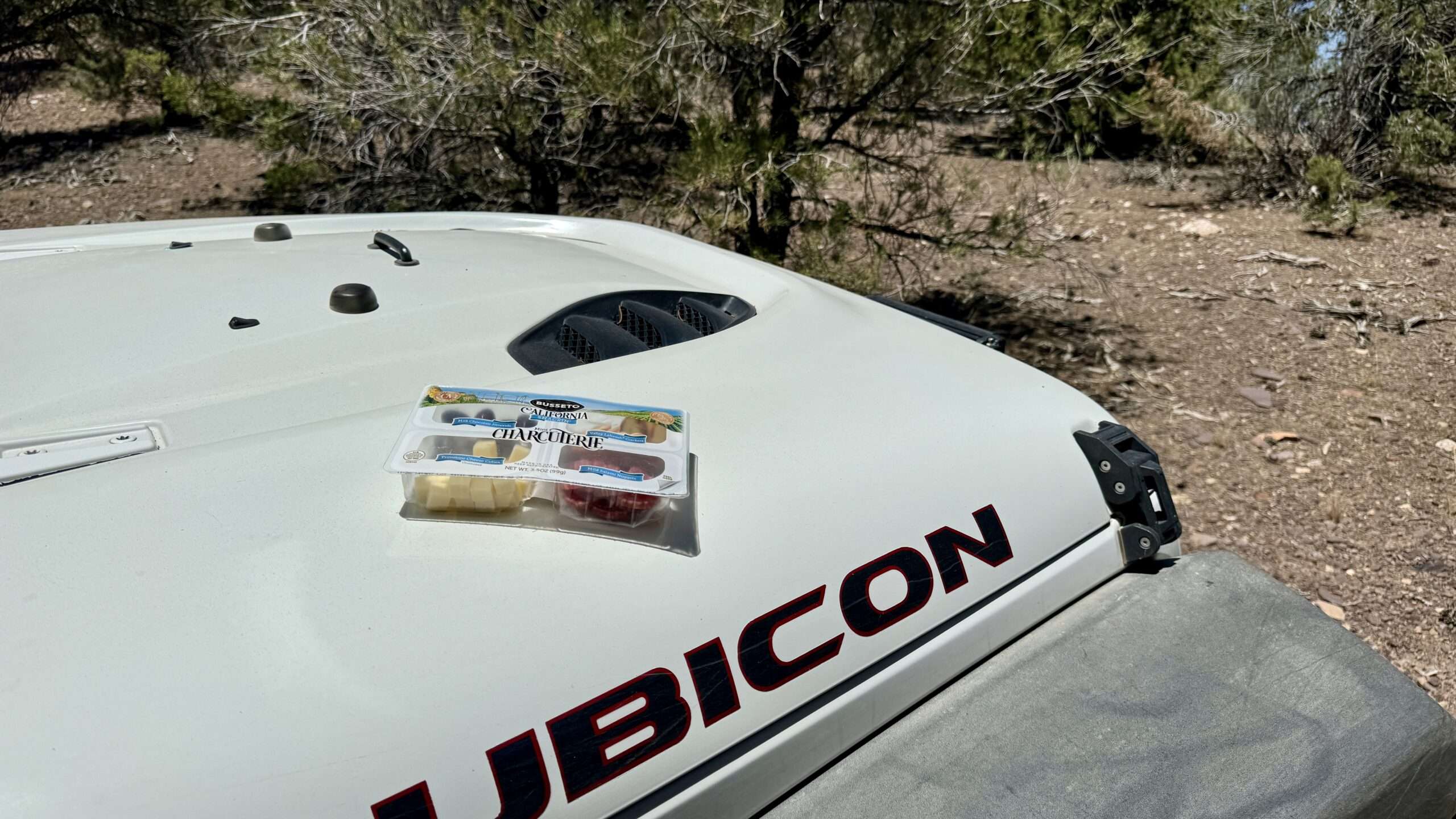
Schellbourne
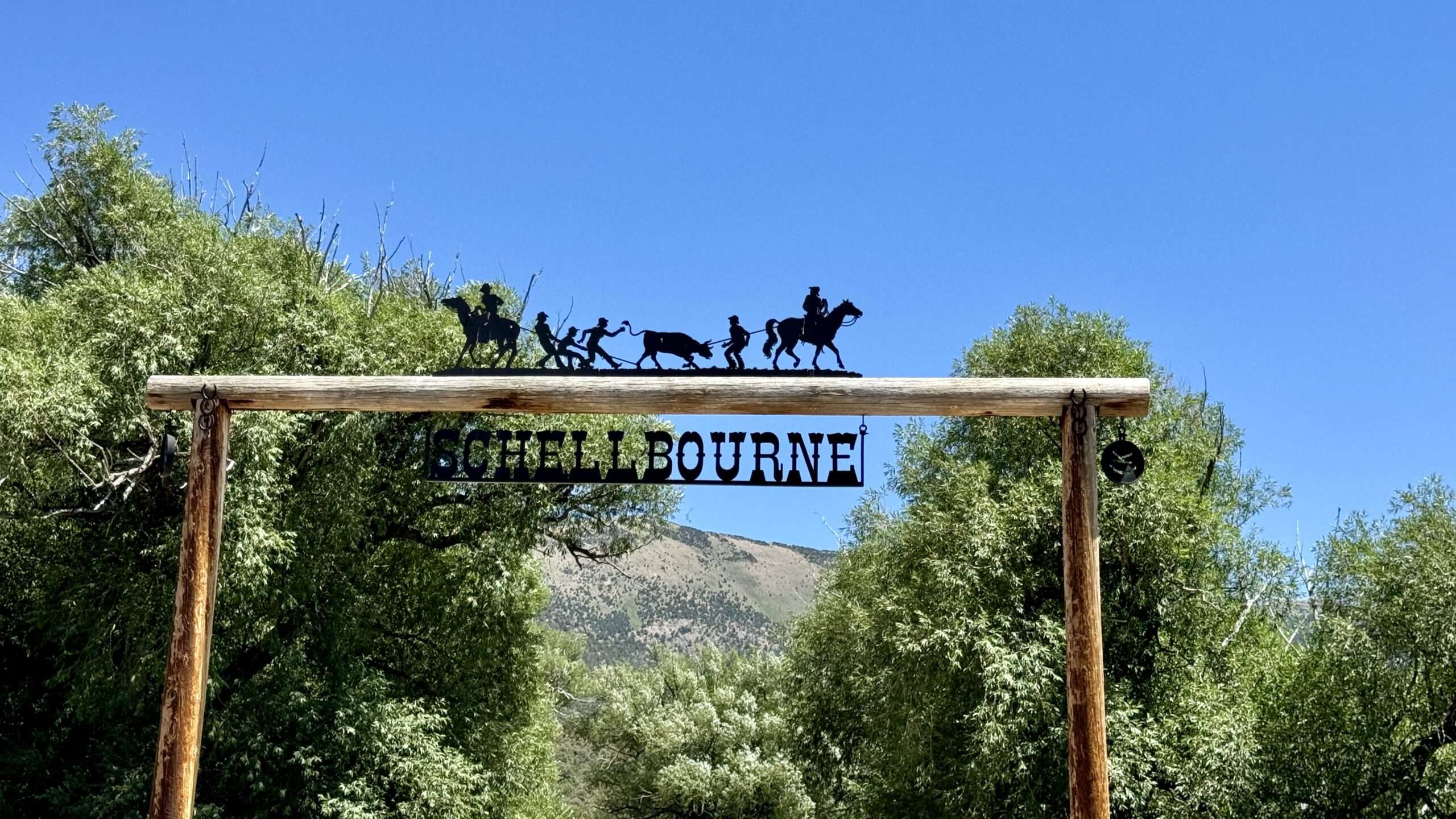
Schellbourne started as a post office and Pony Express station. Fort Schellbourne, a small military post, operated from 1859 to 1869 to protect travelers and mail routes. In 1860, Native Americans destroyed the fort’s first building. Schellbourne was also known as Schell Creek Station and Camp Schell.
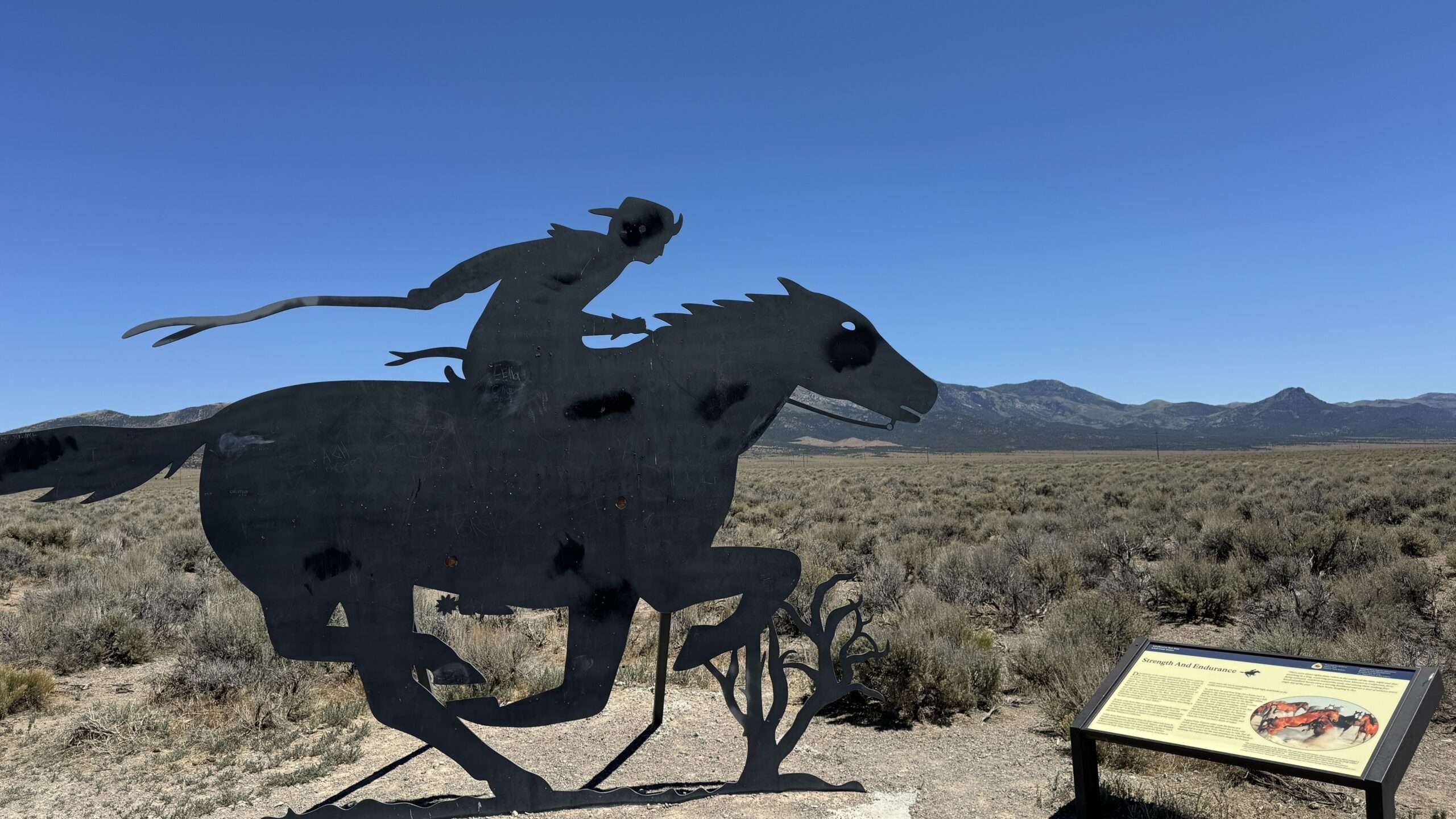
Schellbourne is now a private ranch.
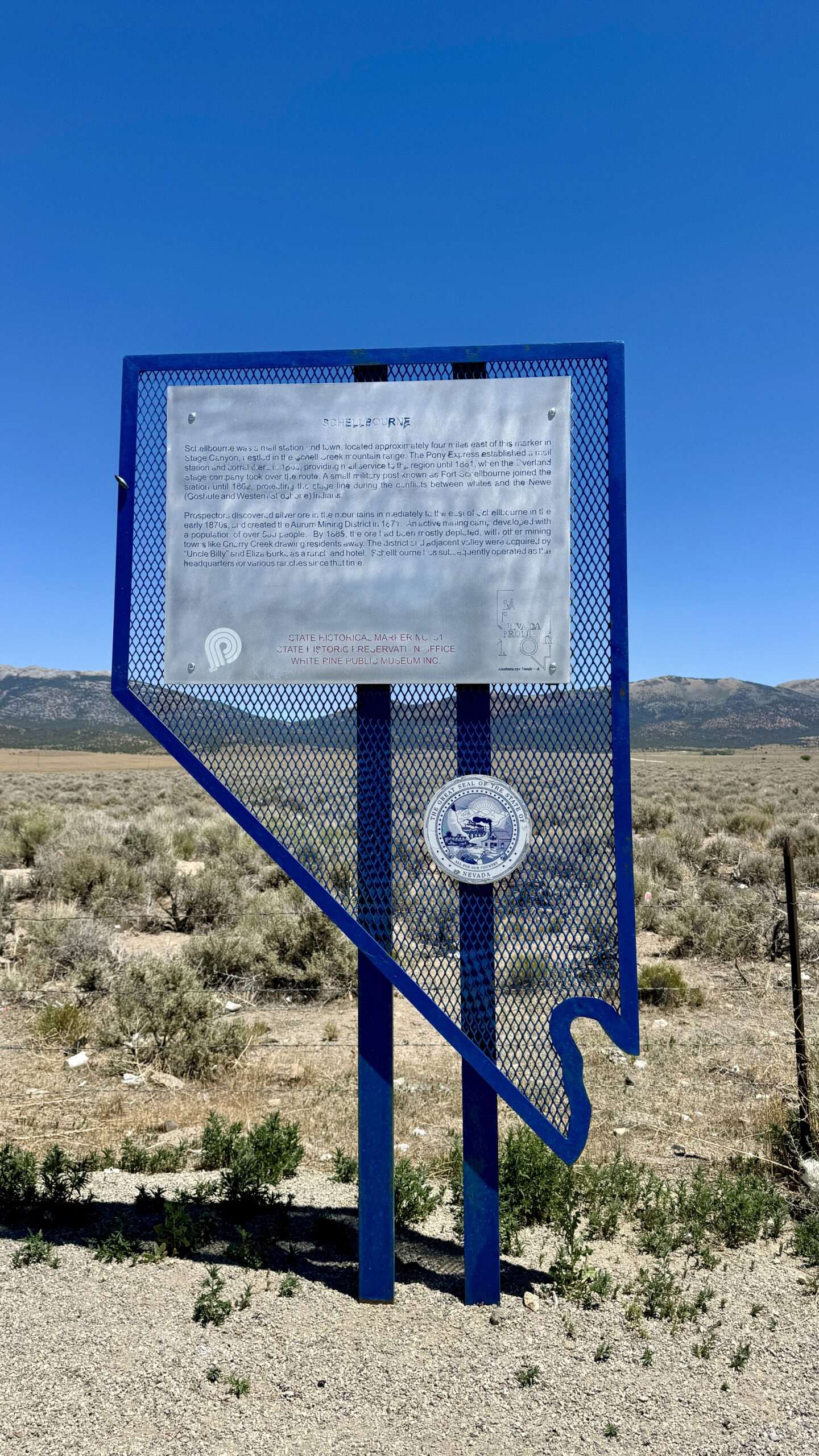
Spring Valley Ranch or Stonehouse
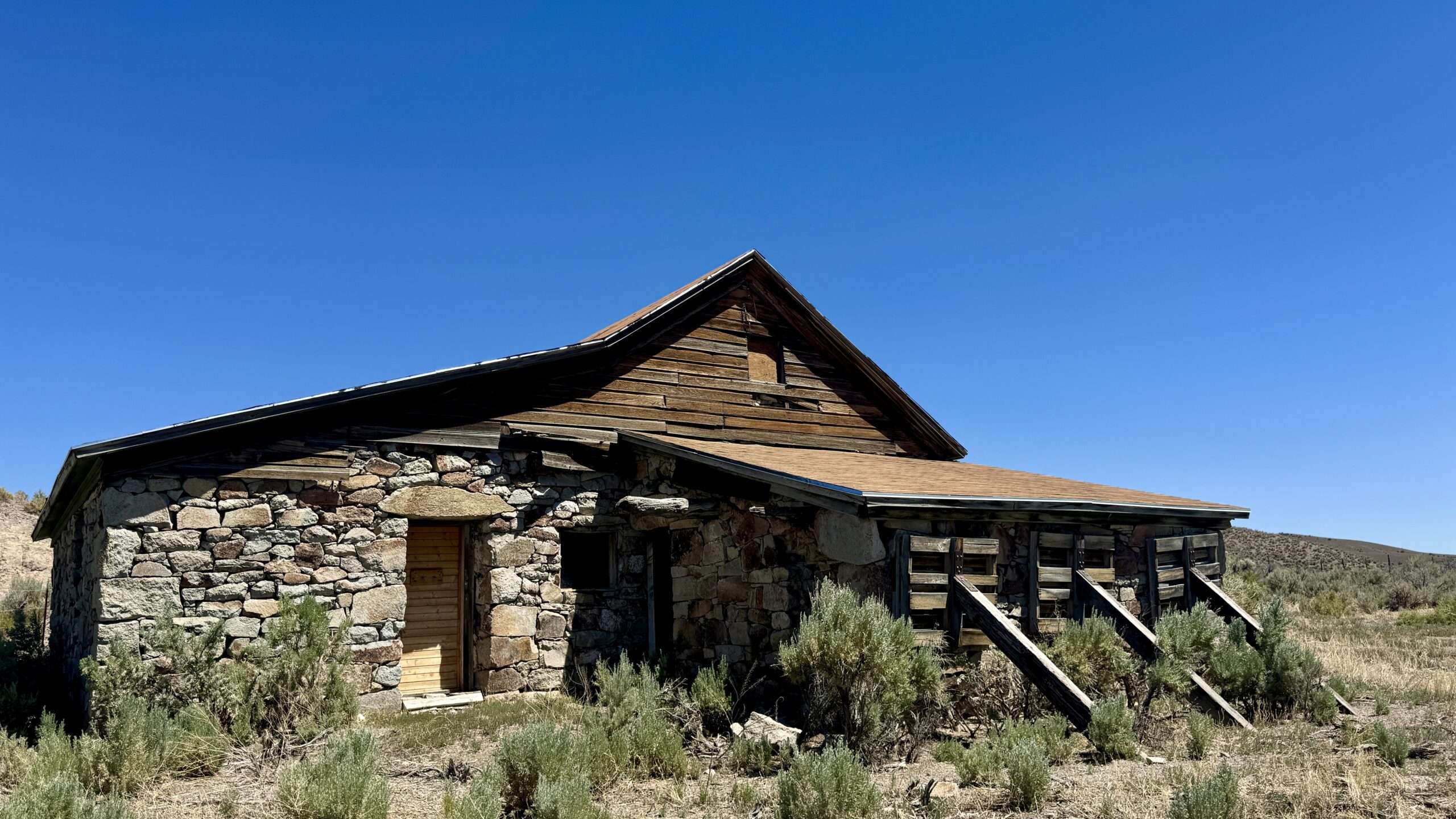
From 1861 to 1869, the station was part of the Overland Stage route. It later functioned as a stage station on the Woodruff and Ennor line.
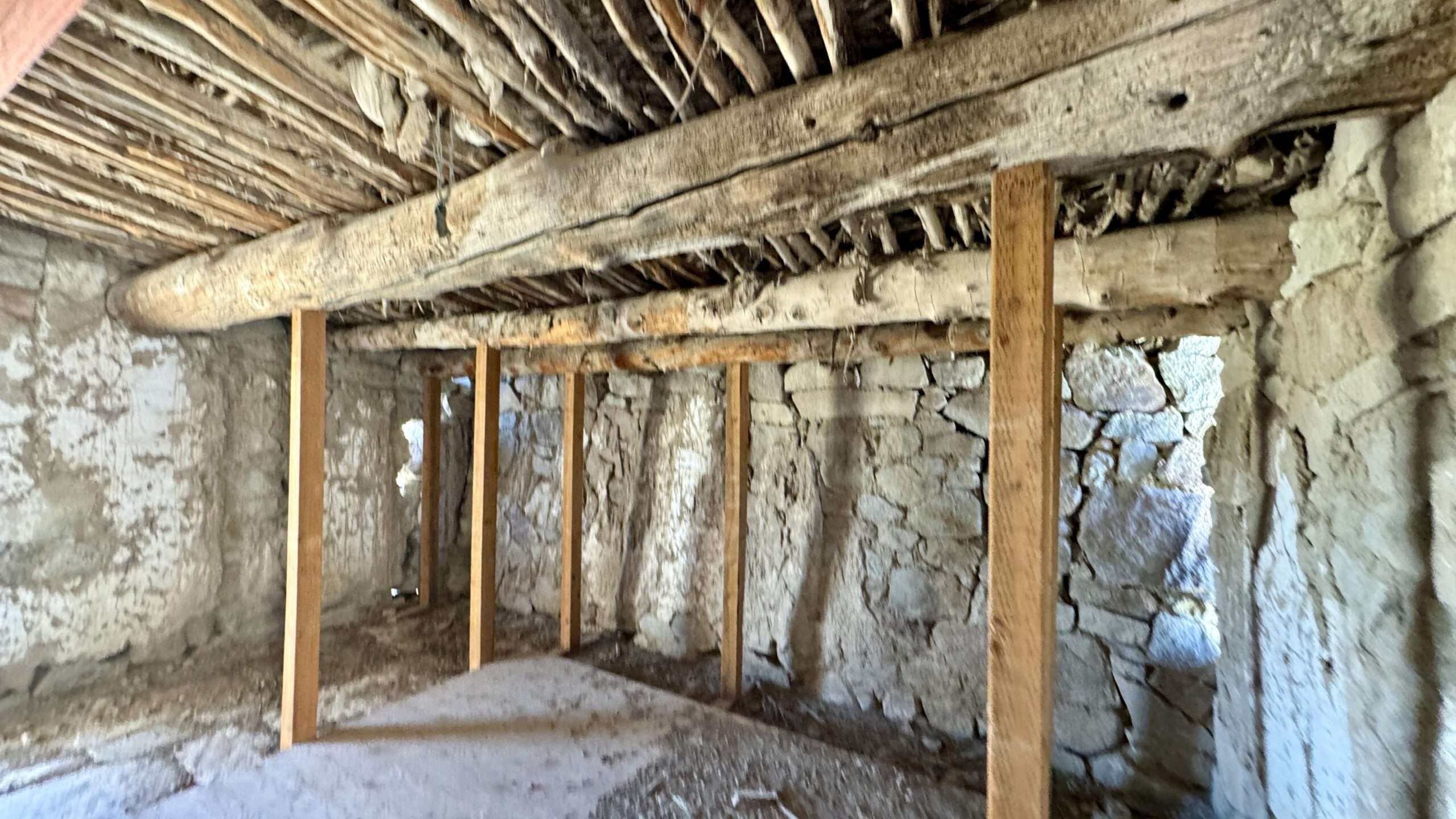
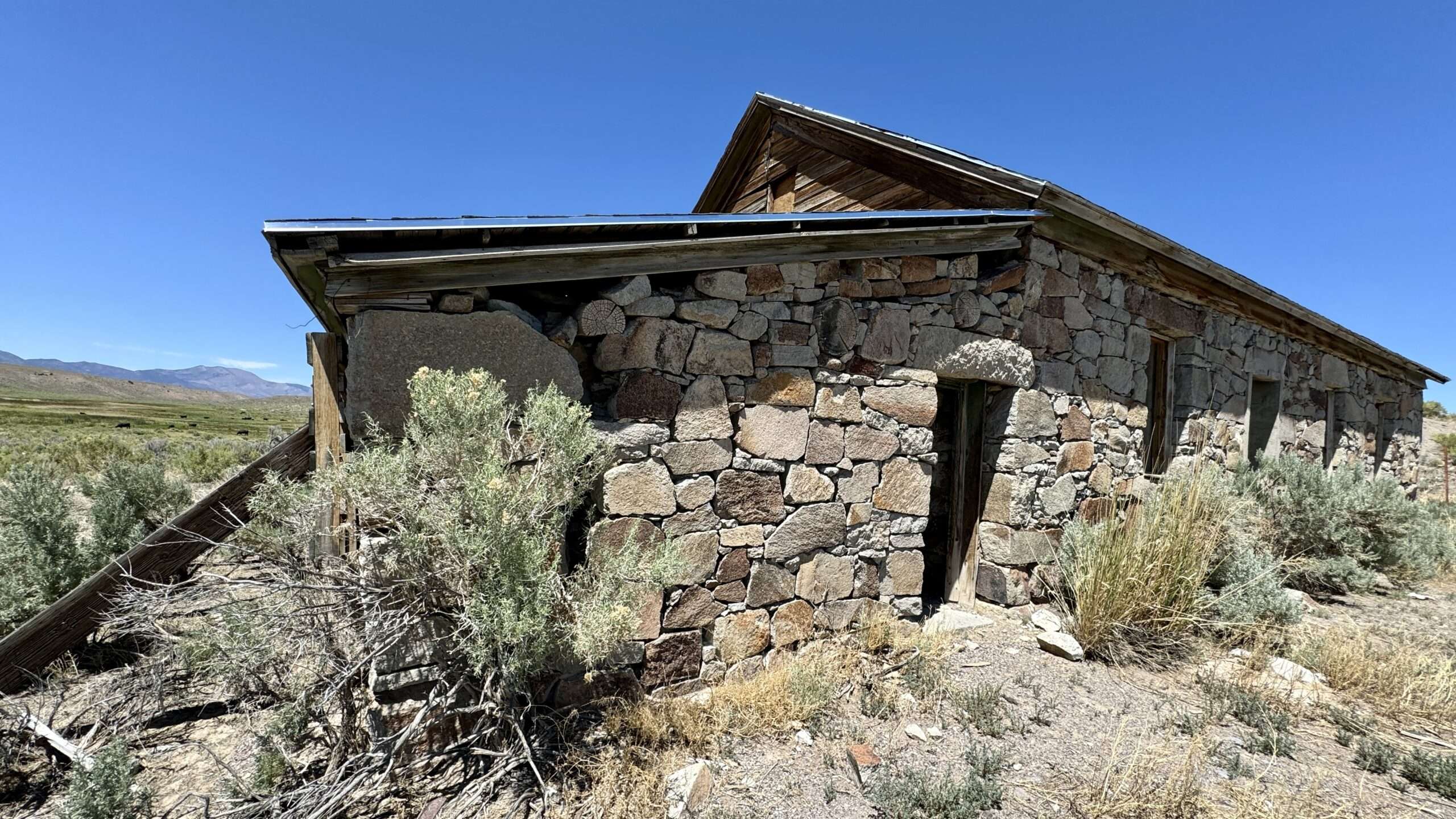
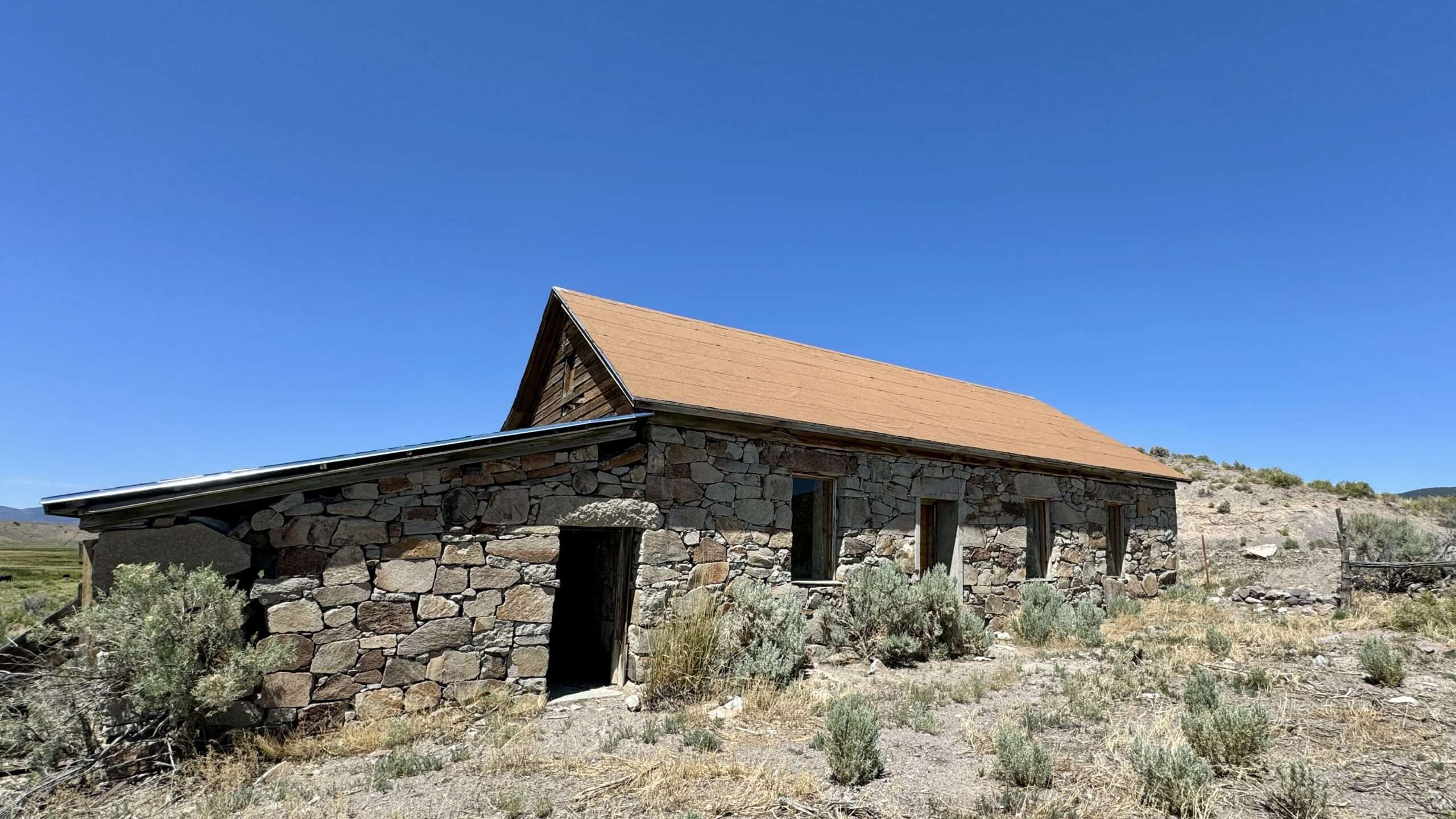
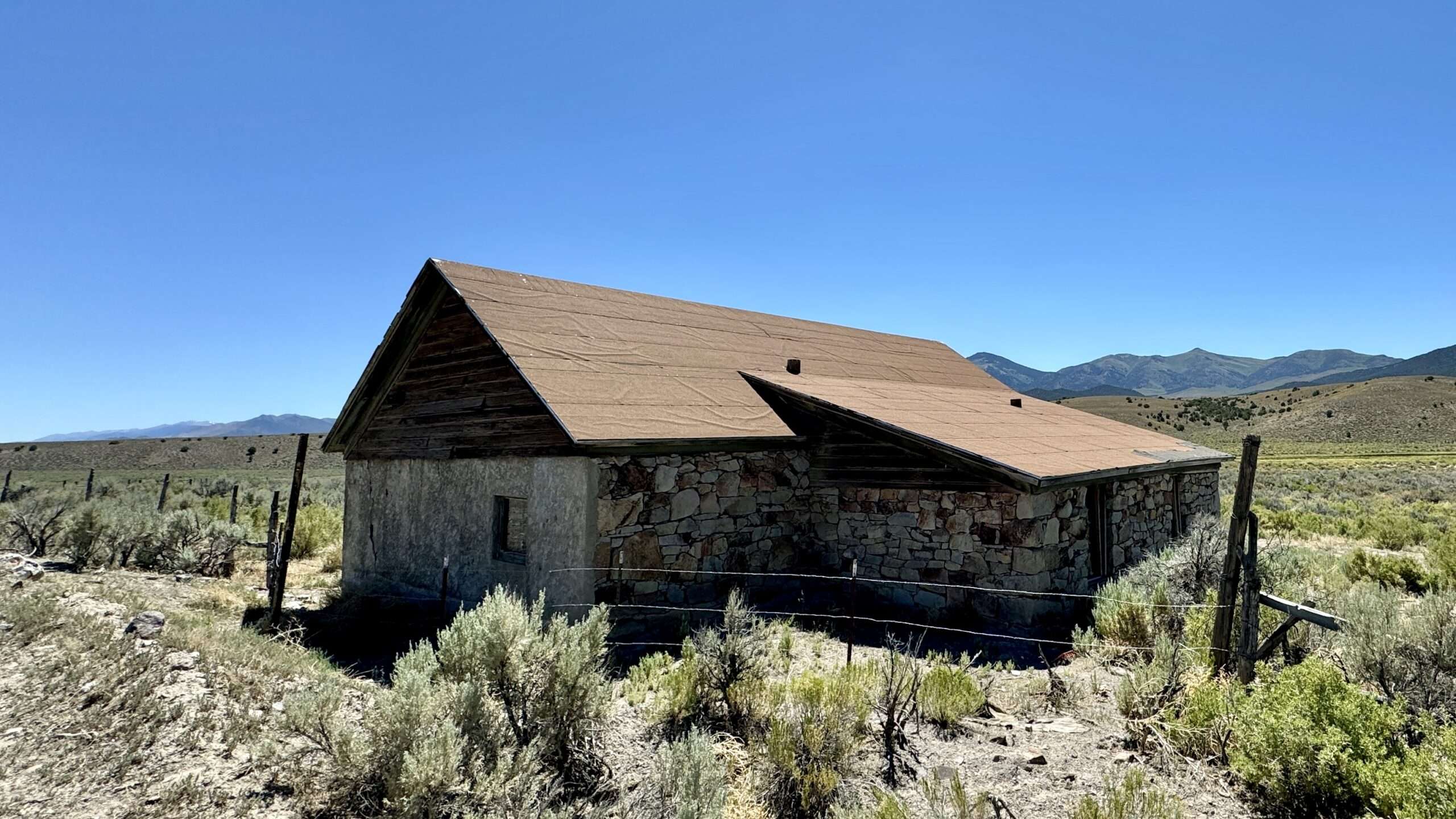
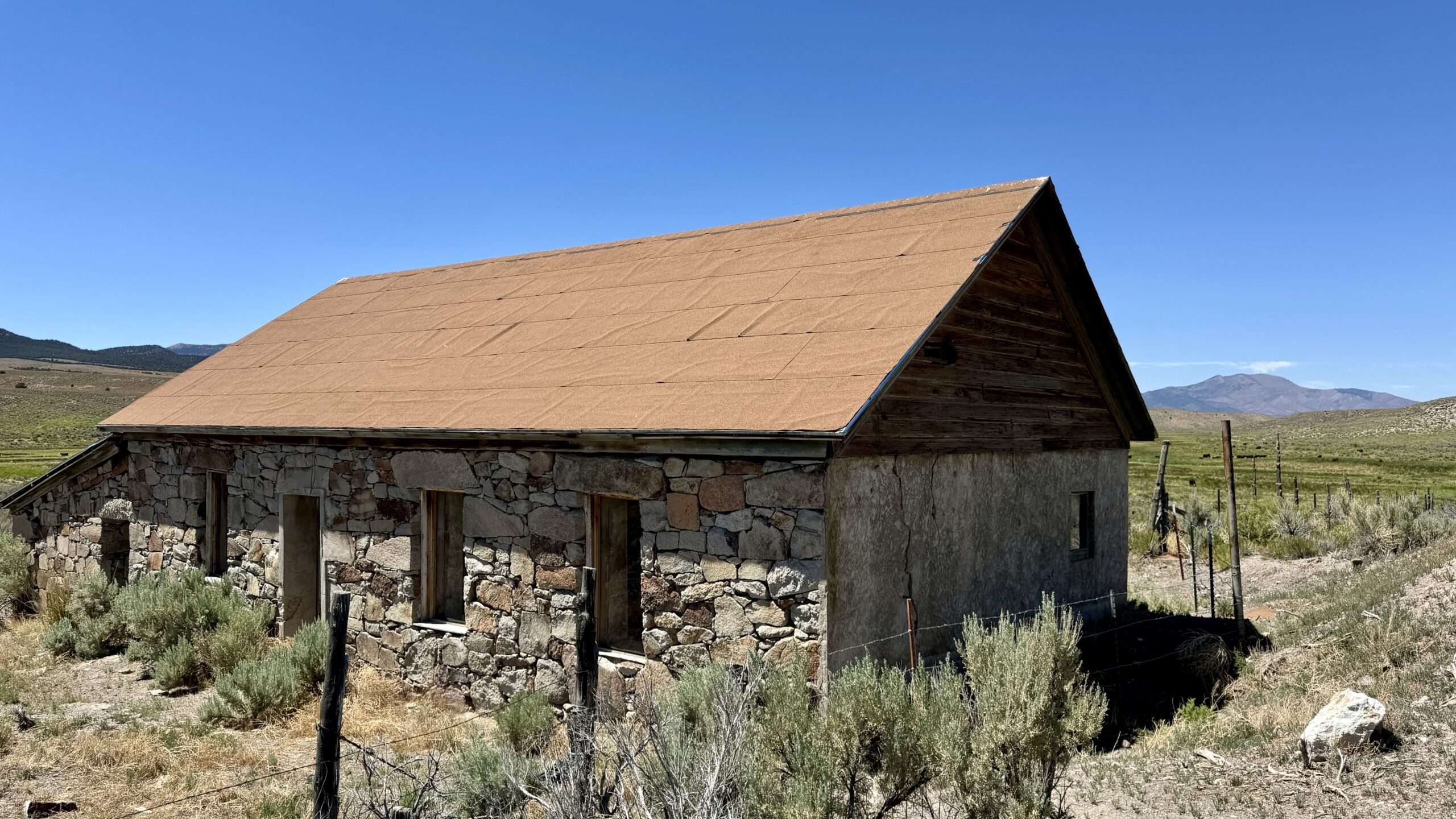

Tippett
Thank you to Tippett Ranch for allowing us to photograph the old buildings. It started as a sheep ranch and had a post office from May 1896 to Dec 1913 and 1915 to 1926. Permission is required to visit Tippett.
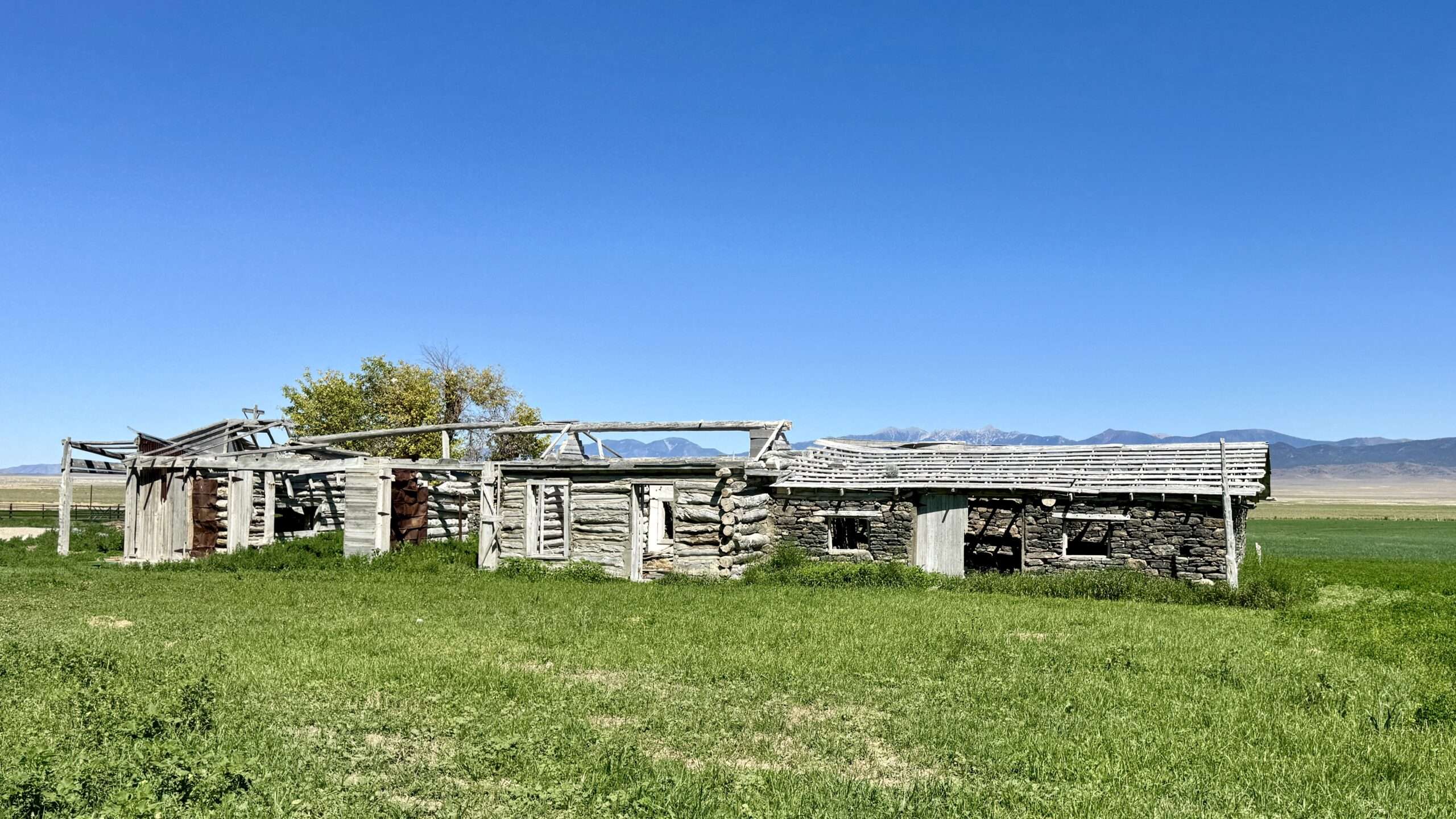
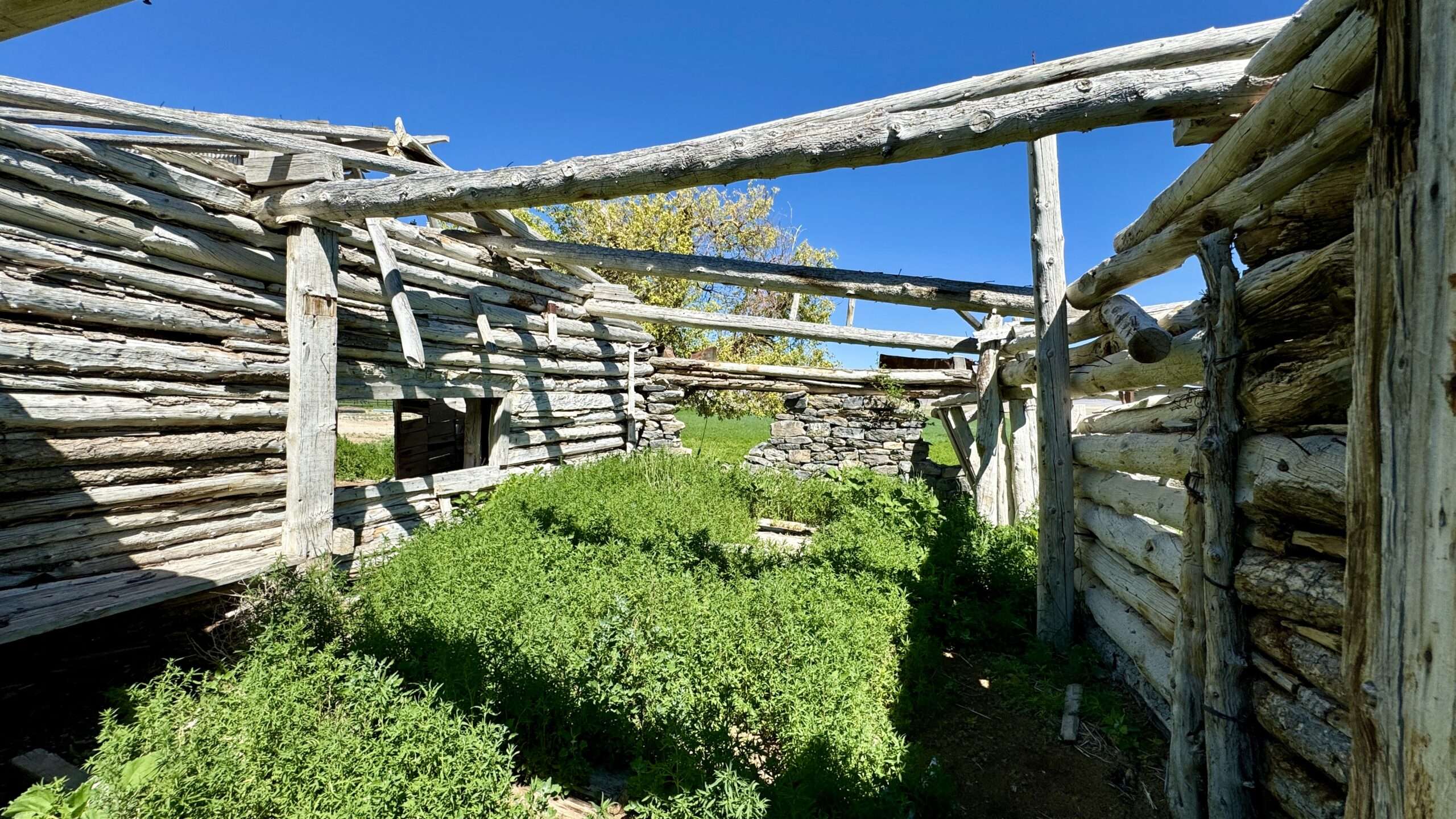
I wonder if they raise dogs; there were a lot, and I mean a lot! They were a little apprehensive at first then warmed up and followed us around asking for pets.
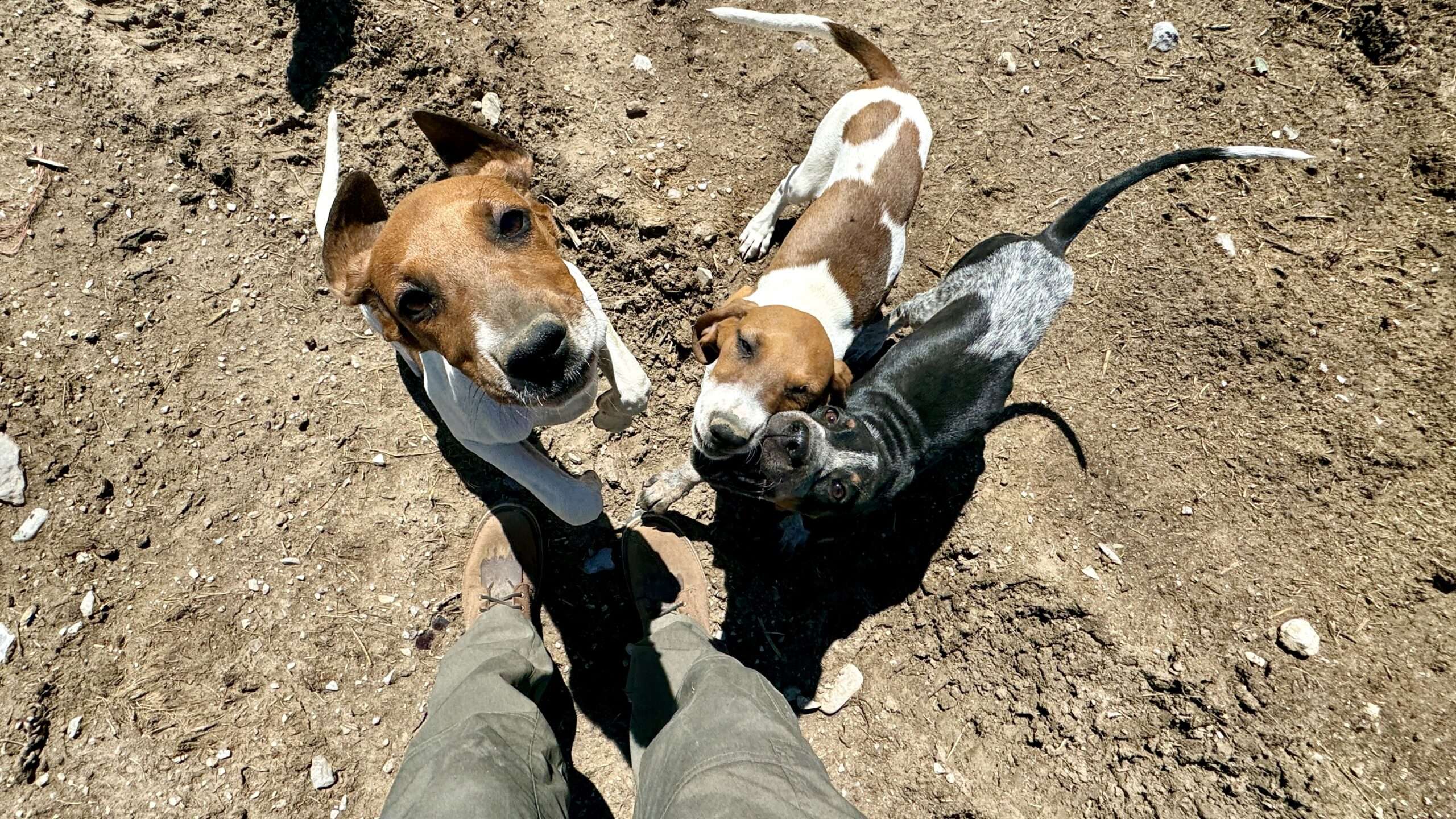
Major’s Place

Major’s Place opened in the 1930s as a gas station, restaurant and lodging. I wish they still had a gas station! Honey Badger has a drinking problem, so we filled up from my external tanks at Major’s Place.
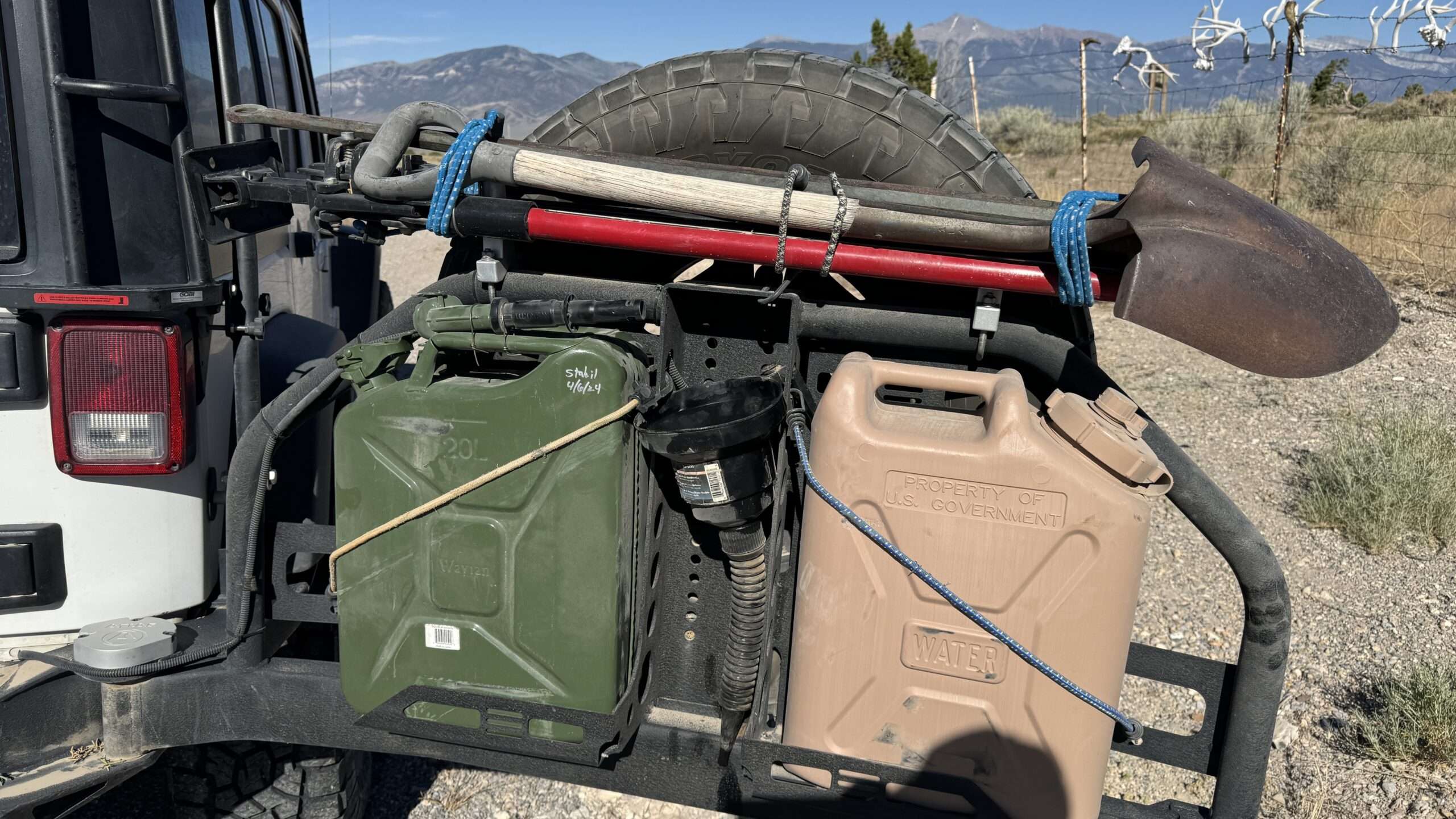
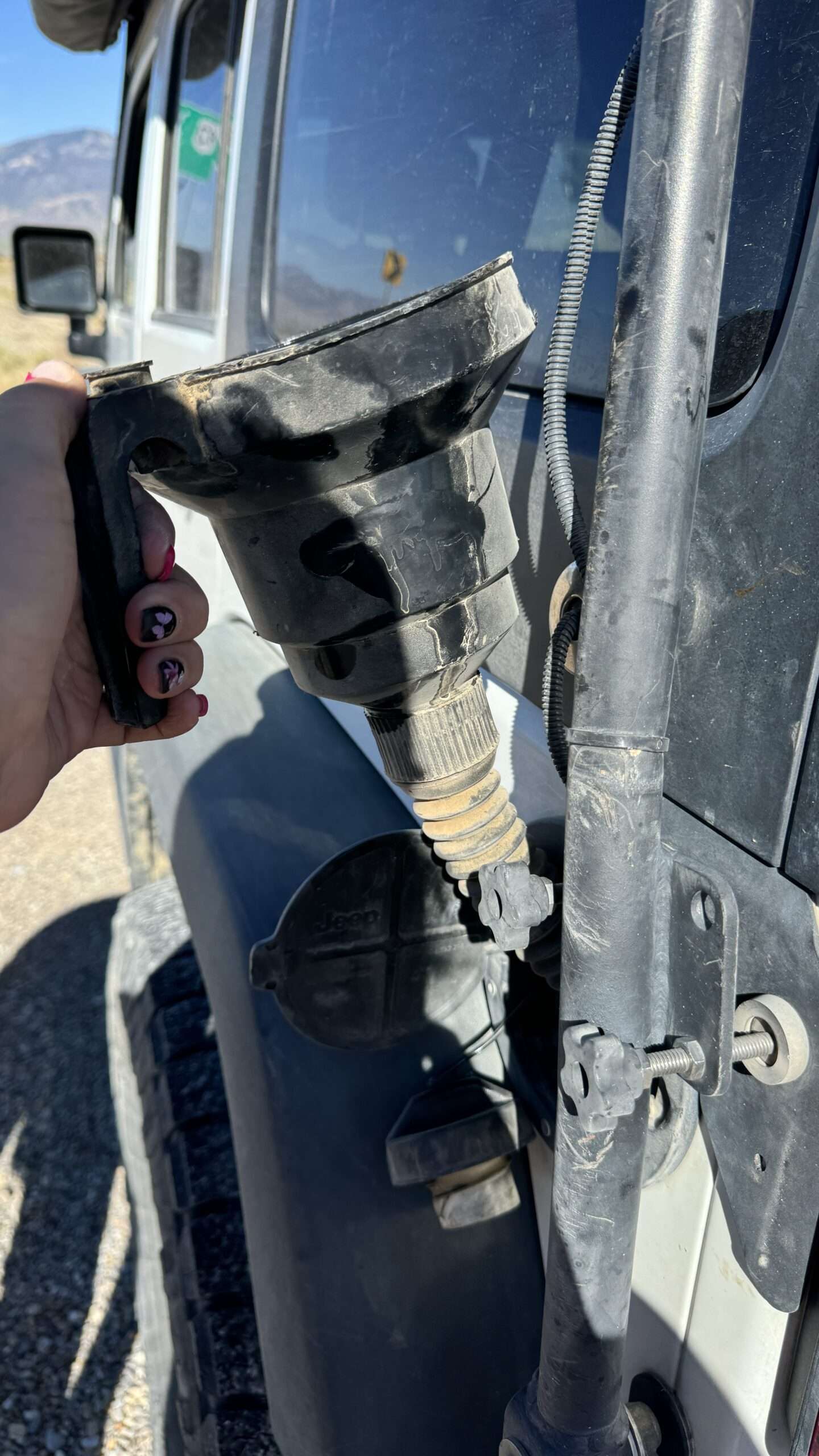
Camp Sweet Camp
After a long day of ghost hunting, we returned to camp. I made jambalaya and banana boats. I guess I better add a better can opener to my camp gear! The banana boats were a huge hit and will now be a staple on future trips.

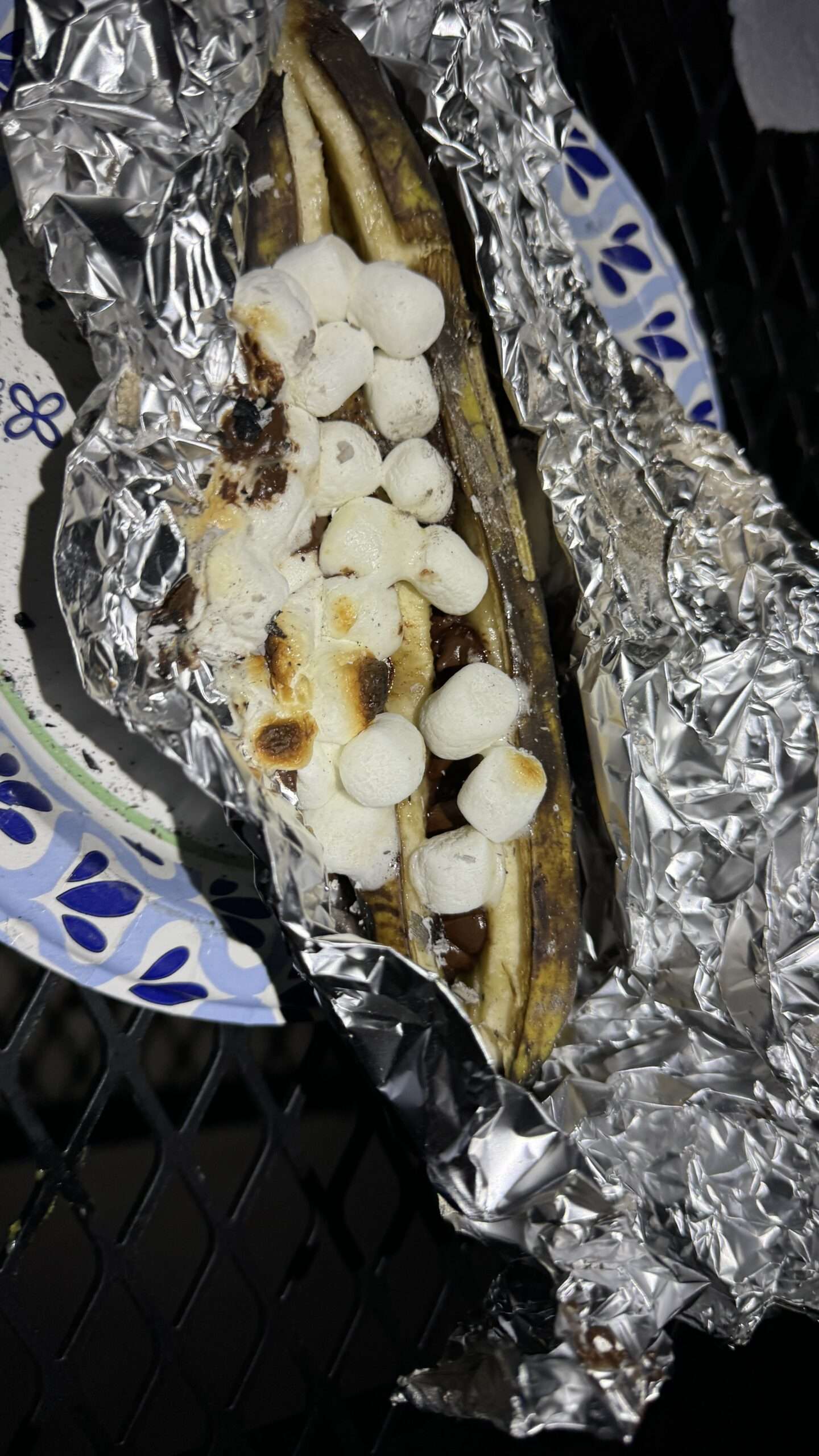
Day 2
Garnet Hill Miner’s cabin
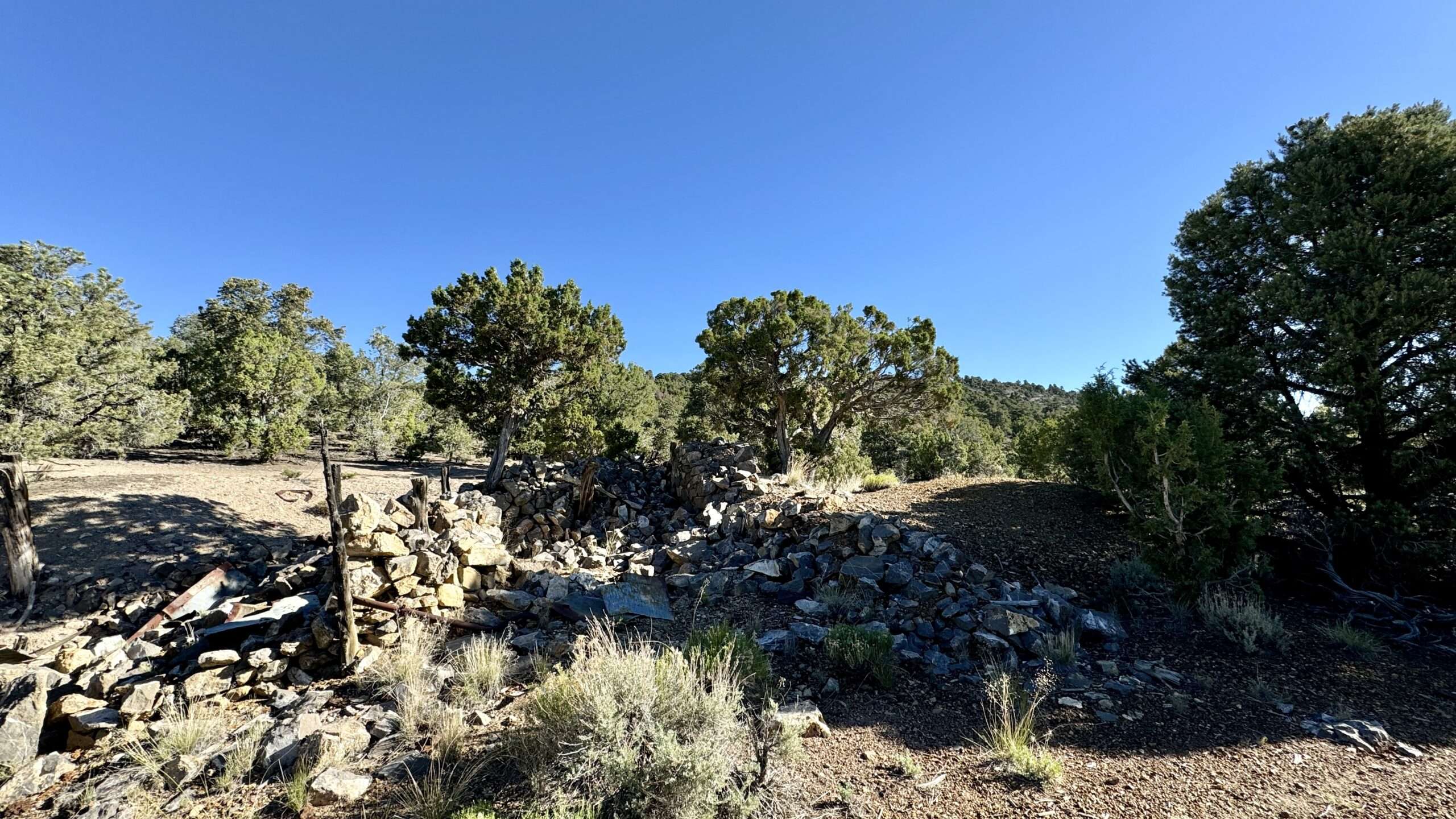
There was no information on this old mine and cabin, but it was close to our campsite.
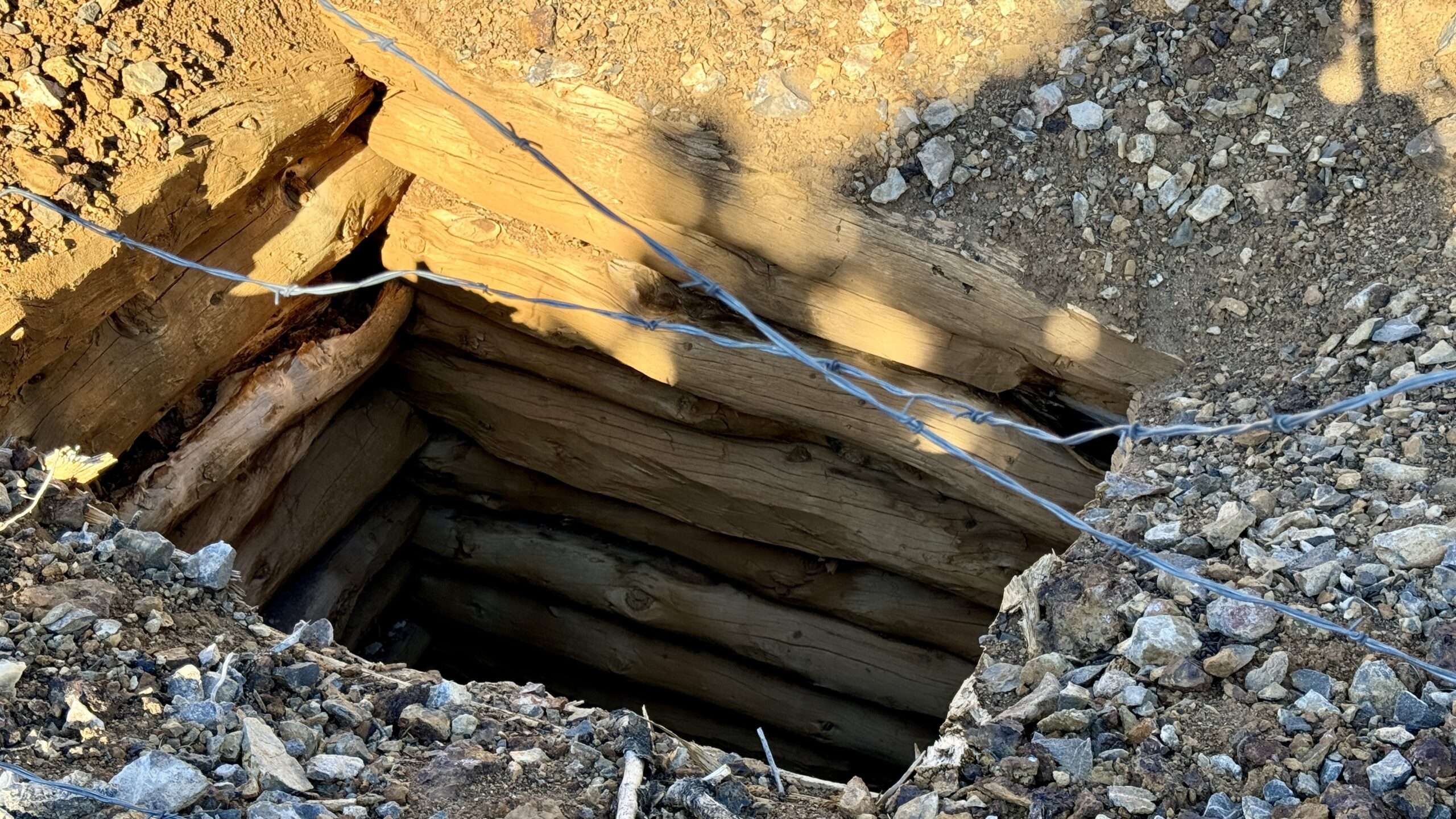
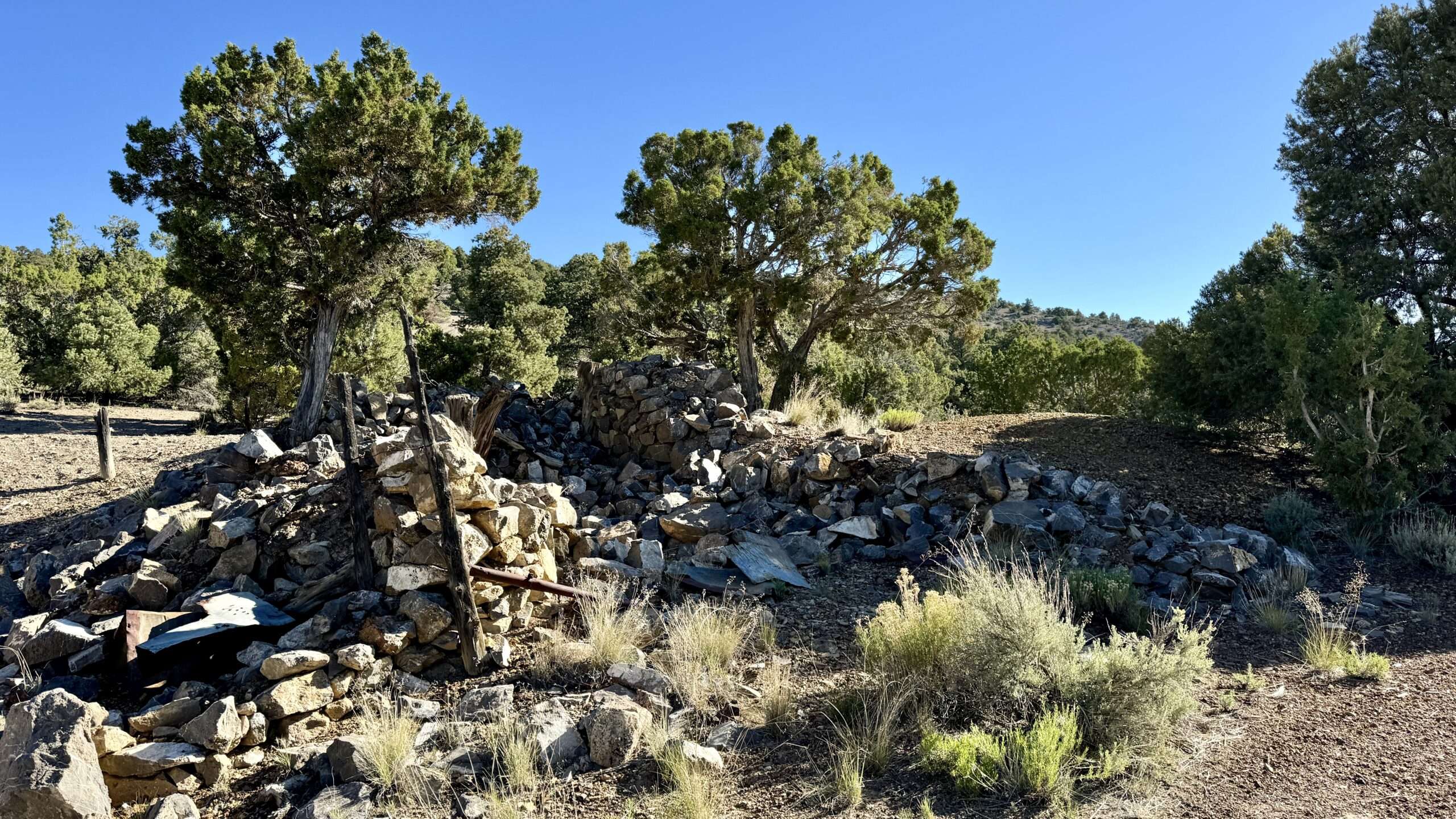
Osceoloa

Prospectors discovered placer gold in 1871 and organized a mining district the following year. Throughout the decade, miners used pans and arrastras. In 1880, the Osceola Placer Mining Company used hydraulic mining and dug canals to bring water to the mines. The town of Osceola developed and included a post office, stores, and saloons. In twenty years of operation, they recovered 2 million dollars of gold.
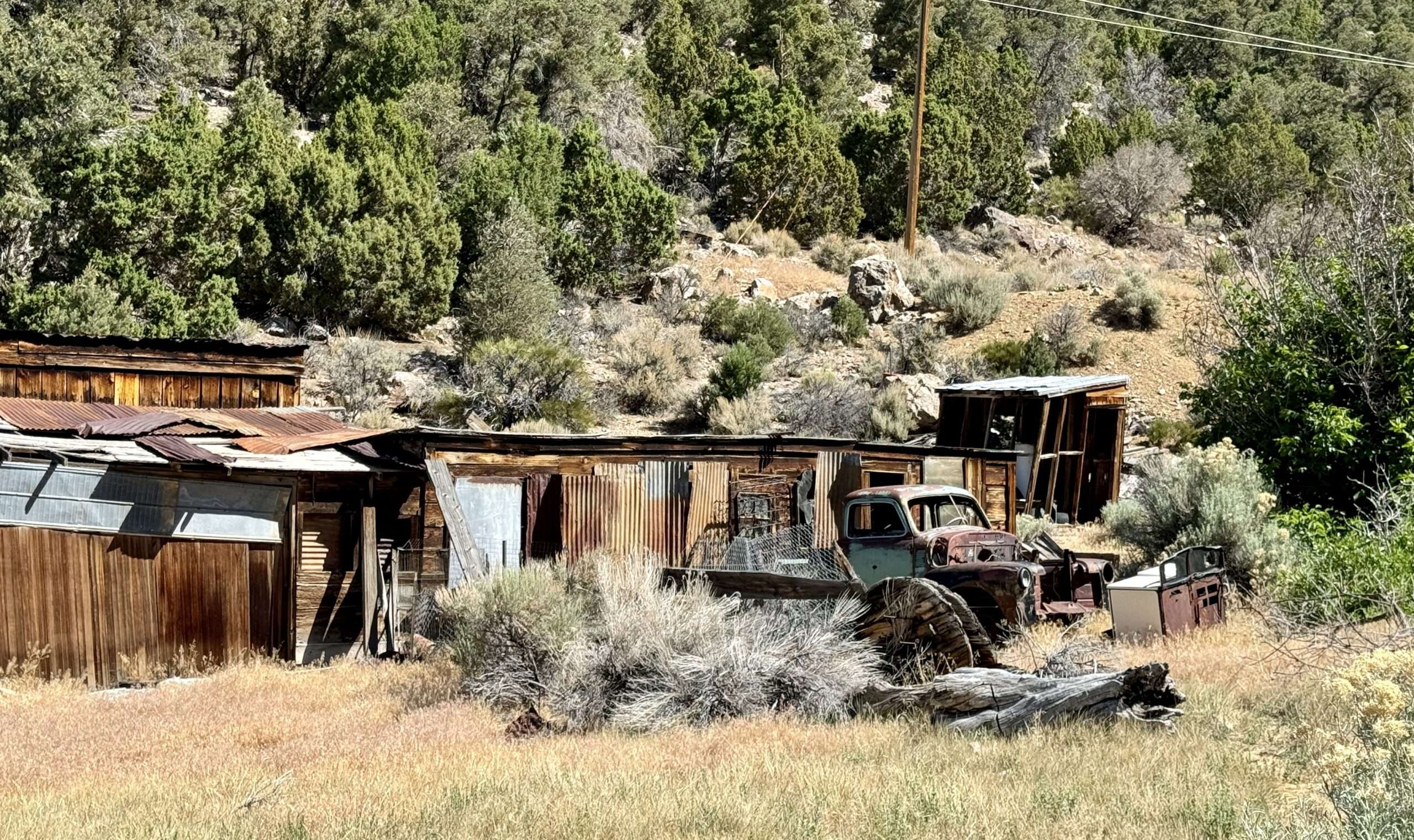
Smaller-scale mines operated through 1920 when the post office closed. Sporadic prospecting occurred in the 1960s.
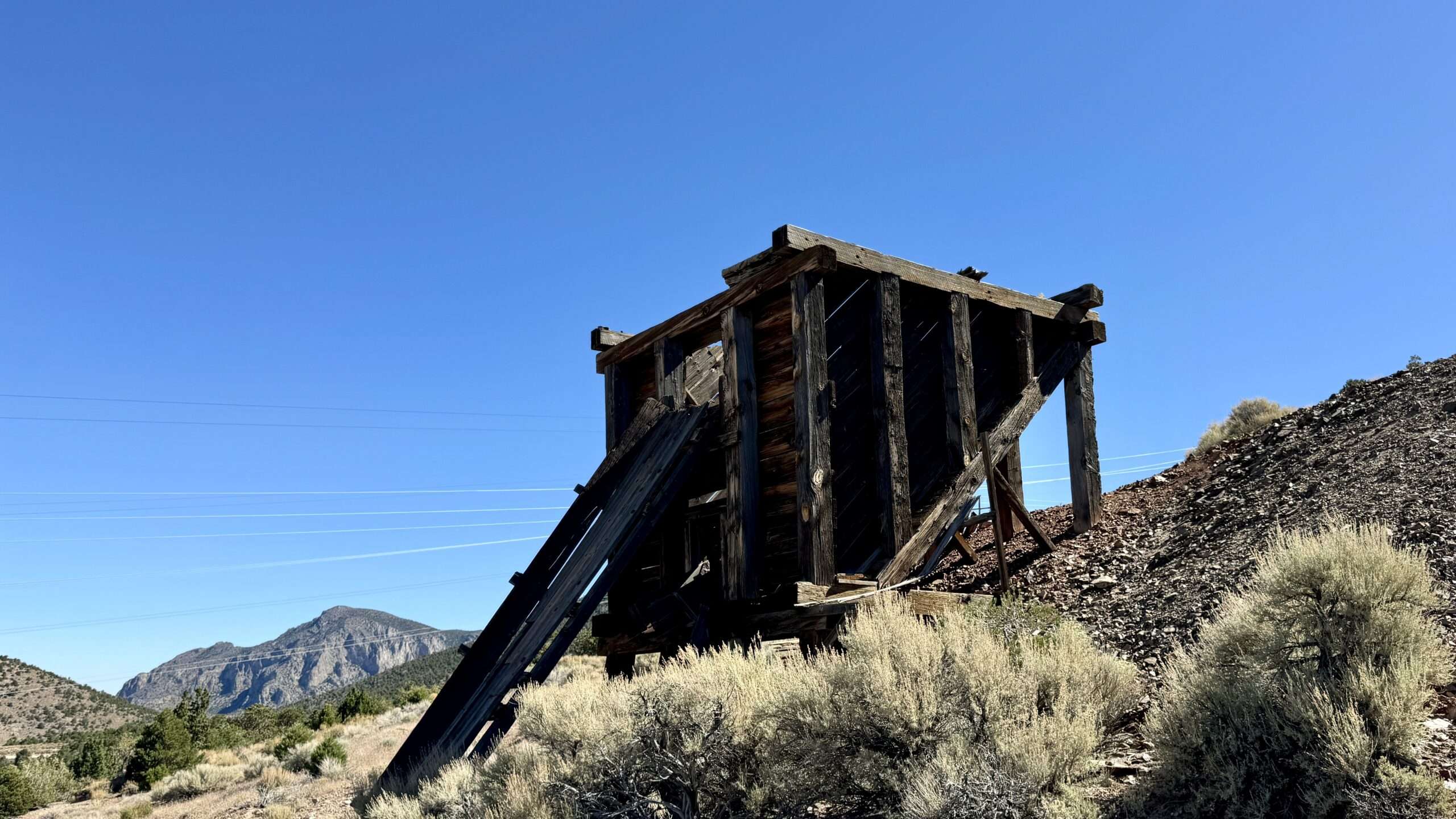
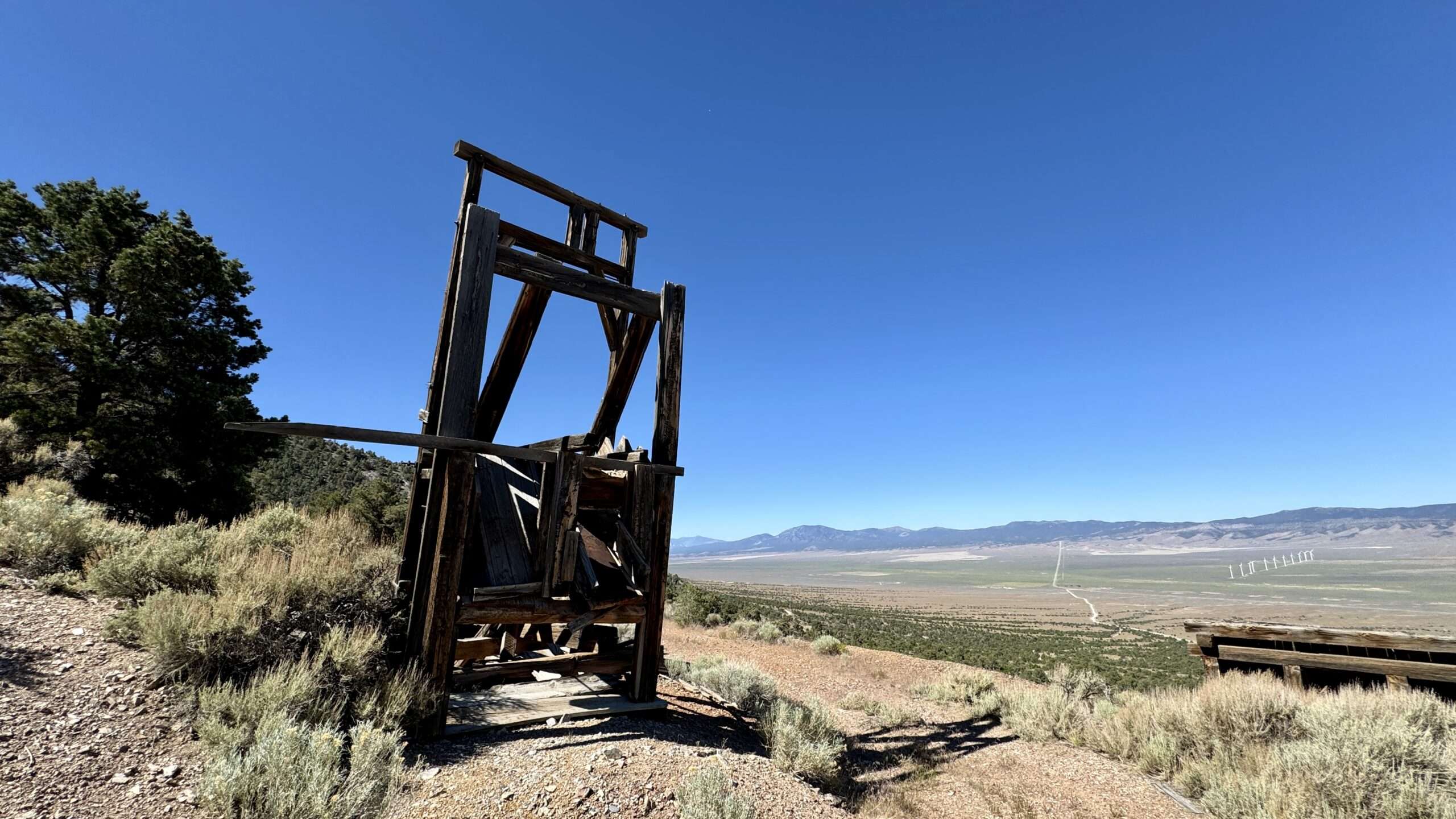
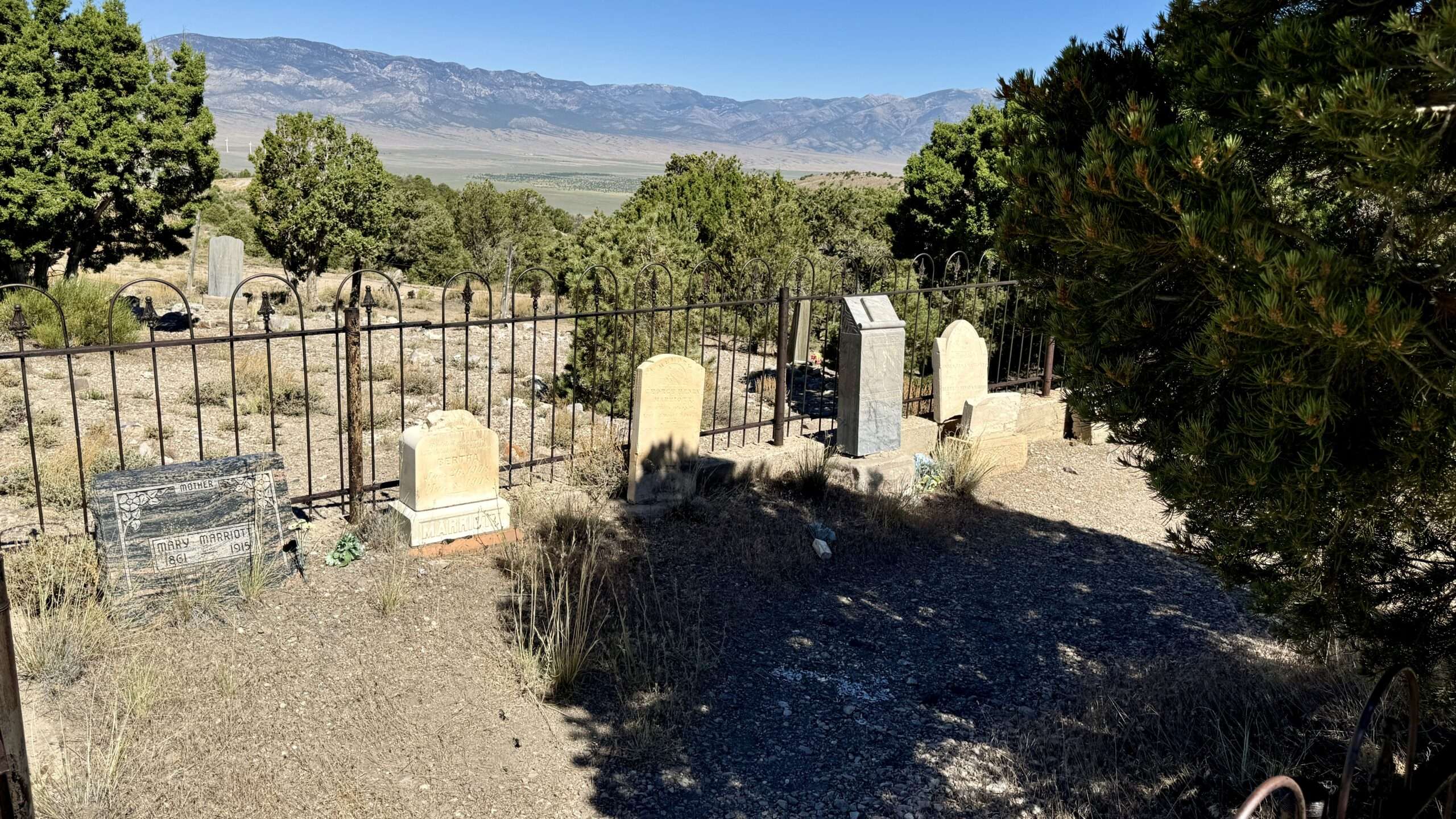
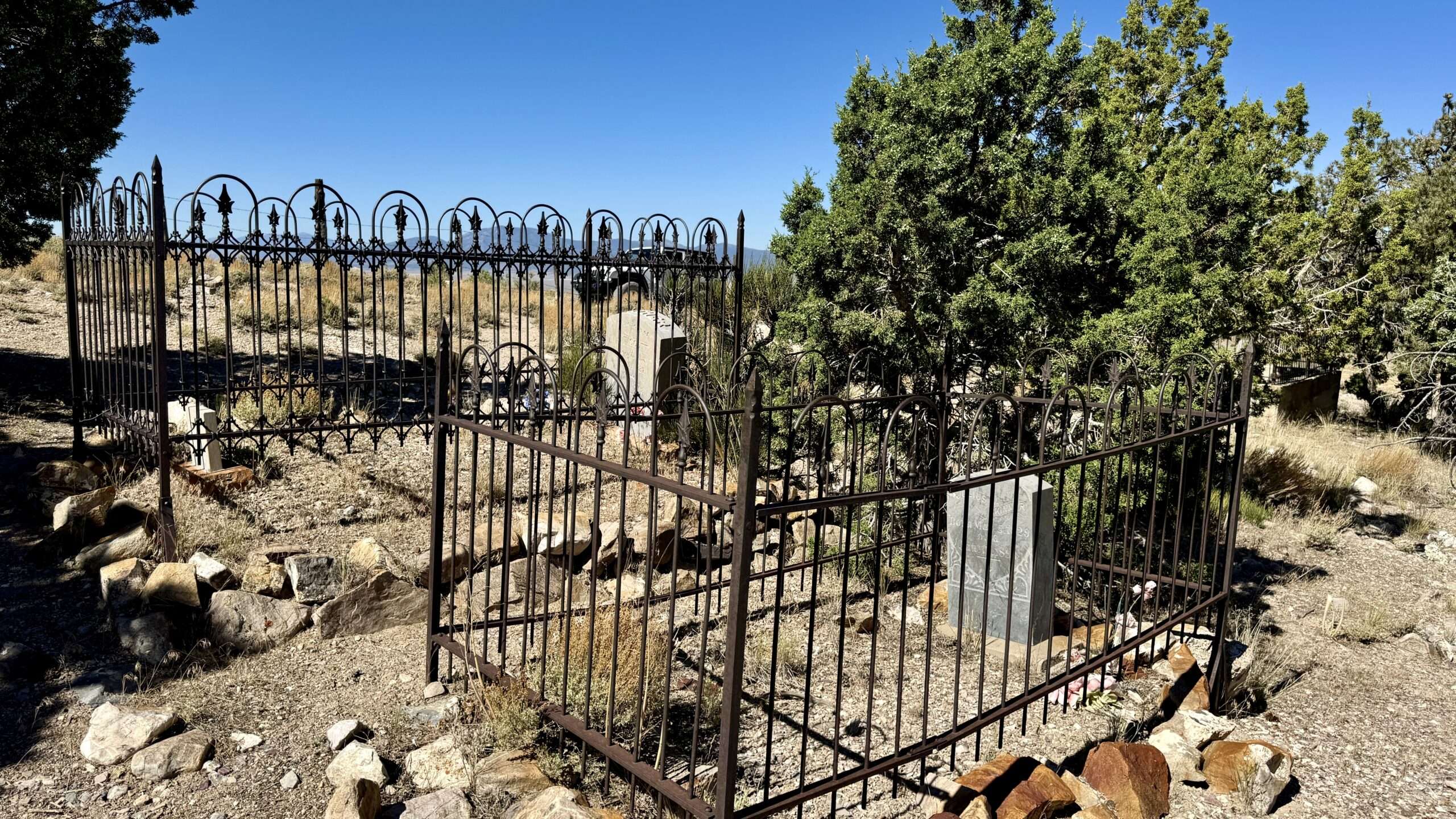
Black Horse
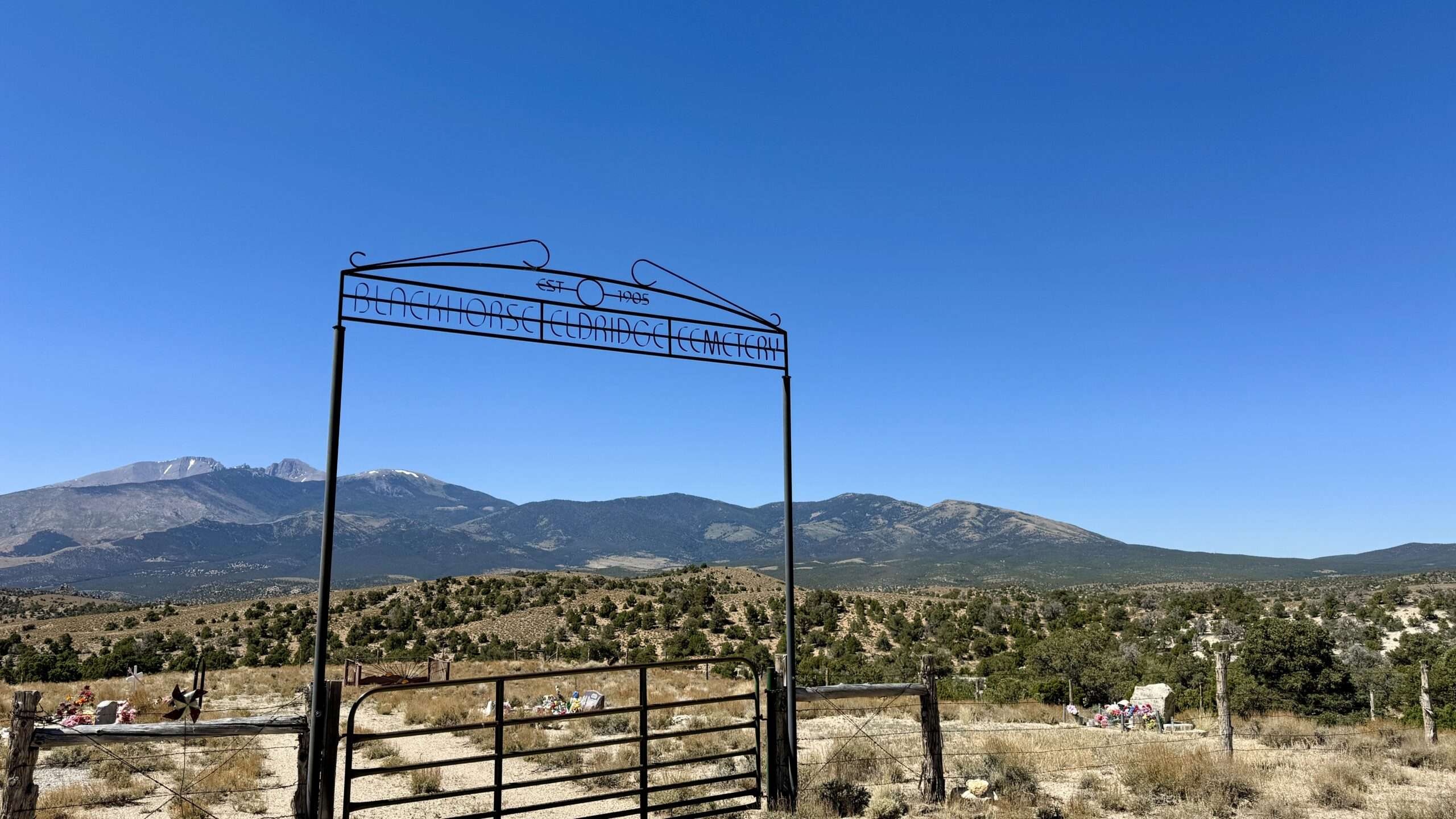
Prospectors accidentally discovered gold mines in 1905. In the next six months, the town grew to 400 soles living in tents and rustic wood cabins. By 1906, Black Horse included businesses, boarding houses, a school and a post office. A simple mill was built in 1909 and replaced the following year.
The ore ran out in 1913, and the mines and mill closed. Black Horse experienced several revivals but remained a ghost town.
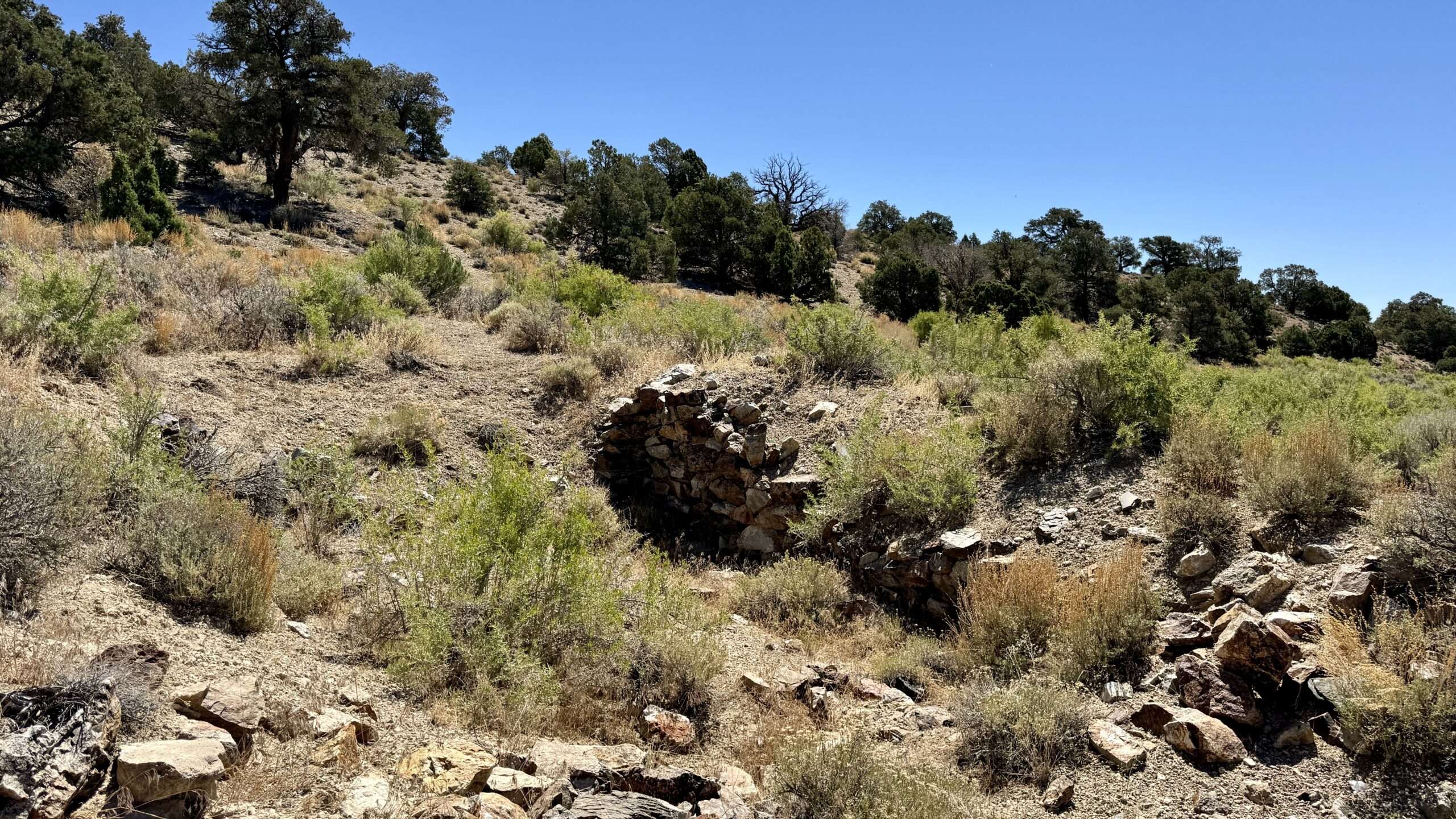
A few dugout foundations mark the town site. The cemetery sits above town and has two older graves. One is Tommy Eldridge a baby who died in 1911. The oldest grave is that of “Black Horse Miner.” He was possibly killed in a shootout at a Black Horse saloon. Hmmm, it sounds like a Tami Story to investigate!
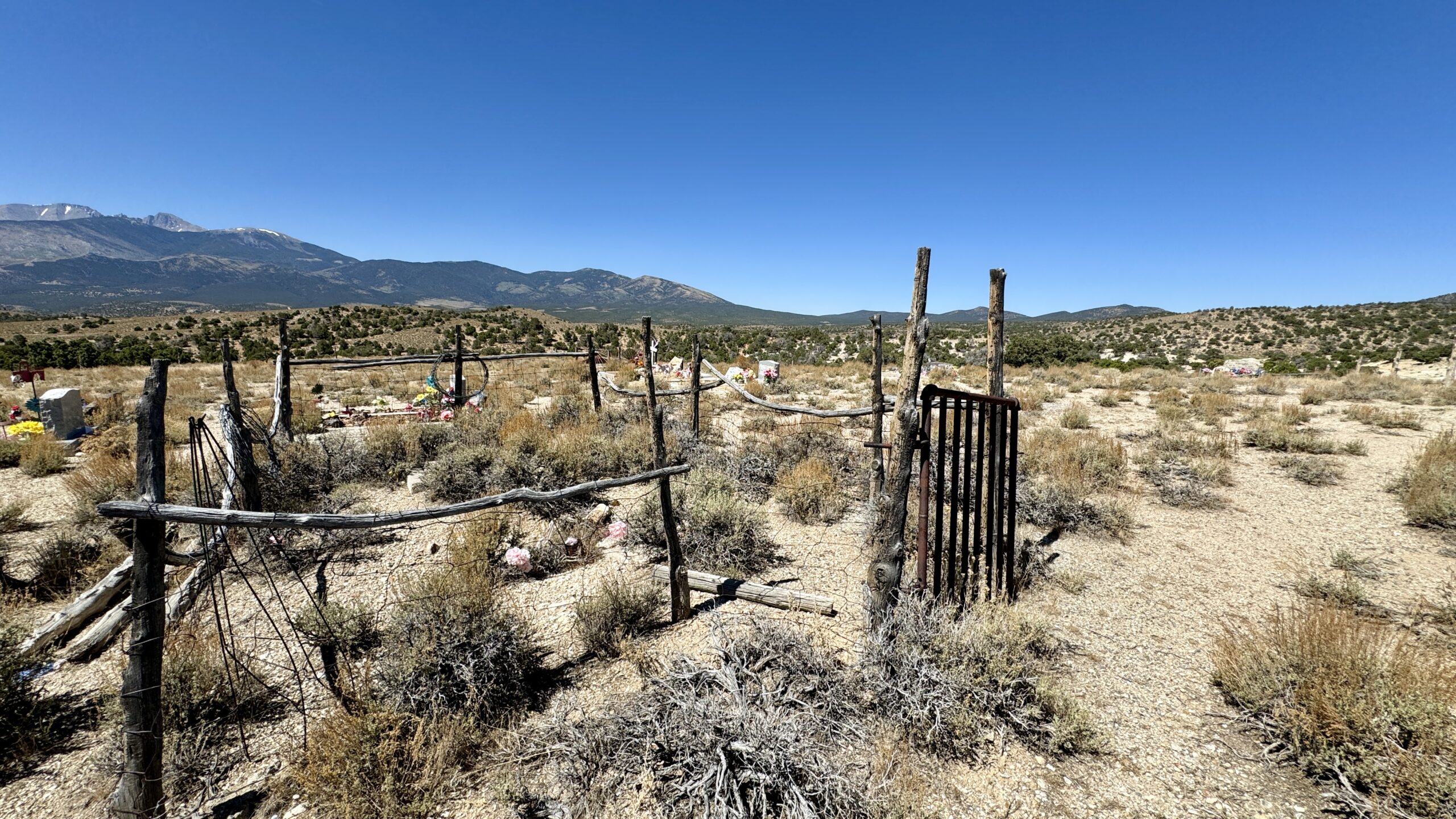
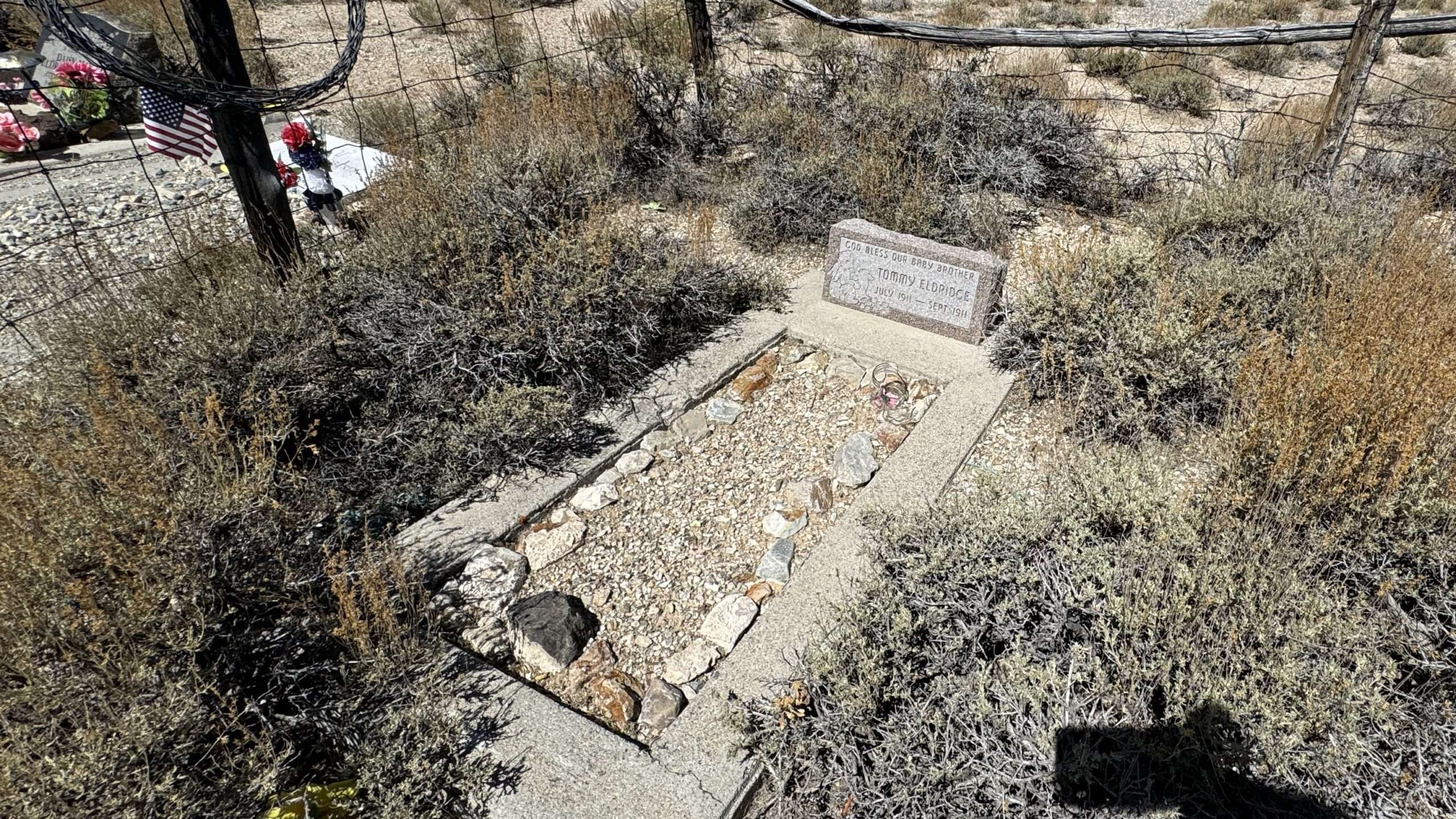
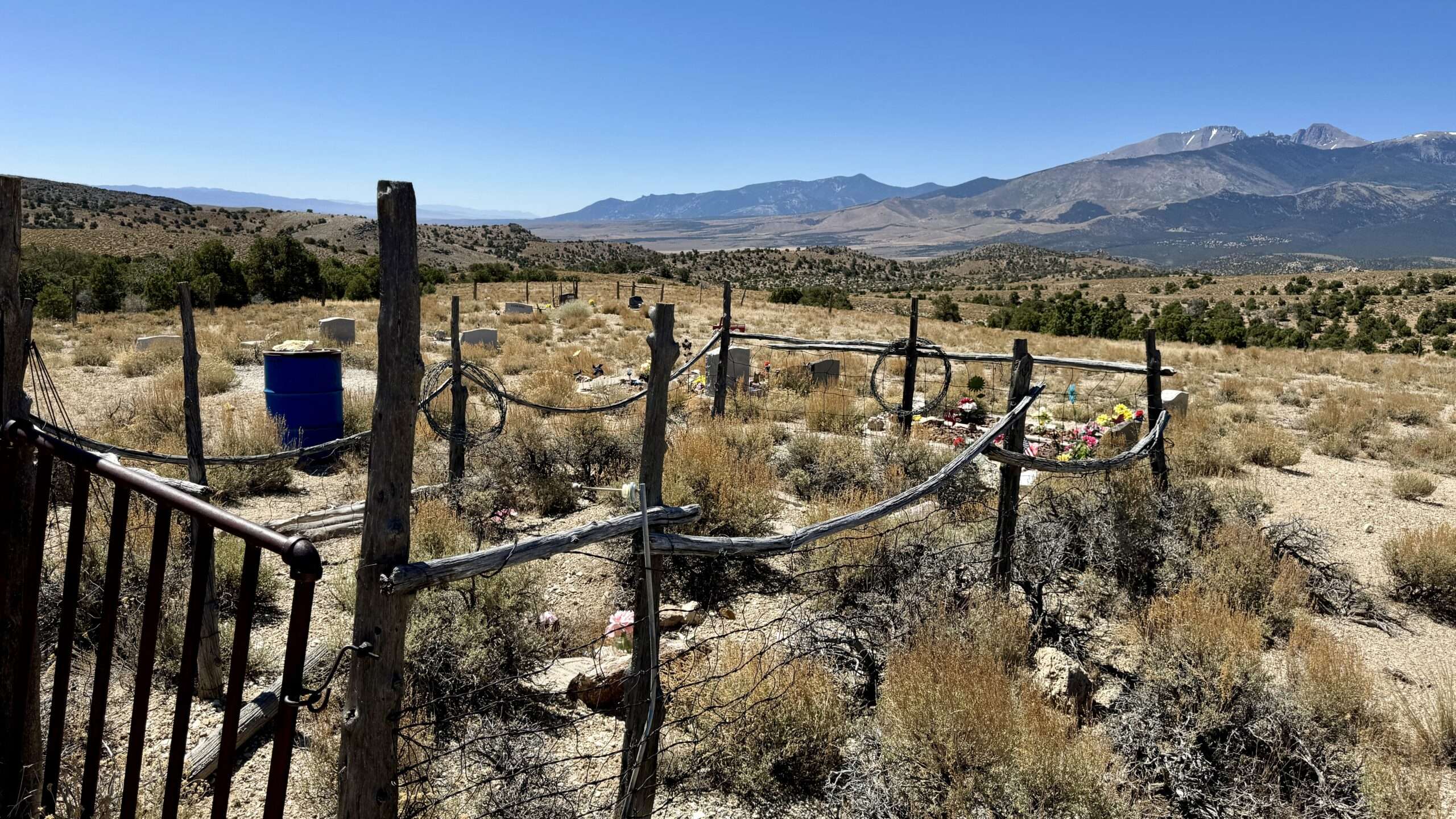
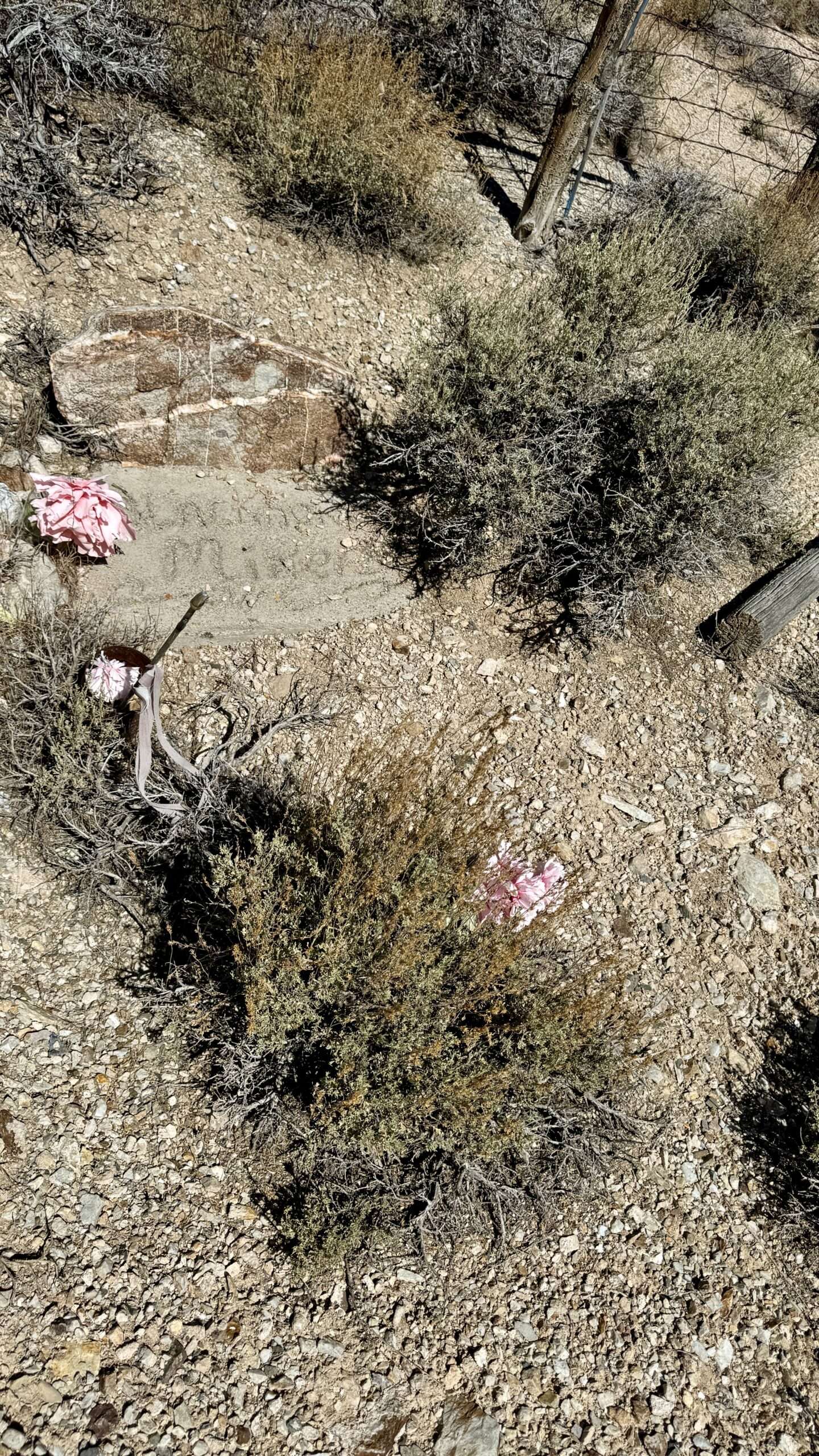
Rhodes Cabin

Clarence and Bea Rhodes, custodians of Lehman Caves, built the cabin for visitors in the 1920s. It is now part of Great Basin National Park and contains exhibits.
Minerva & Tungeston Mine
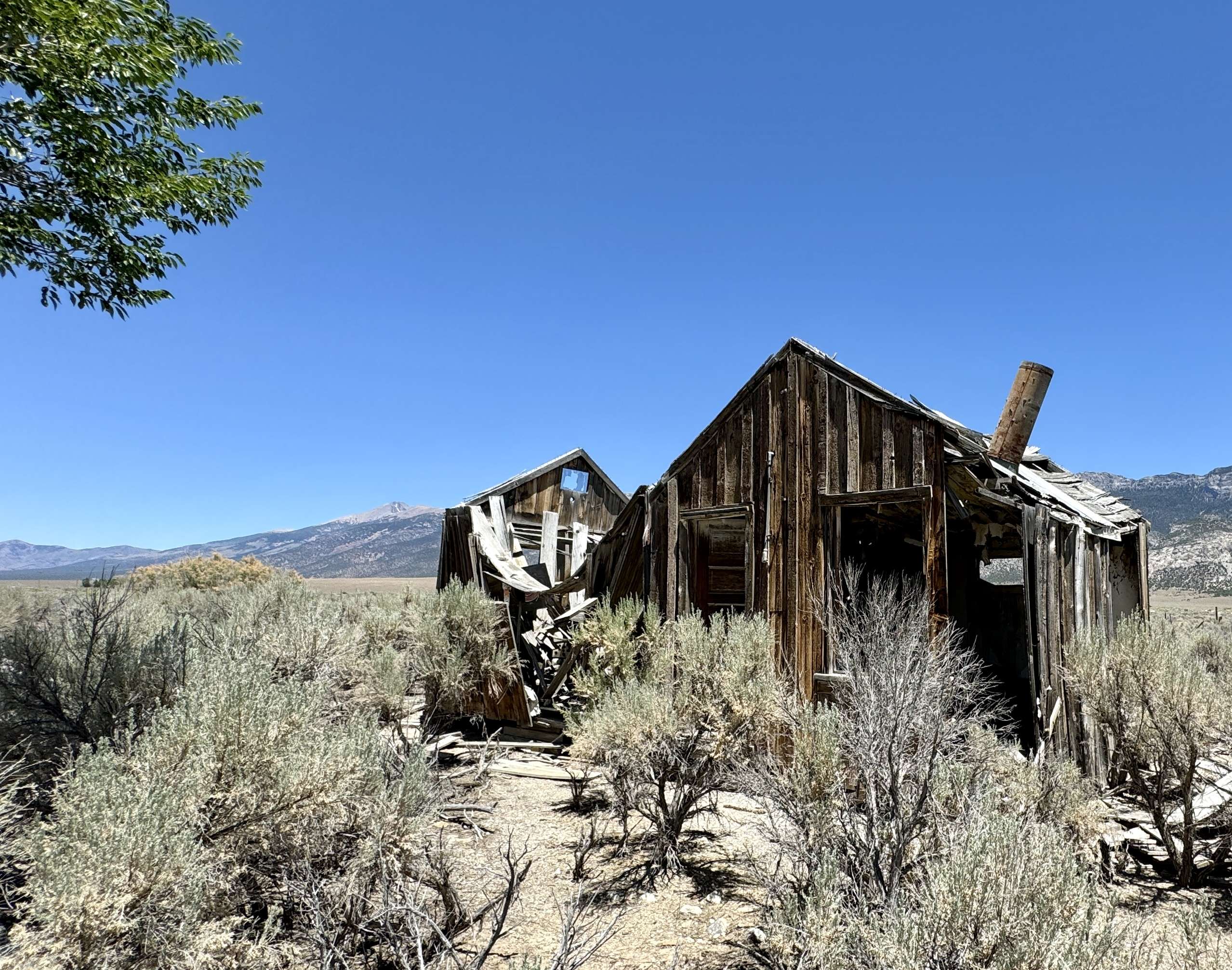
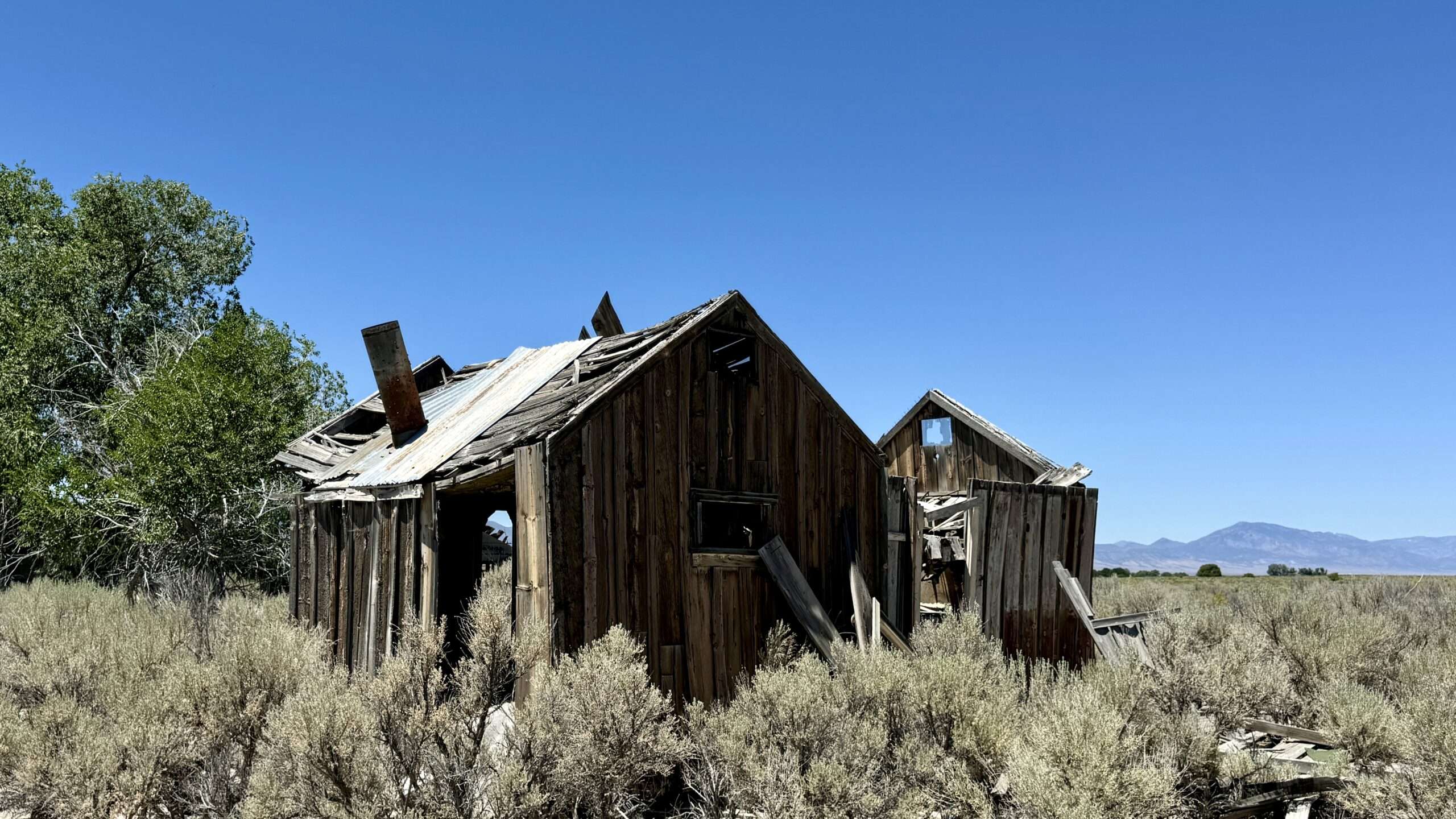
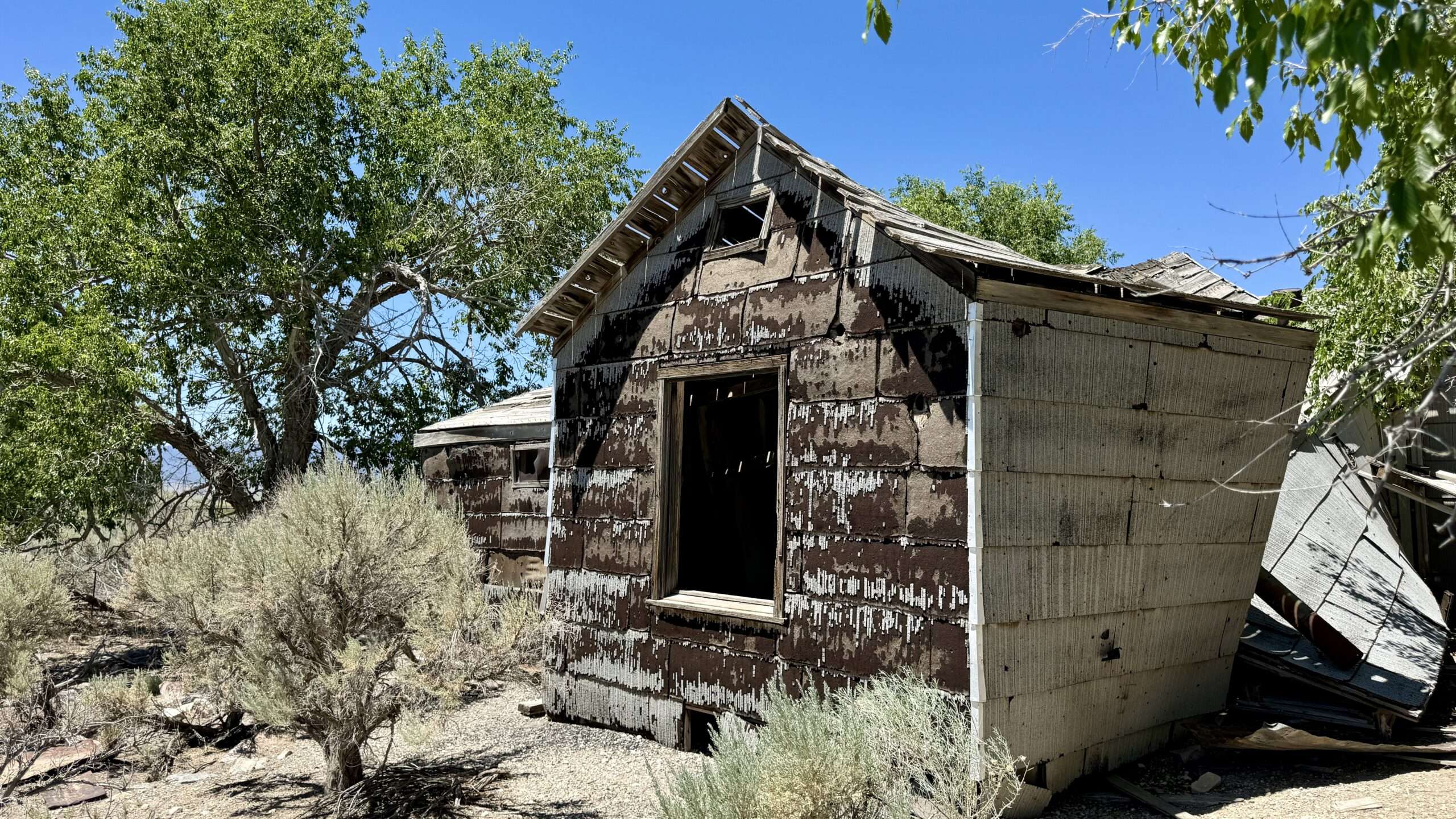
Mining on the west slope of the Snake Range started in 1869 but was abandoned less than a decade later. In the early 1900s, prospectors discovered tungsten. The U.S. Tungeston Corporation built a 50-ton concentrator in 1911. A camp was developed below the mines known as Tungsten Mines, and a post office was operated from 1916 to 1917.
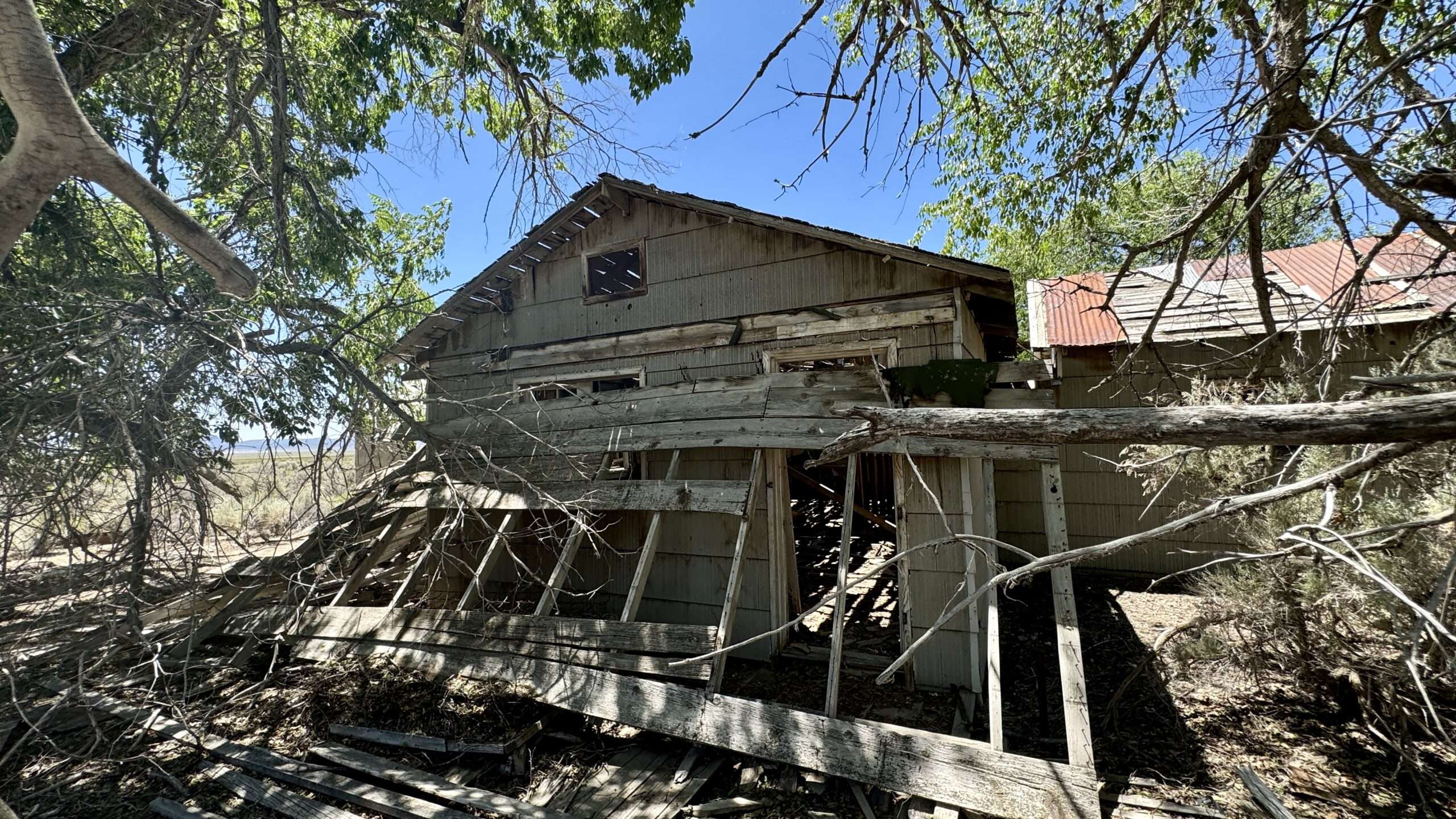
In 1916, the Minerva Tungeston Corp operated a 150-ton concentrating mill south of the “Little Boss” mine. Production ceased in 1918 but revived briefly in the 1930s.
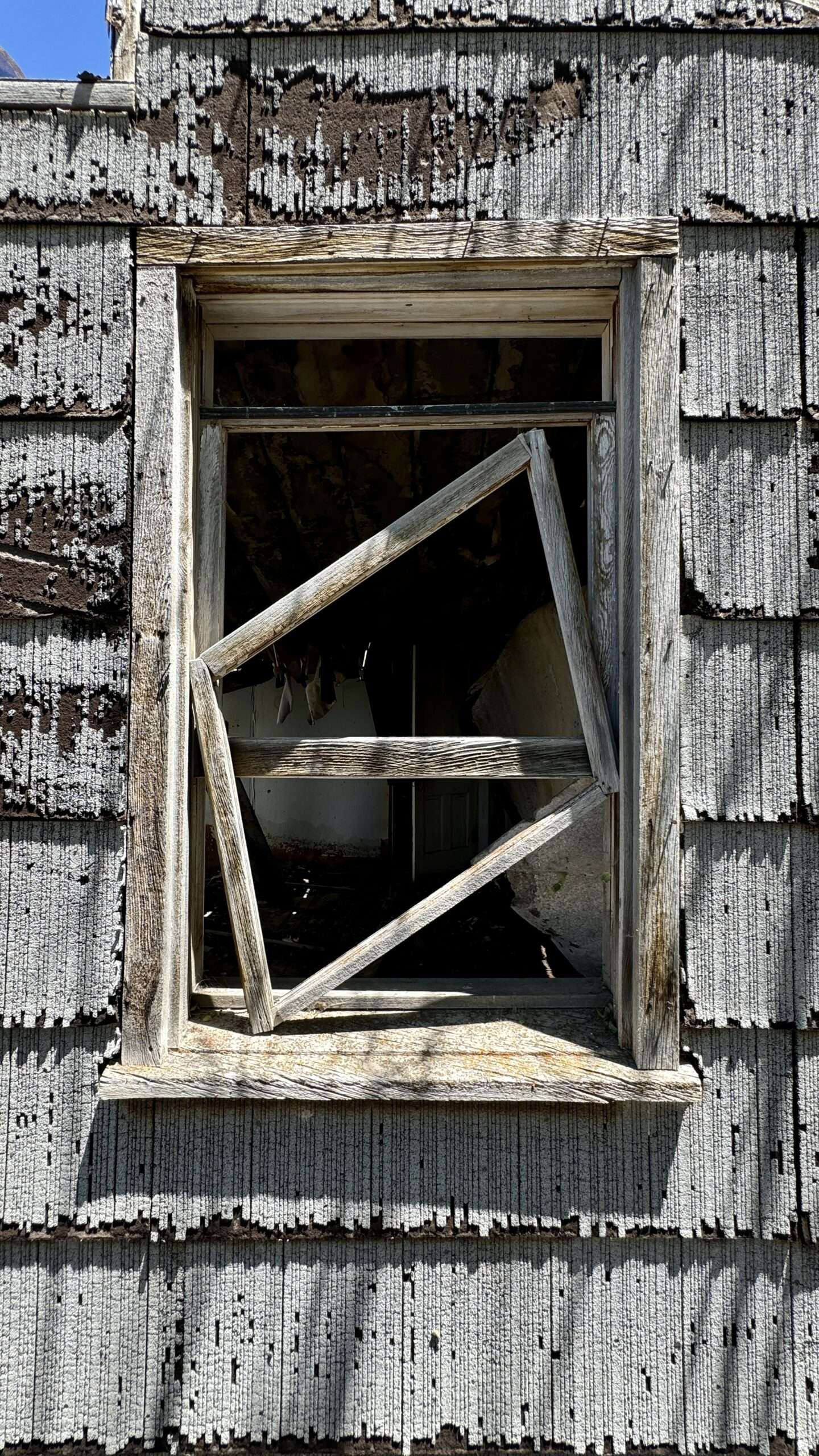
“Little Boss” Mine

I went with the name others have used for this mine and am providing limited information to protect the site. It is in fantastic condition and mainly off the internet.
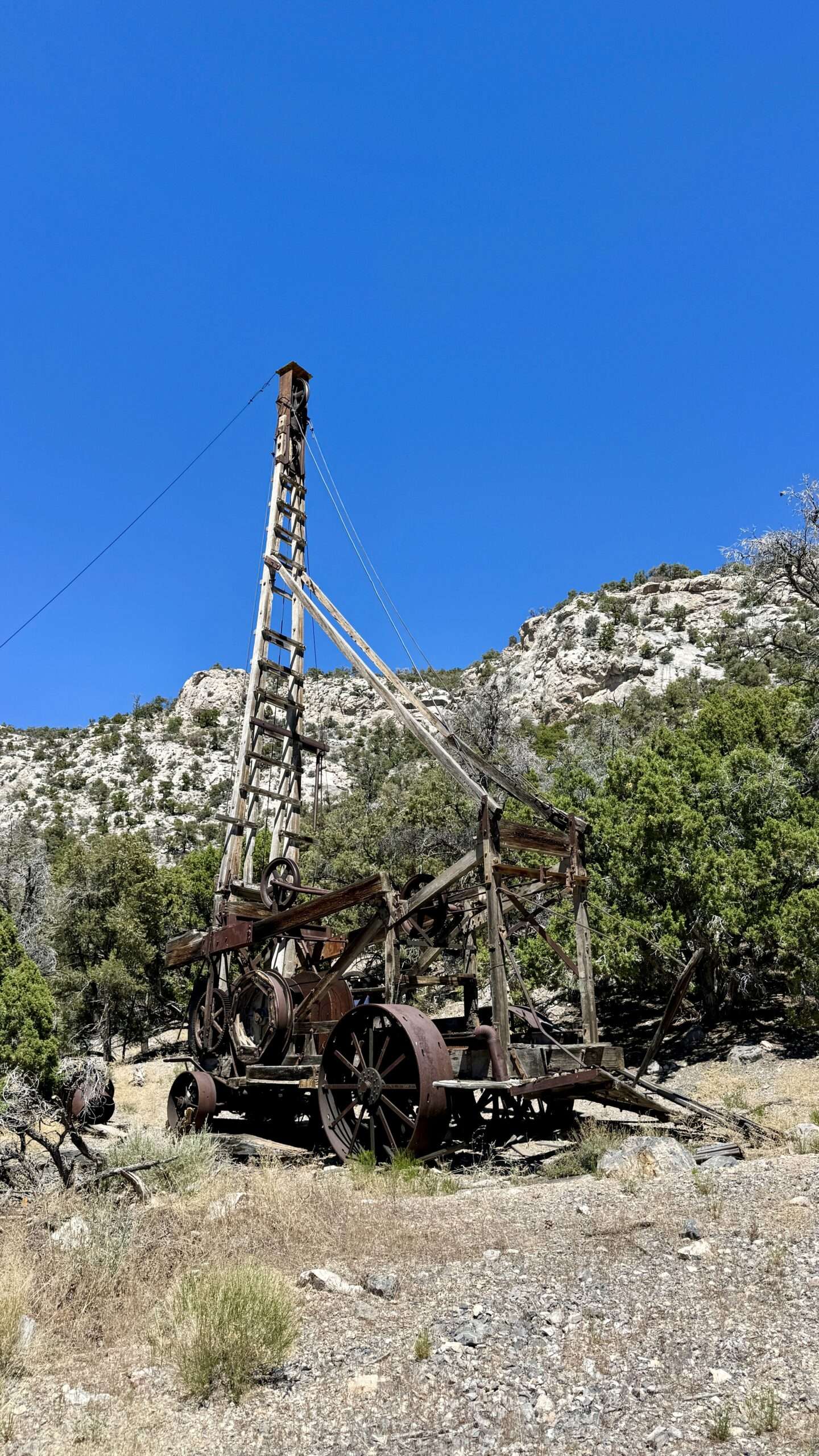
Native Americans showed prospectors a silver outcropping in 1869. They found little silver and abandoned the mine within a few years. Tungsten was discovered and mined during both World Wars.
A camp formed below the mill and eventually had offices, cabins, boarding houses, showers, a reading room, and mill buildings. Two diesel engine generators powered the buildings. Dinner was served family-style and was reportedly abundant and delicious. Lunches were less appetizing, with buttered bread with a piece of bologna, fruit and a dessert.
The last year of recorded production was 1948.


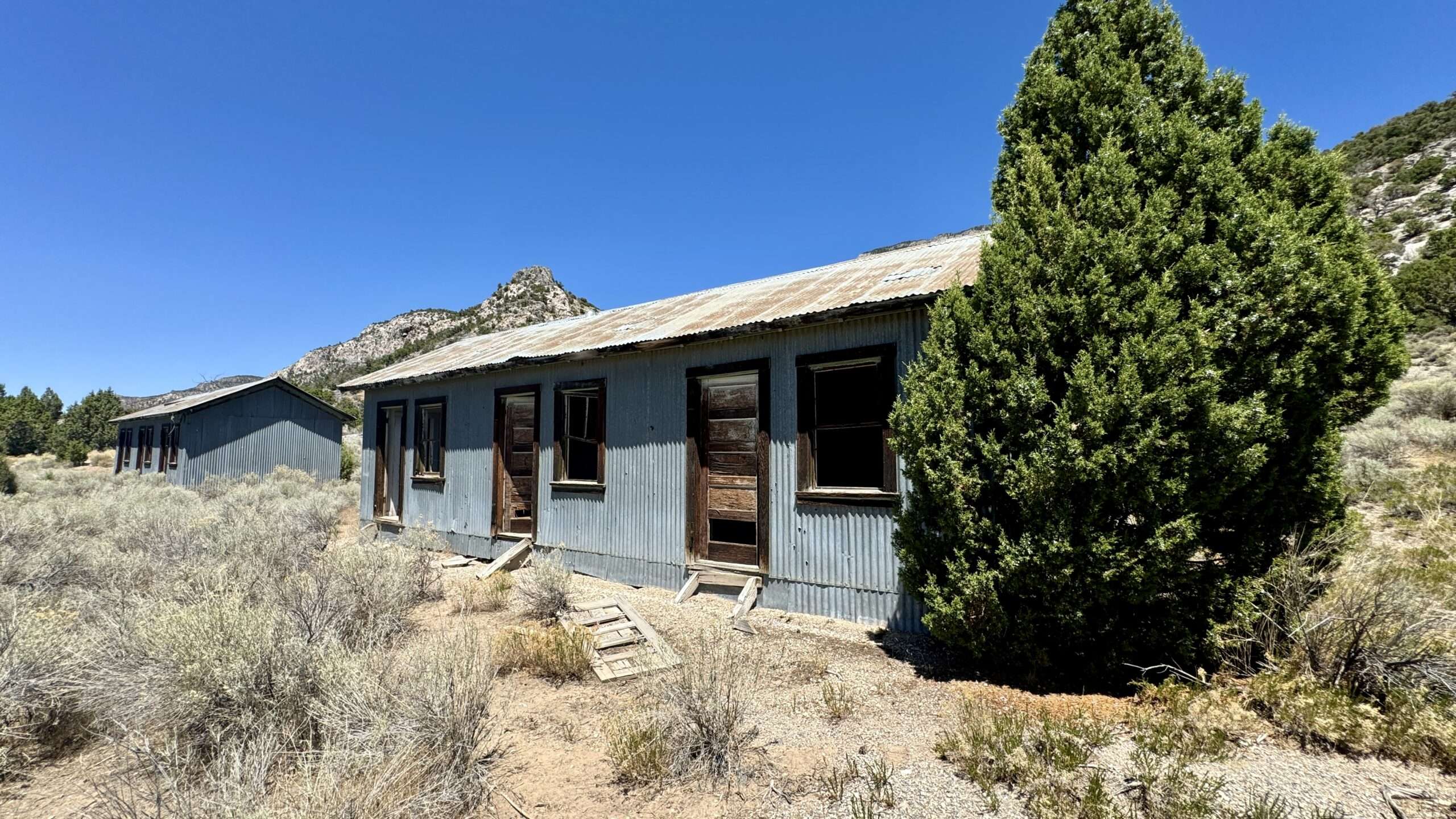
McGill
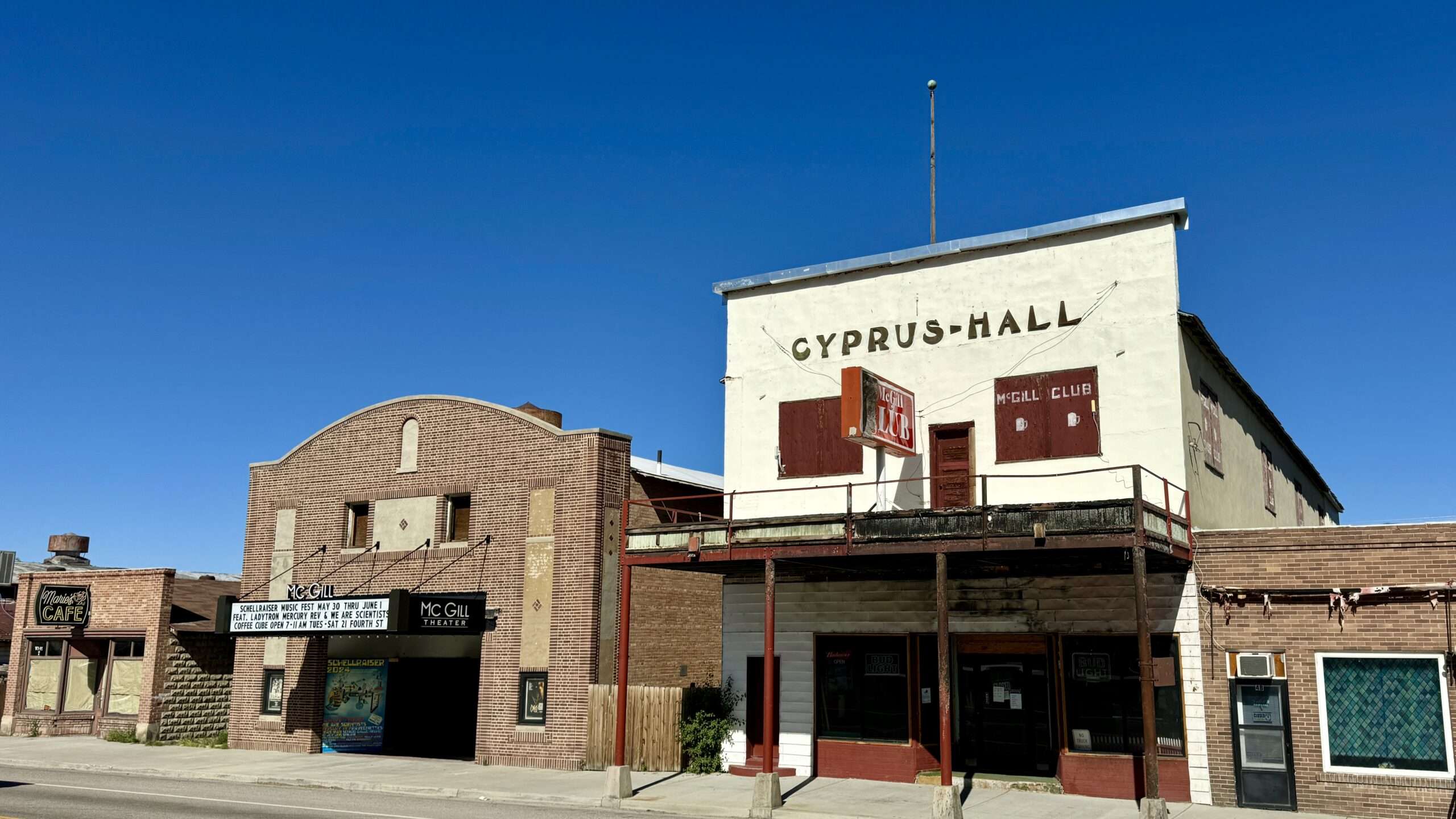
In 1872 John Cowger started a ranch in Steptoe Valley. William Neil McGill and partner Nevada governor Jewett Adams took over the ranch in 1886, growing it into one of the largest cattle ranches in Nevada. A post office opened in 1891.
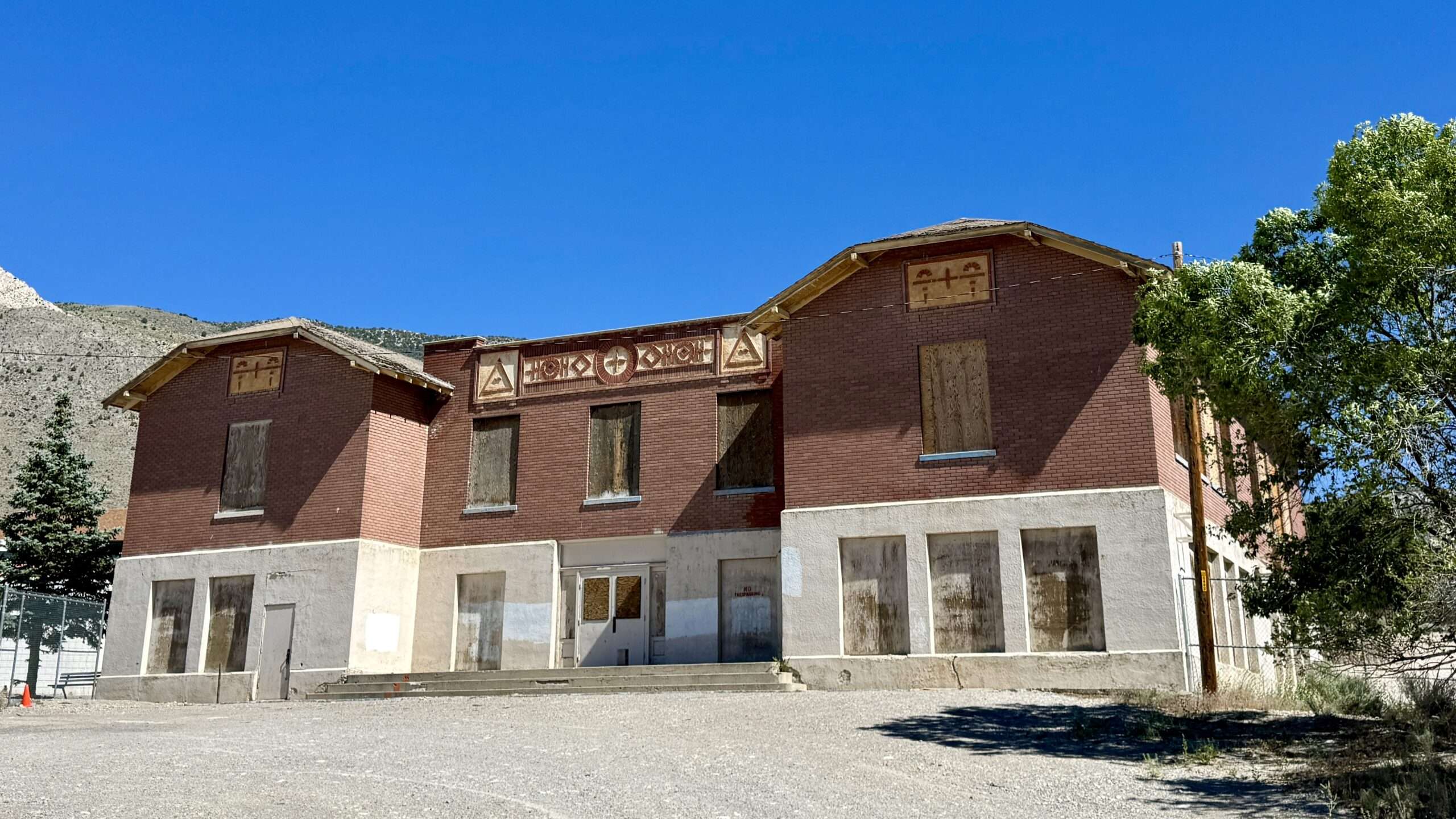
In 1906, the Steptoe Valley Mining and Smelter Company constructed a large smelter to process copper ore from Ely and Ruth. Initially a tent town, the company laid out a town and built substantial homes for offices, mine executives and skilled laborers. They built stores, boarding houses, a bank and a saloon. The company did not allow gambling or prostitution.
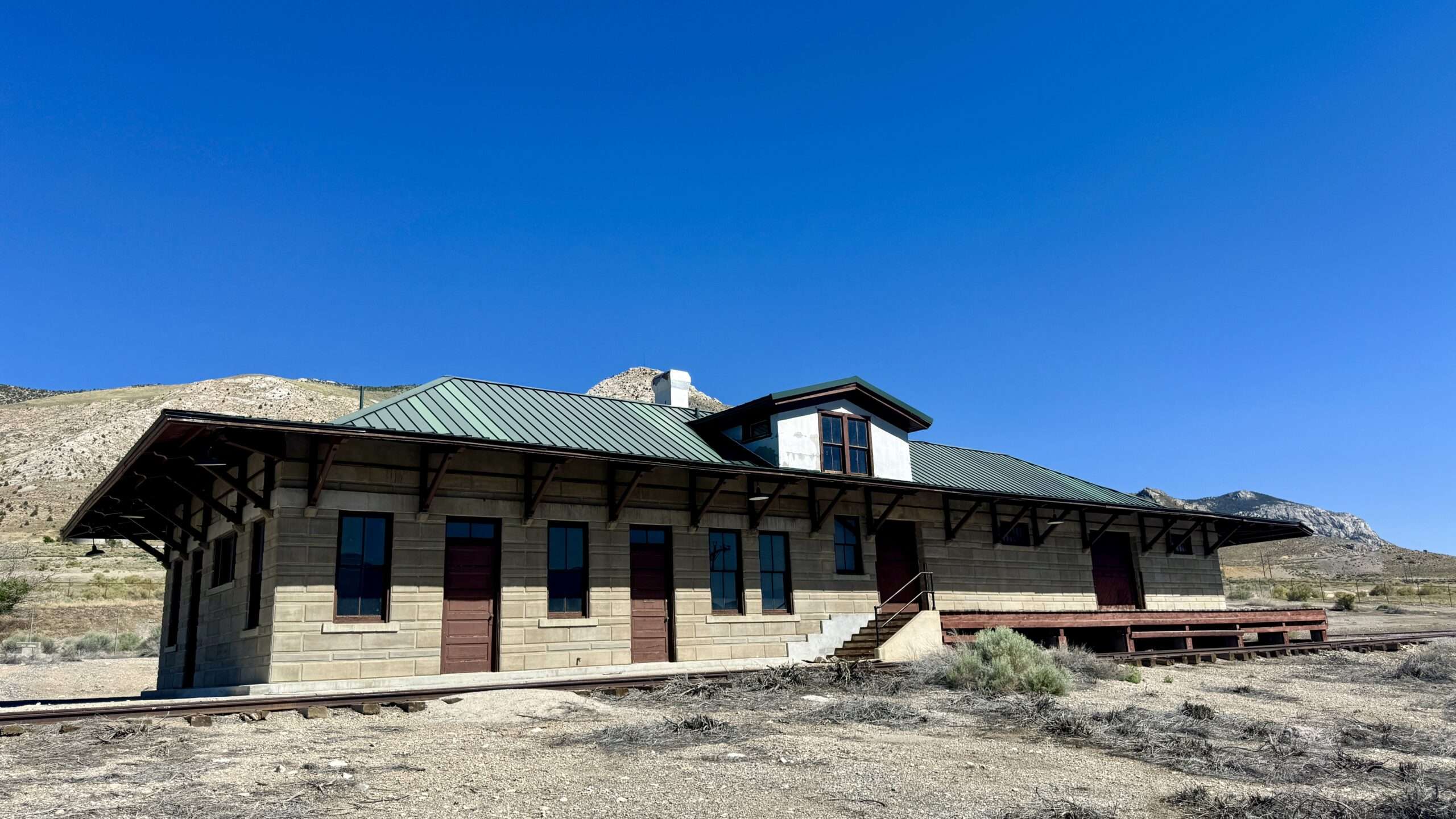
The smelter ramped up production with WWI. The Northern Nevada Railway reached McGill to ship ore between the mines and mill. For a time, the population of McGill exceeded the county seat of Ely.
McGill had its ups and downs in relation to mining, but it continued to operate until 1983. A decade later, the smelter was dismantled. Less than 1,000 call McGill home today. Many of the beautiful buildings survived and are now private residences.
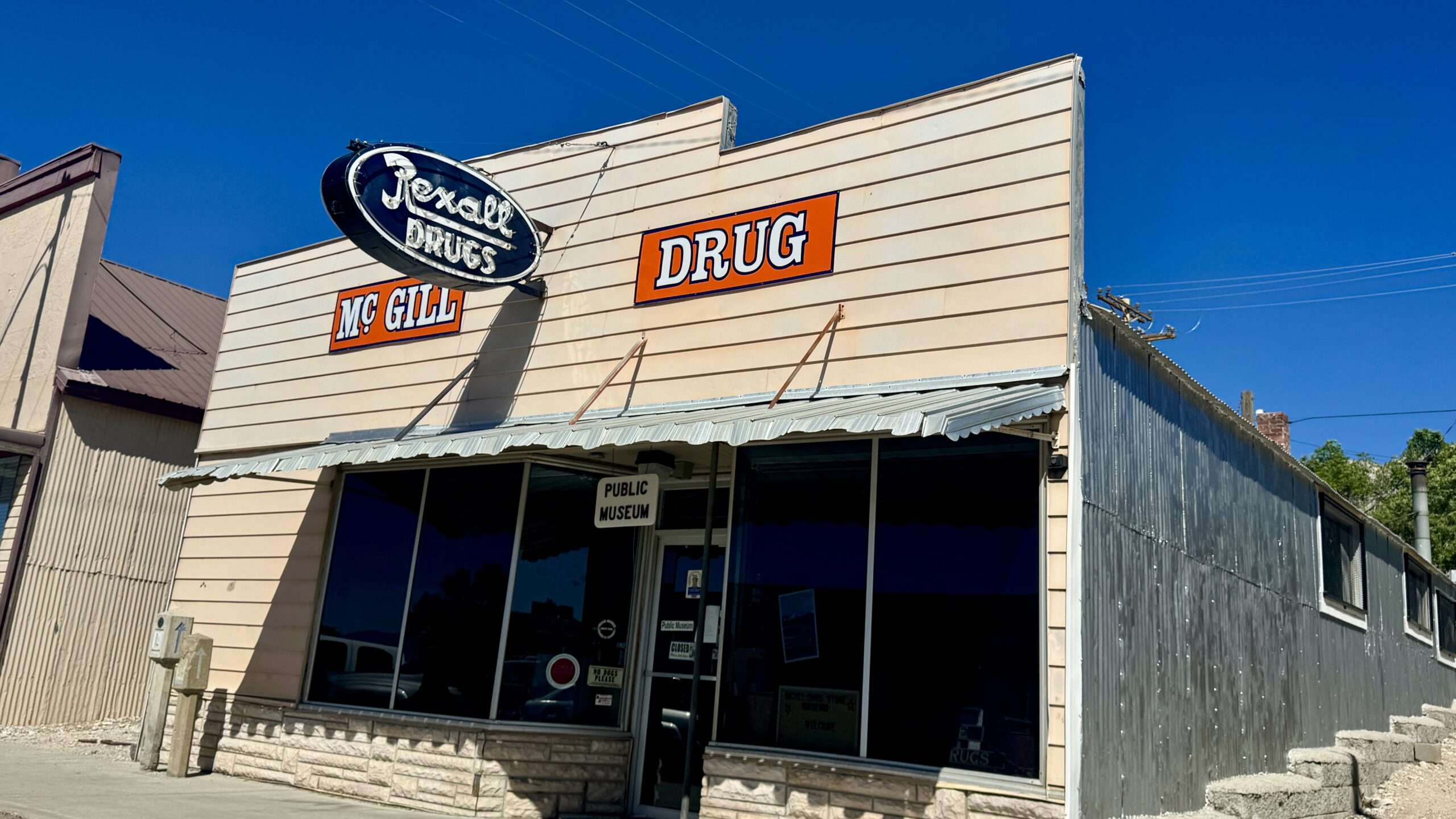
The McGill Drugstore Museum is the star of the downtown. The pharmacy closed in 1979 and is exactly as it was. Sadly it was closed during our visit.
Steptoe City & Ragdump

Three “sin towns” developed on the outskirts of McGill: Smelterville, Ragdump and Steptoe City. These settlements provided miners with what McGill didn’t: gambling, women and booze.
In the 1890s, Steptoe City grew and had a post office, Union Hall, a school, and a red-light district. In 1926, a fire destroyed much of the town. A handful of residents lived in Steptoe City until 1940.
Ragdump and Smelterville were shut down in 1914 following public disapproval of the town’s activities. Ragdump is now an auto-wrecking business and tailings cover Smelterville.

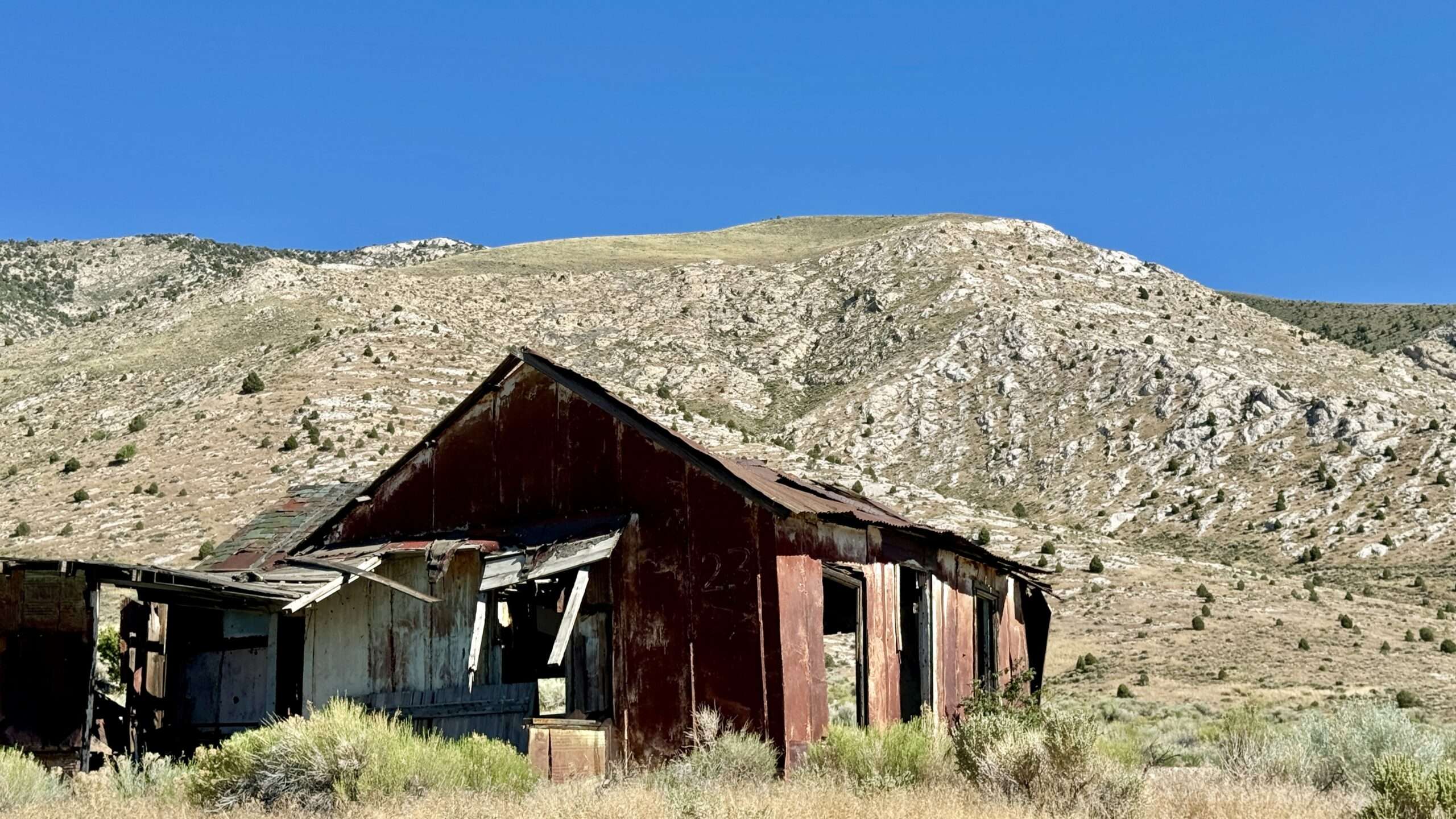
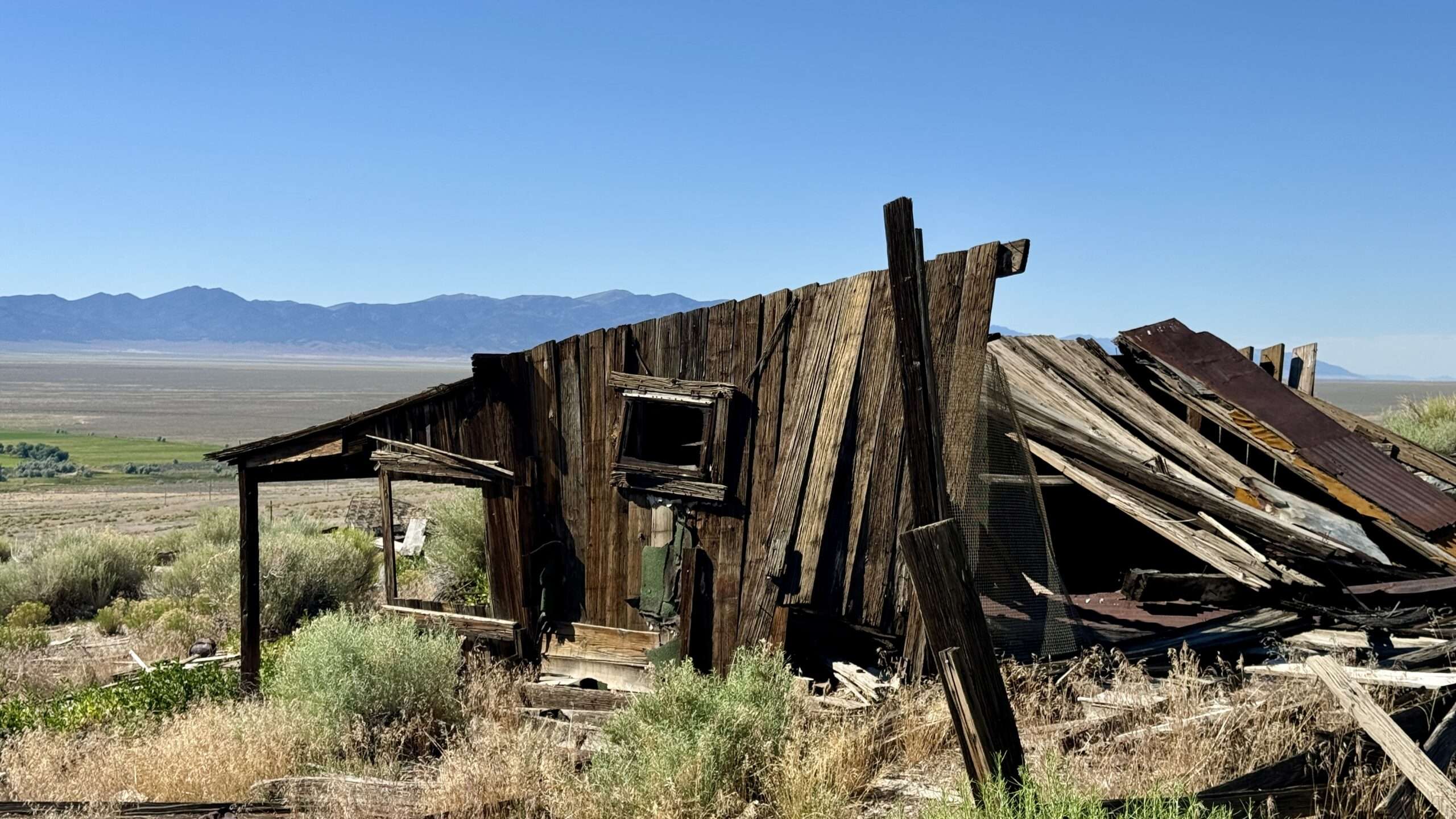
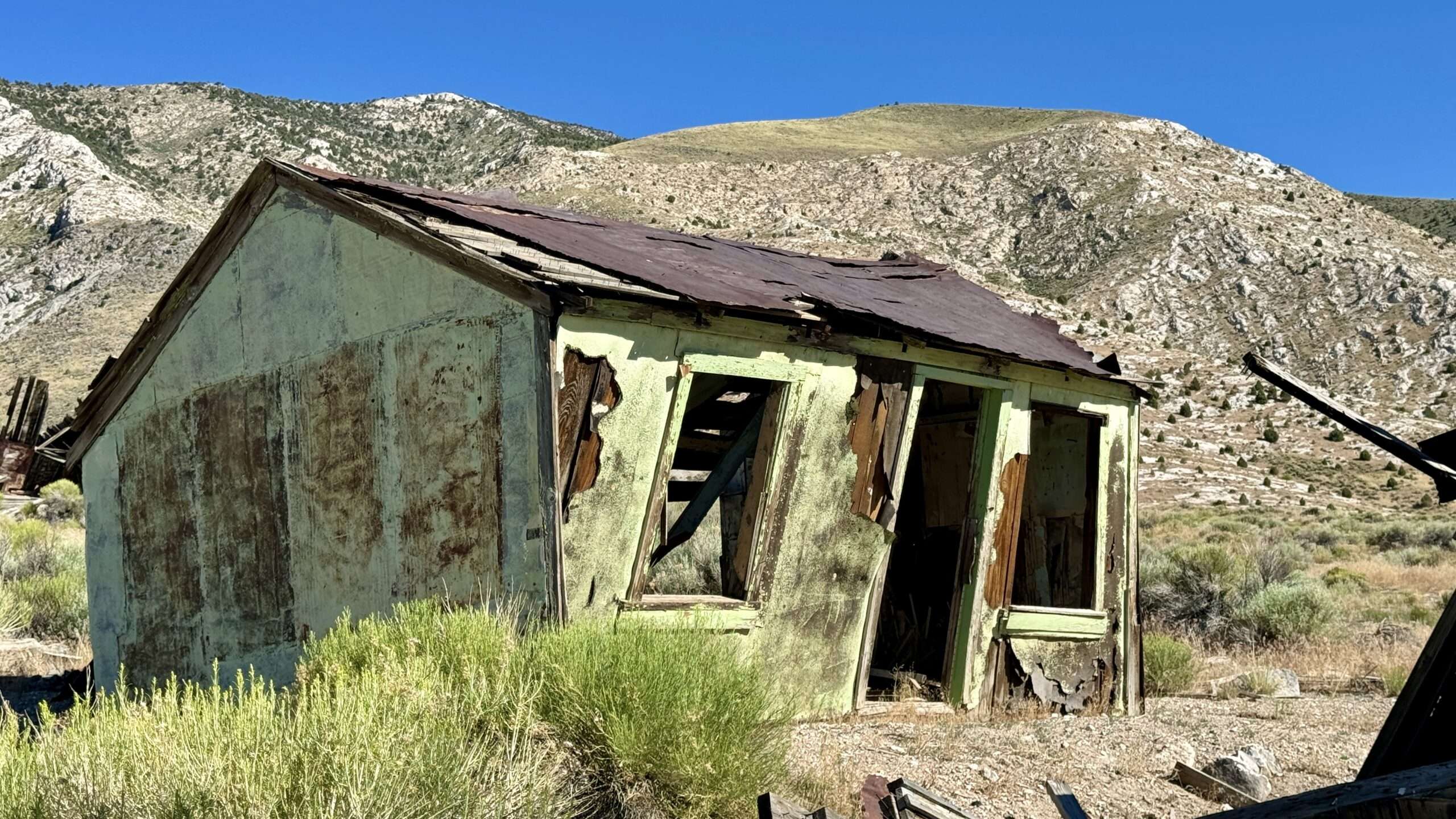
Moonshine Stills
Austin discovered that during prohibition, the area where we were camping had moonshine stills. Not having any moonshine, I found a Black Manhatten mix at Great Basin National Park. That night I made steak bites with peppers and potatoes.
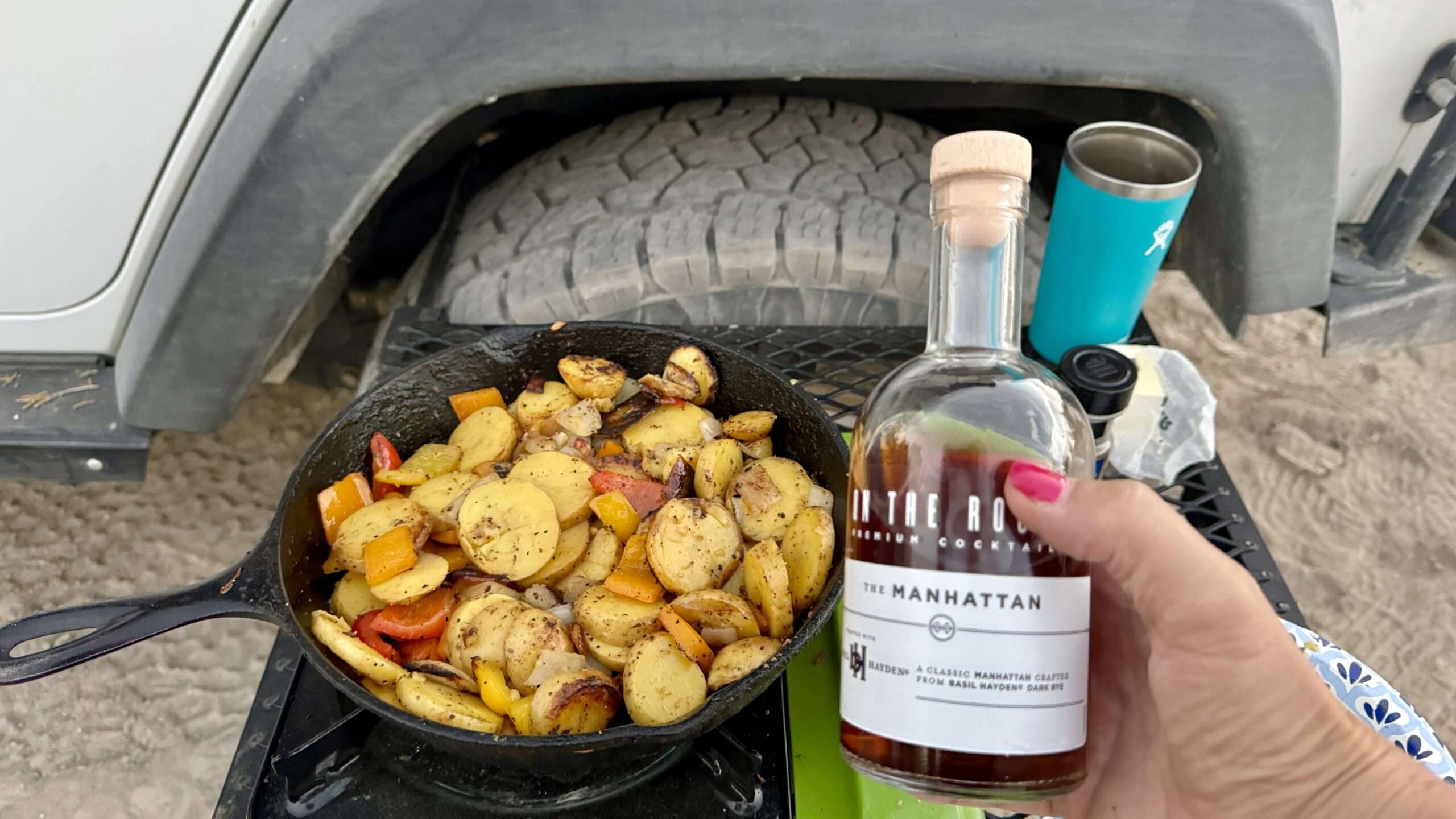
We made S’mores, which I usually love, but I would have rather had banana boats again.
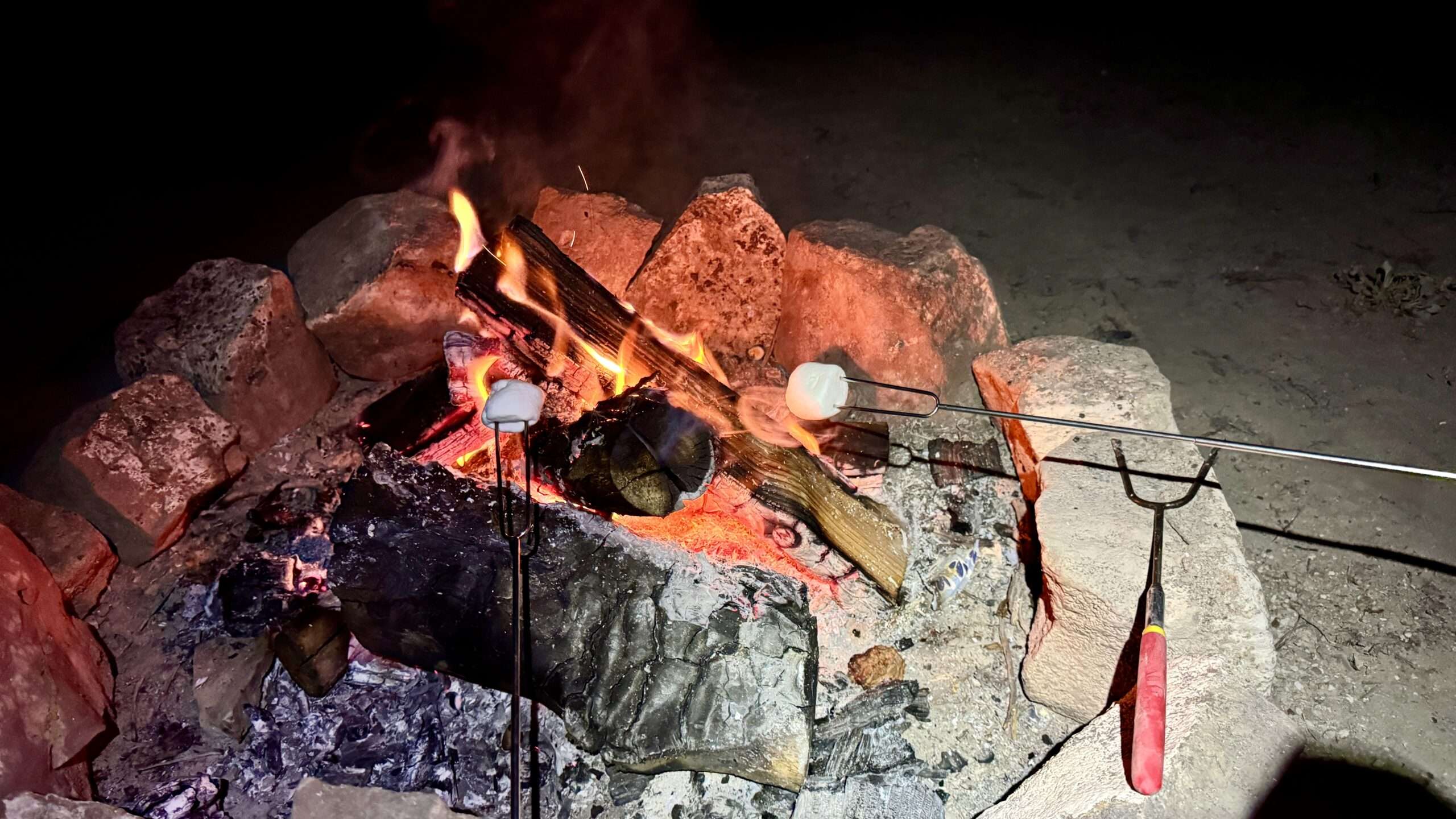
Headed home
On the way home we detoured to visit a ghost town and CCC Camp.
Bothwick
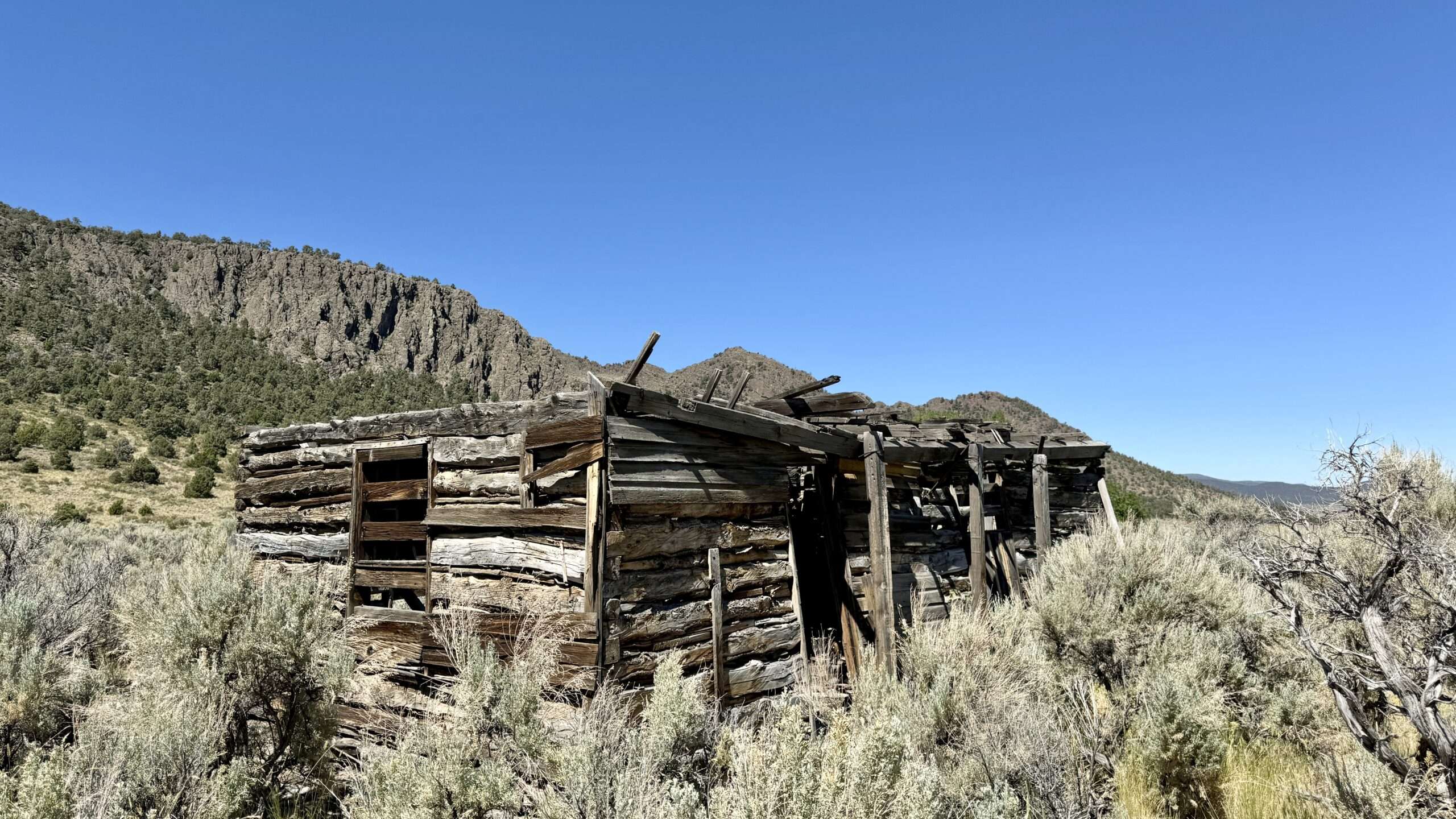
Bothwick started as a stop on the stage line between Lane City and Hunter. William Both built a told road and station and reportedly benefitted financially from his investment. It was all not naught, Native American warriors killed Both.
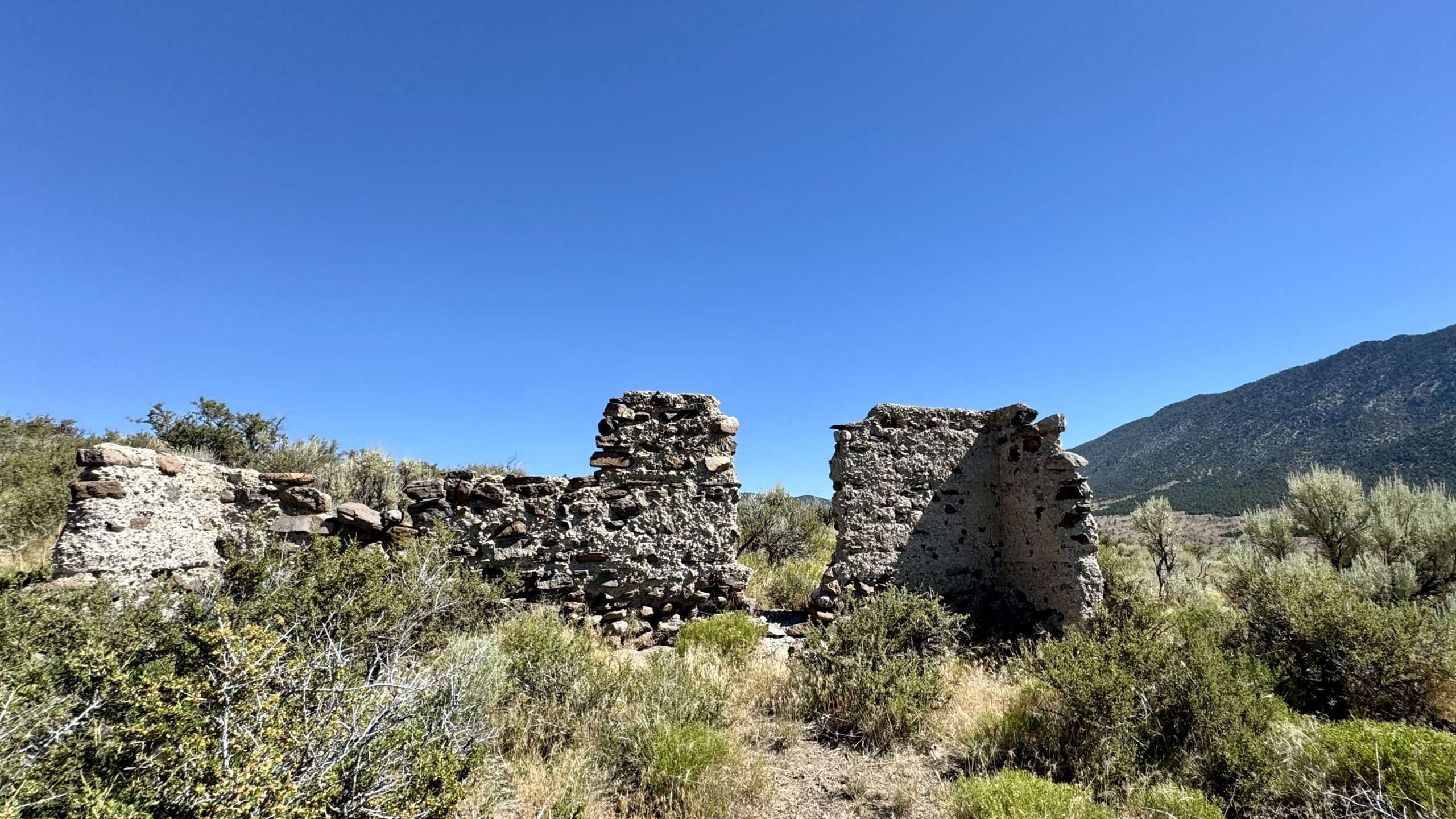
Once the area was more peaceful, settlers moved to Bothwick. The town had several homes and a school and lasted into the mid-1900s.
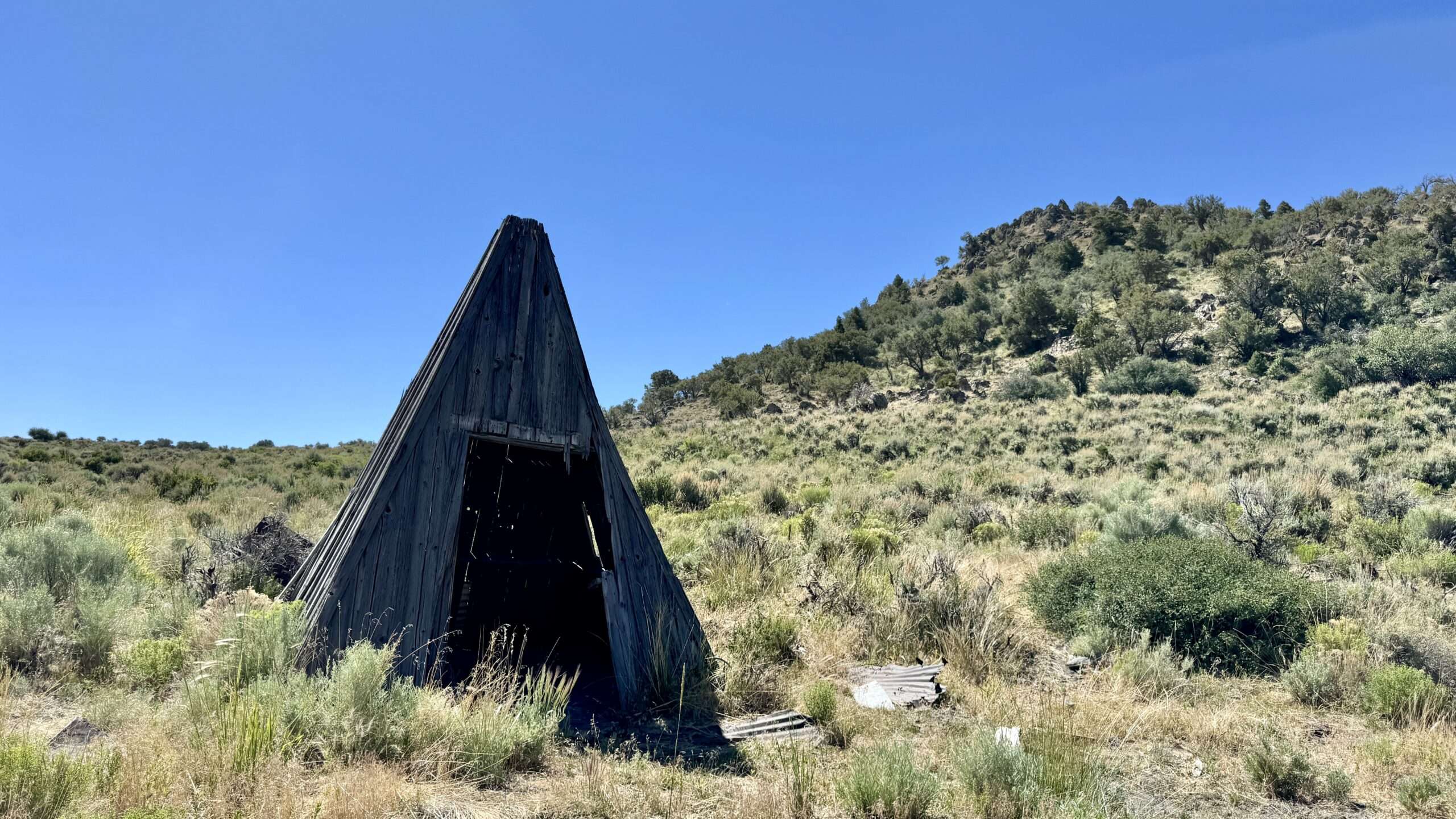
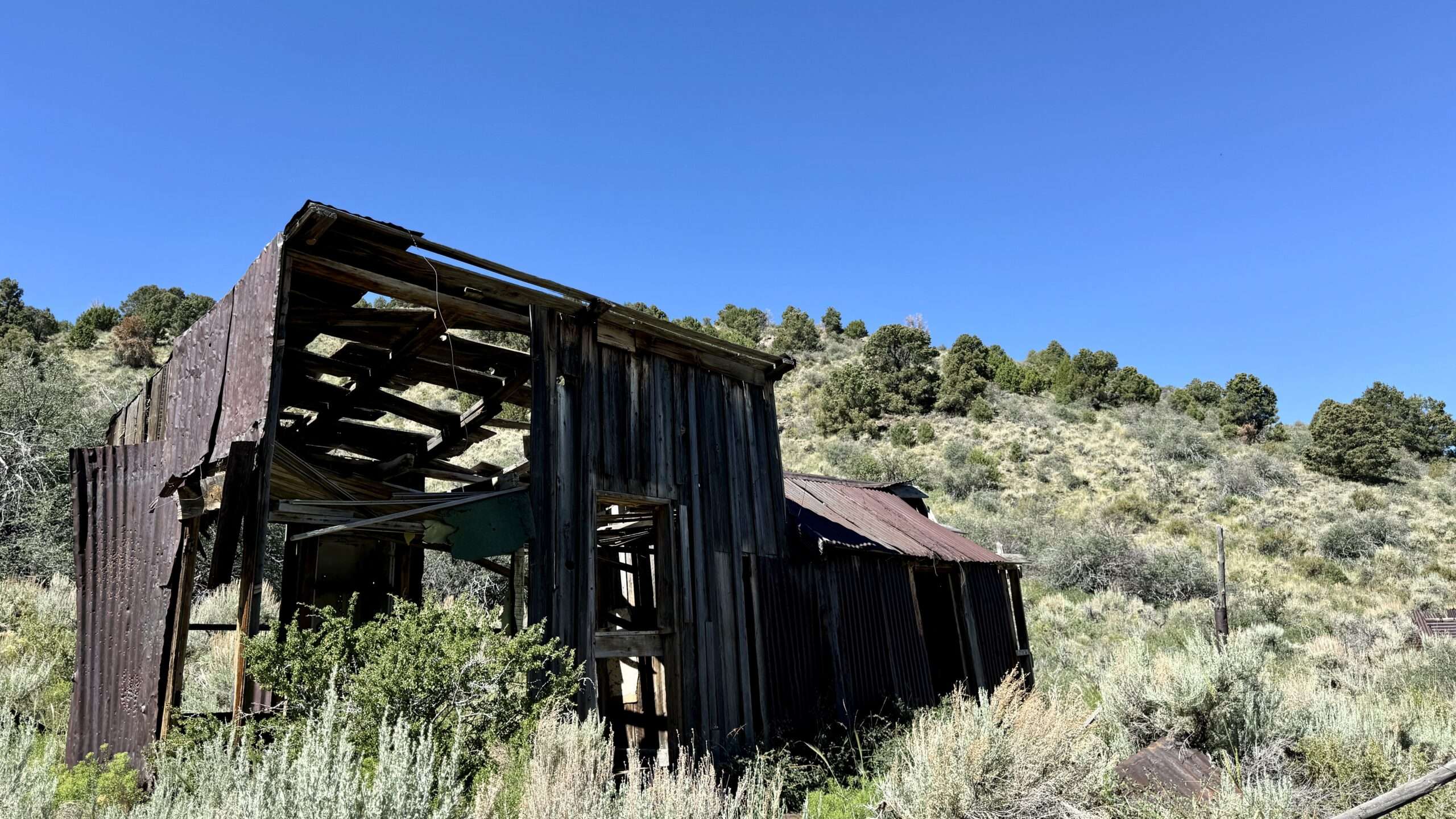
Indian Springs CCC Camp
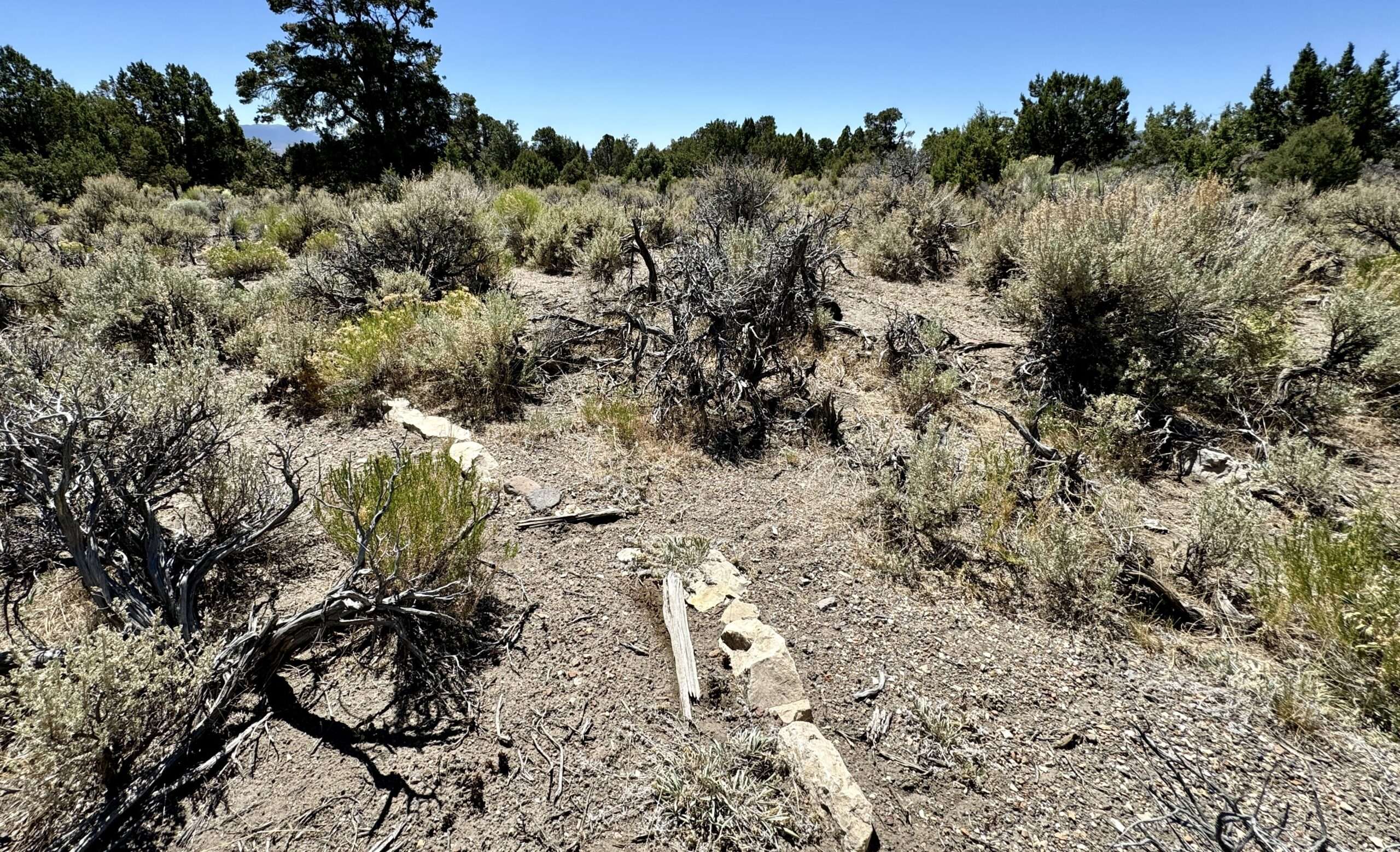
The Civilian Conservation Corps (CCC) was a voluntary work relief program from 1933 to 1942 to address unemployment during the Great Depression. Unemployed and unmarried men ages 18–28 could participate. The program focused on manual labor jobs relating to conservation and development of state and federal lands. Men were paid $30 a month along with food, shelter and clothing. They were required to send home $25 per month of their pay.
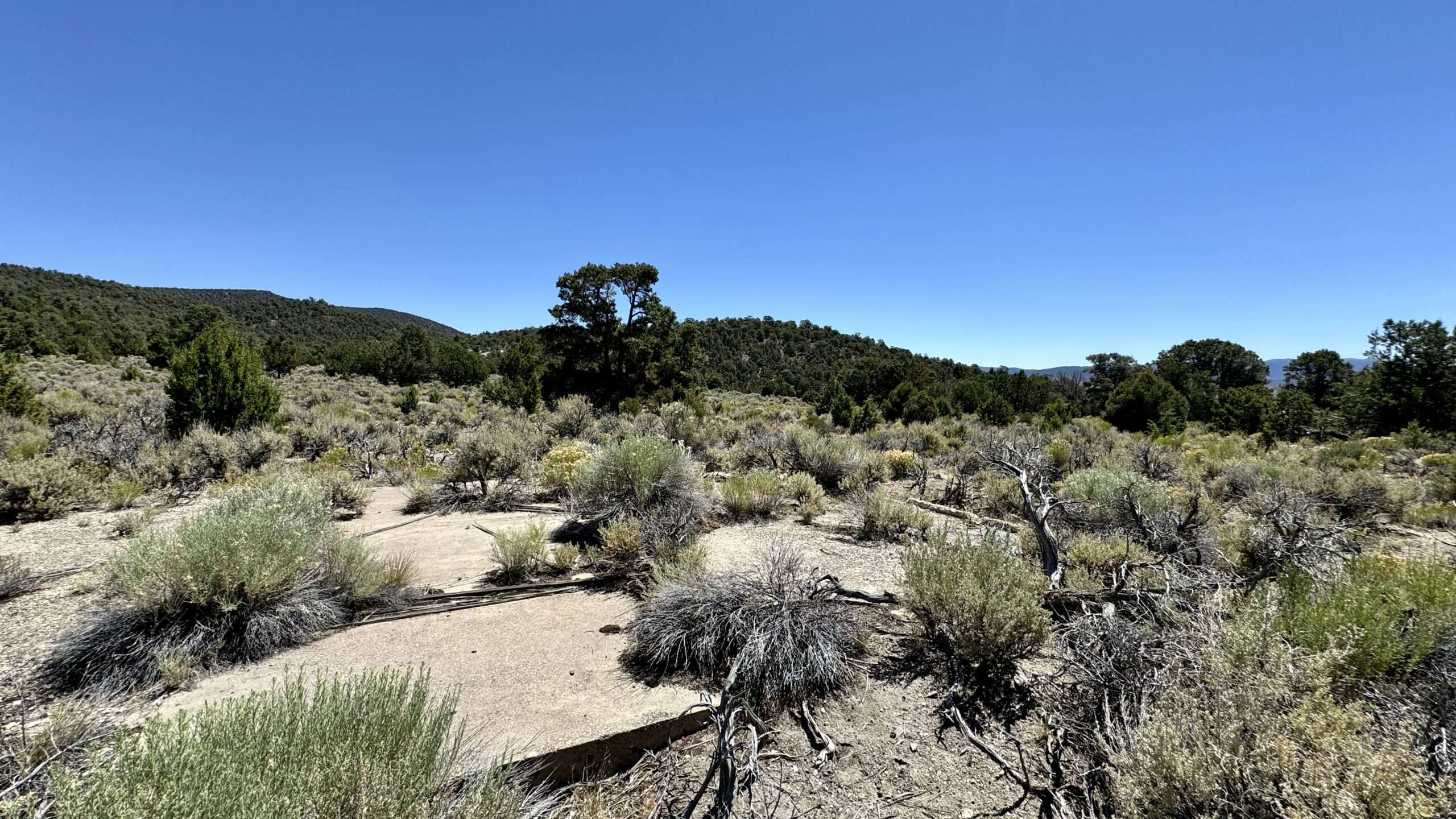
The Division of Grazing operated many of Nevada’s CCC programs. They laid 260 miles of fence, and 800 dams, developed springs, and fought noxious weeds, crickets and wildfires.
WANT MORE GHOST TOWNS?
For information on more than five hundred ghost towns in Nevada & California, visit the Nevada Ghost Towns Map or a list of Nevada ghost towns.
Learn about how to visit ghost towns safely.

References
References
- Hall, Shawn. Romancing Nevada’s Past: Ghost Towns And Historic Sites Of Eureka, Lander, And White Pine Counties. 1993
- Paher, Stanley. Nevada Ghost Towns and Mining Camps. Nevada Publications, 1970.
Steve Whitehorn says
Thanks Tami for sharing your adventure with us! Pictures on the ground and from the air are amazing as always. We were heading out in our Rubicon tomorrow towards Jarbidge but had to cancel for family reasons. Hope to get out the the sagebrush before the snow flies.
Cheers
Tami says
Thanks, I’m trying to get more pictures from the sky. I can’t use them in a book for forget to pull out the drone. It proves an amazing perspective through.
I’m sorry you had to cancel your trip, I hope to visit Elko again later this year. I haven’t been to Jarbridge in 15 plus years. We talked about it for the 4th but were concerned with the fires.
I hope all is well with you and yours.
David Sadewasser says
What a great way to spend the 4th! And top notch research and photography as always, Tami. The area around Ely is truly a treasure trove of western history.
Keep up the great work!
Tami says
We had an amazing trip, scorpions aside;)
After the book is done I will start more deep research in White Pine and Lincoln Counties. I already have a few murders to investigate!
Jim Wetzel says
Thanks Tami,
Quite a weekend. I really enjoyed the historical info as so much our early western history has not been captured, good work.
Tami says
Thanks, I’m working on documenting the unknown stories. I will focus more on Eastern Nevada and some in Clark County.
Chuck Young says
Alright, you gotta tell us more about the “Banana Boat”… I have to admit, either you didn’t do it justice in your photo… OR…
Tami says
Haha, the photos don’t do it justice. You slice open a banana peel and fruit, top with chocolate chips, then mini marshmallows. Wrap in foil and put in the coals. Kind of like a warm banana float.